Adina Pintilie: Wie lässt sich Intimität erforschen?
“Loving another human being without losing ourselves, central dilemma of intimacy, is at the core of my search.” (Adina Pintilie)
Künstlerische Forschung als Methode für künstlerisches Schaffen lenkt das Denken und Handeln von Adina Pintilie und prägt ihre Arbeiten. Diesem Denken zu folgen und den Dialog aufzunehmen, ein Produzieren von Prozessen zu wagen, kann ein Risiko darstellen, uns zu verändern. Solch ein Wagnis können die Studierenden nun eingehen und in ihre eigene Praxis einfließen lassen.
In dem Film Touch Me Not aus dem Jahr 2018 zeigt sich Pintilies jahrelange Forschung zum Thema Intimität und Körperlichkeit. Der Weg und der Prozess zu diesem Film sind gleichbedeutender Teil und haben sich in die Umsetzung eingeschrieben. Eine über zwei Jahre ausgewählte Gruppe von Protagonist*innen sucht gemeinsam nach ihrer Intimität und geht über diesen Prozess Identitätsfragen nach. Das Setting im Film ist experimentell steril – es wirkt als Kontrapunkt zur emotionalen Suche und intimen Begegnungen. Die Suche wird stark von Christian (Christian Bayerlein), einem Darsteller mit spinaler Muskelatrophie, beeinflusst. Seine Sicht auf Körper und was sie können, empfinden und wollen, wird durch seine eigene körperliche Präsenz im Film vermittelt. Ein Recht auf Intimität und Sexualität wird nicht nur jede*r zugeschrieben, sondern auch eindringlich in den sexuellen und intimen Bildern deutlich. Sein sexueller, begehrender Körper öffnet den Blick für außerhalb der Norm stehende, begehrenswerte Körper und deren sexuelle Erfahrungen und Praktiken. Zusammen mit anderen Protagonist*innen werden die Zuschauer*innen auf einem Weg entlang von Verklemmung, Barrieren und unerfüllten Wünschen mit Menschen vertraut und intim, die sich dieser Suche verschrieben haben. Der Film wird vor allem von verschiedenen Menschenrechtsaktivist*innen – sei es Transgender-, Sexarbeiter*innen- oder Behindertenrechte-Aktivist*innen – getragen, die uns ihre Perspektive zeigen und Einblick in ihre Erfahrungen mit Intimität gewähren. Das Erforschen der eigenen Intimität über ihre Beteiligung am Forschungsprozess mit den Protagonist*innen ist Teil von Adina Pintilies Anliegen. So schafft sie es auch, den Darsteller*innen einen geschützten Raum zu gewähren, innerhalb dessen sie sich öffnen können. Nur durch den Dialog, den Austausch aller Beteiligten, lässt sich das hierfür notwendige Vertrauen finden. Die entstandenen Bilder sind einfühlsam und nah, sie lassen keine objektivierende Distanzierung zu, ohne dass der*die Zuschauer*in sich selbst aus dem Prozess ausschließt und der Erfahrung entsagt.
Adina Pintilie hat im Prozess des Filmens und allem, was dazugehörte, eine starke Sensibilität für die Dynamiken innerhalb ihrer Gruppe, aber auch in Bezug auf die rezipierende Zuschauer*innenschaft entwickelt. Sie beschreibt in Interviews immer wieder den Dialog, den der Film und die Protagonist*innen mit den Rezipient*innen eingehen (wollen). Dies gelingt in stets individuell geprägter Weise sehr oft, auch wenn die Re-Aktion der Zuschauer*innen sehr unterschiedlich ausfällt: von lautem Missfallen und Verlassen von Kinos bis hin zu einer starken Faszination, die auch über das Screening des Films hinaus anhält und damit einen erneuten Dialog anstoßen kann. „Hate it or love it“ scheint die Reaktion auf den Film zu sein. Zumindest die offengelegte. Denn sicherlich existieren viele Schattierungen in der Sicht auf den Film und die Darsteller*innen. Weil es sich weder um einen Spiel-, noch um einen Dokumentarfilm handelt, sind die Fragen und Gefühle, die der Film auslöst, auf sehr unterschiedlichen Ebenen angelegt: Die Zuschauer*in spalten ihre Wahrnehmung und Neugierde in verschiedene Richtungen auf. Ein wichtiger Aspekt ist dabei zum Beispiel die technische Finesse, mit der der Film gedreht wurde, bei der die Kamera – und Adina Pintilie selbst – über einen Teleprompter zum Teil der Szenen werden. Wie viel sehen wir hier wirklich von der Filmemacherin? Spielt sie ihrerseits eine Rolle oder ist sie Teil des Prozesses, den alle zu durchlaufen scheinen? Hier gibt Pintilie eine klare Antwort, sie ist Teil und auch Trigger für diese emotionale Suche gewesen, auf die sie sich alle gemeinsam eingelassen haben. „It started from the premise – which I’m also mentioning at one point in the film – that when I was 20 I thought I knew everything about intimacy, how relationships work, about eroticism, beauty, body; Today, after years of trials and tribulations, all those ideas, which used to be so clear back then, seem to have lost their definition and grown more complex and unsettlingly contradictory. Our ongoing artistic research was triggered by this self-reflective process. It started with this intention to un-learn everything I’ve been taught about intimacy, – by family, society, education – and to rediscover, with open eyes, how people really relate to each other, how they really live this often so difficult and full of contradictions experience of intimacy.” Eben diese Un-Klarheit, die ihre Suche hinterlässt, eine große Offenheit gegenüber dem Nichtgewussten und Nichtgekannten, treibt die Zuschauer*innen um und lässt sie nicht los. Der Film wirft Fragen über die eigene Wahrnehmung von Intimität auf, von anderen Menschen, von Verboten, die wir uns selber auferlegen, und den Möglichkeiten, die darüber hinausweisen. Dieses Sich-verletzbar-Machen, ein Verlernen von Gewissheiten, nimmt Adina Pintilie als Prämisse mit in ihren künstlerischen Suchprozess mit der Kamera. Sie folgt bestimmten Linien, ohne Angst, vermeintliche Grenzen zu überschreiten. So kommt es auch, dass sie einer Einordnung des Films Touch Me Not in Schubladen wie dokumentarisch oder fiktiv widersteht. Die Arbeit sprengte die Grenzen von Film und Kino, uferte in künstlerische Wahrnehmungsfelder aus. So ist nun als nächster Schritt auf der Suche nach Intimität und Repräsentation die Video-, VR- und Multimedia-Installation You Are Another Me – A Cathedral of the Body entstanden. Derzeit im rumänischen Pavillon auf der 59. Venedig-Biennale zu sehen, zeigt Adina Pintilie hier Filmszenen auf Screens in einem dunklen Raum, der als Installation begehbar ist. Die Inszenierung ihrer künstlerischen Forschung in einem anderen Kontext und in neuer Form macht die immersive Erfahrung der Bilder noch eindringlicher. Der gewünschte Dialog zwischen Publikum und Protagonist*innen wird individualisierter und gleichzeitig gemeinschaftlicher. Dass das Publikum aufgrund der vereinzelten Position als Schauende, als diejenigen, die den Blick haben, den „gaze“ lenkt und sich im Raum dazu bewegt, sich abgrenzen kann. Das Gemeinschaftliche drängt sich aber ebenso auf, ist jede*r doch in einem kunsterschaffenen Raum gemeinsam mit anderen Individuen und muss sich zu ihnen positionieren. Eine Nachempfindung von Intimität vielleicht? Ein gemeinsames individuelles Erlebnis, welches intim wird, auch, weil wir es teilen? Der Titel beschreibt dieses gemeinsam Geteilte – You Are Another Me – A Cathedral of the Body – welches mich an einen Text von Karen Barad denken lässt: „Diffracting Diffraction: Cutting Together-Appart“[1]. Ist hier nicht ein ähnliches Anliegen offenbar, das dem Nichtklaren, dem Uneindeutigen, dem Gemeinsamen in der Spaltung Raum geben möchte? Einer Erfahrung, die es zulässt, eine Vereinzelung zu spüren in tiefer Verbundenheit? Einsam zu sein, in der Umarmung einer nahen Person? Die Arbeiten und der Forschungsprozess von Adina Pintilie lassen diese Gegensätze nicht nur zu, sie spüren diesen nach und erzeugen Bilder für sie. Ein Begehren nach einer offenen Welt wird in den Szenen sichtbar, die schmerzlich die eigene Existenz angehen. In der Offenheit liegt eine Verheißung, die Kontrolle über diese Offenheit jedoch können wir nicht erlangen. Es geht um ein Einlassen, ein Hineinstürzen, ein Umreißen, die Kontrolle hinter sich lassen.
In You Are Another Me – A Cathedral of the Body wird die Besucher*in durch einen geteilten Raum geleitet. Sie kommt vom Dunklen ins Helle, vom Filmscreening ins Filmset. Die Neugierde auf den technischen Aufbau wird gestillt, Teile des Filmsets sind hier im Raum. Der Apparatus der Kamera wird als Videoskulptur nachgebaut offengelegt, die Konstruktion des Teleprompters, der die Anwesenheit Pintilies hinter und vor der Kamera ermöglicht, vorgeführt. Der Kamera wird über eine schräggestellte matte Scheibe Pintilies Gesicht in die Linse projiziert. So wird das hinter und vor der Kamera durchbrochen, die Gefilmten nehmen ihr Gegenüber, ihre Ansprechpartnerin wahr, als Double fungiert sie auch für die Betrachter*innen, die über sie so direkt in den Dialog einsteigen. Diese Sichtbarmachung des Apparatus hat eine demokratisierende und inkludierende Wirkung. Keine Verschleierung der Technik drängt sich zwischen Filmbild und Besucher*in. Die Offenlegung und Begehung der Sets verleibt sich die Besucher*innen einmal mehr ein und macht sie zum Teil des Geschehens.
Dieser Text erschien zuerst im Lerchenfeld Nr. 63.
ANna Tautfest arbeitet als Künstlerin und Autorin in Hamburg und Berlin. Sie bewegt sich an der Schnittstelle zwischen bildender Kunst und Textproduktion und gibt diesen Hybridformaten im Kunstkontext und in Büchern Raum. Texte und theoretische Auseinandersetzungen prägen sich in Tautfests künstlerische Arbeit ein, die Kunst drückt sich in ihren Texte ab. Diese Denk-Wirk-Kombination gibt sie auch in künstlerisch-wissenschaftlicher Lehre an Studierende weiter. In diesem Kontext erschien 2021 auch die Publikation →Kanon. Tautfest promovierte an der HFBK Hamburg zum Thema der zeitlichen Nicht-Linearität und dem Einfluss spekulativer Narrationen auf die Wahrnehmung von Geschichte.
Fußnote:
[1] Karen Barad: „Diffracting Diffraction: Cutting Together-Appart“, in: Parallax, 2014, Volume 20 (3), S. 168–187.
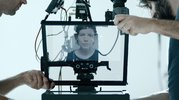
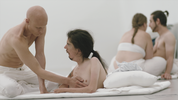
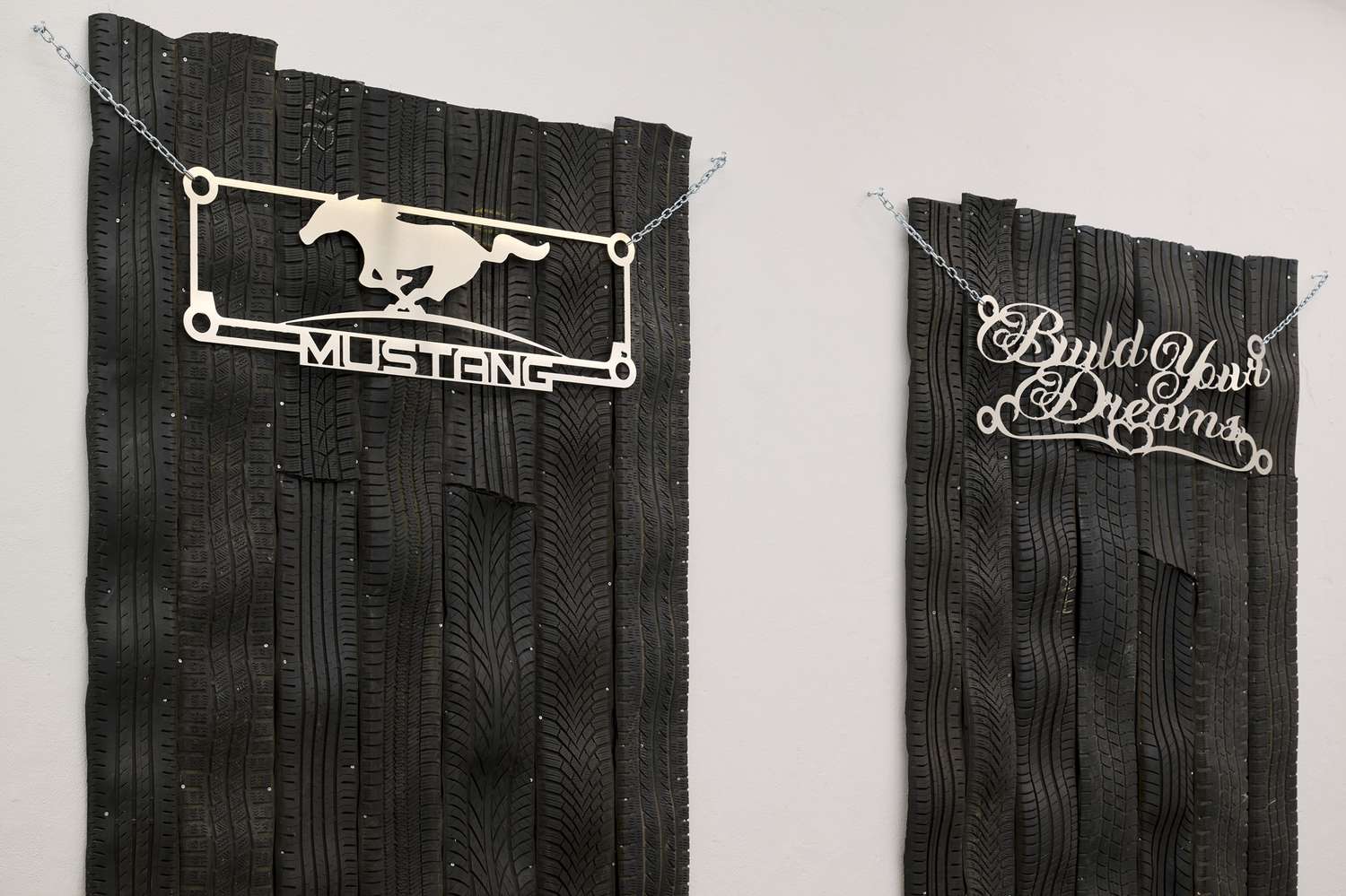
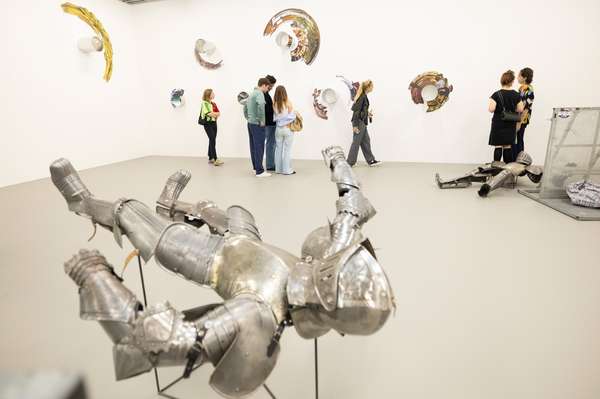

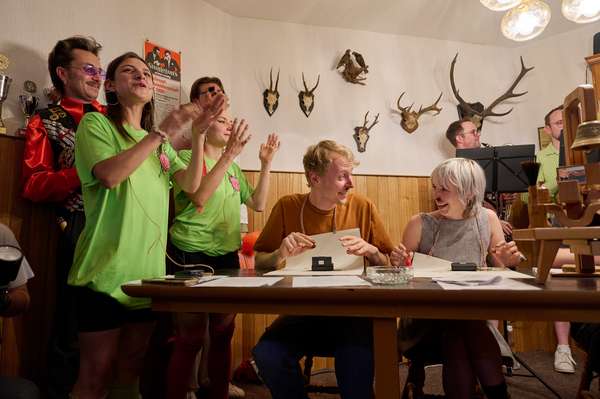
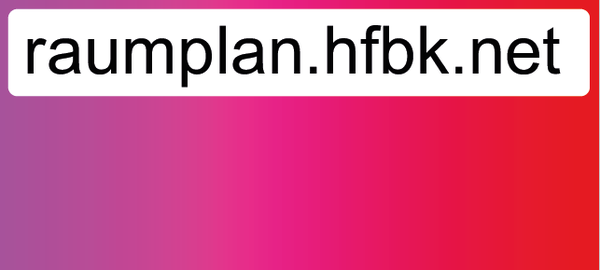
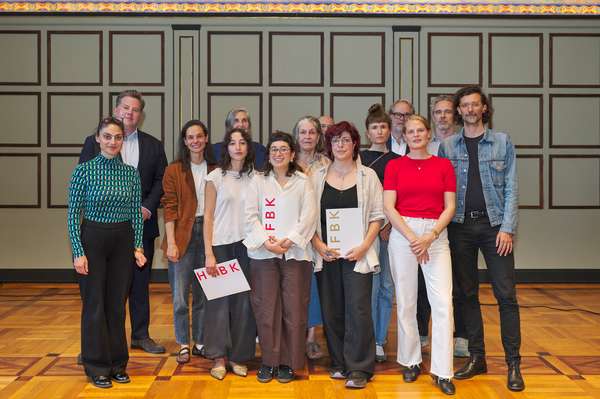
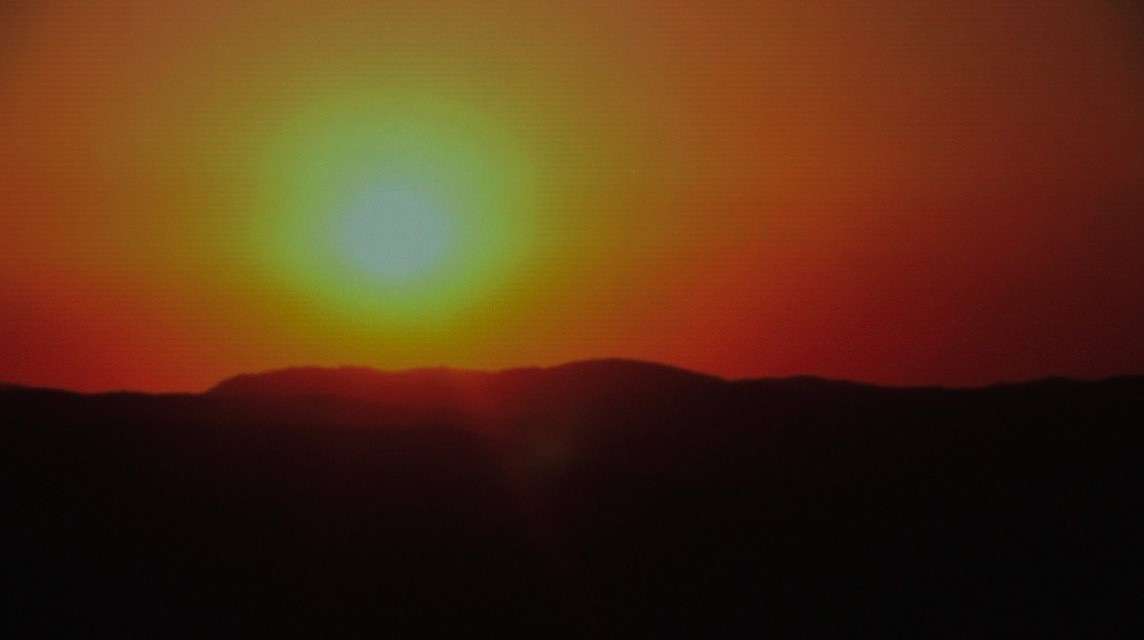
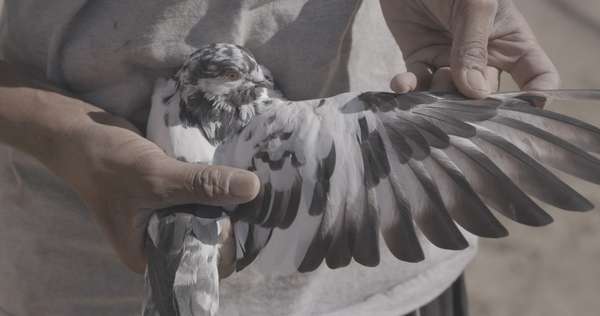
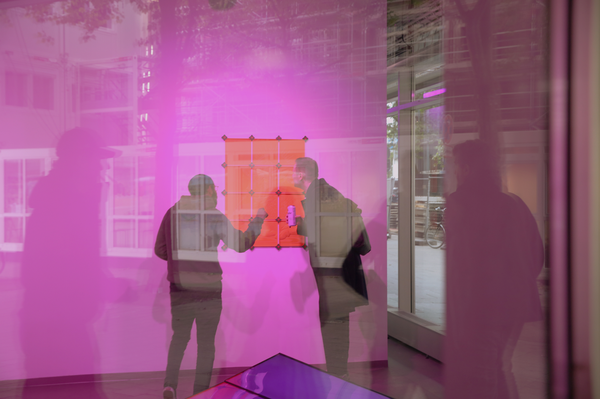
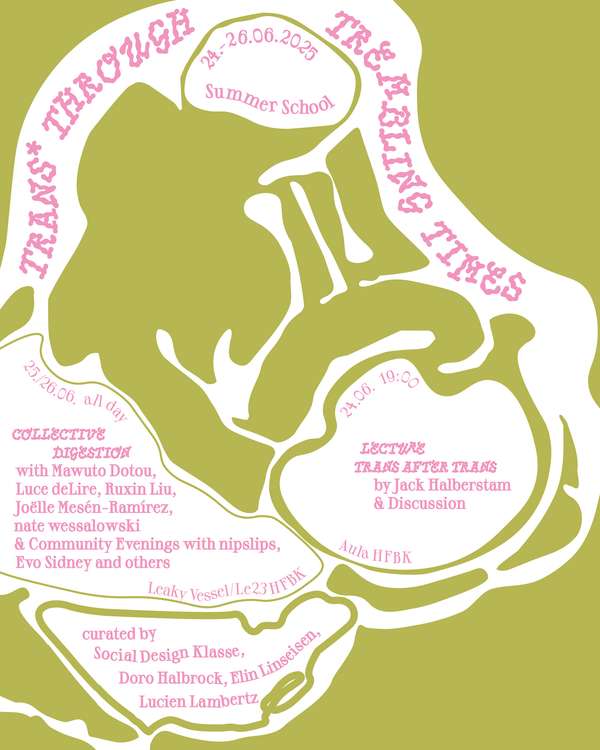
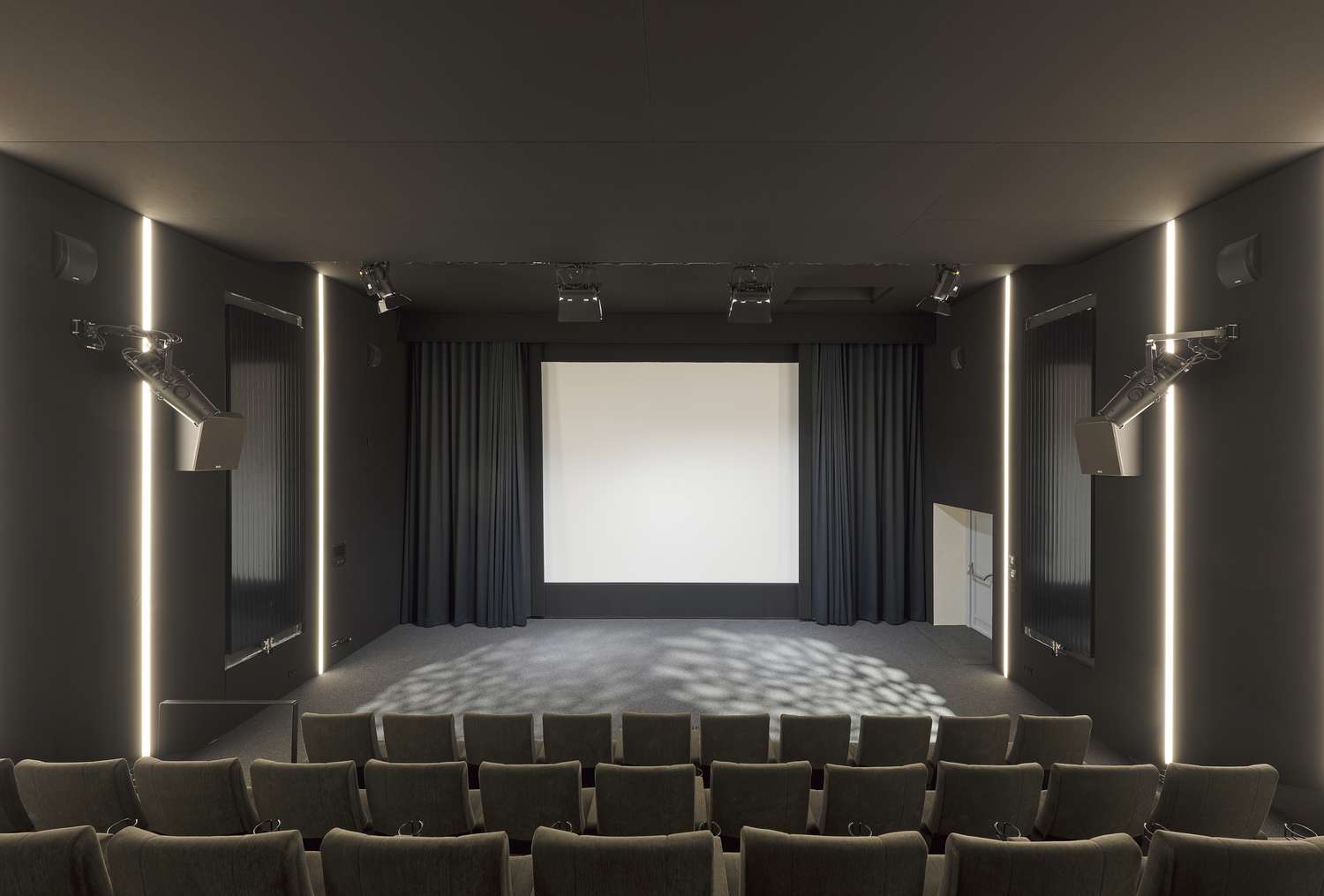
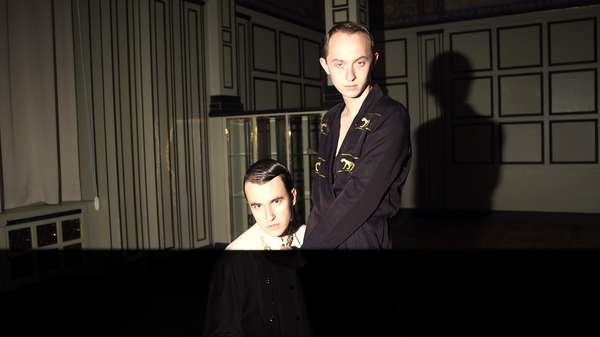
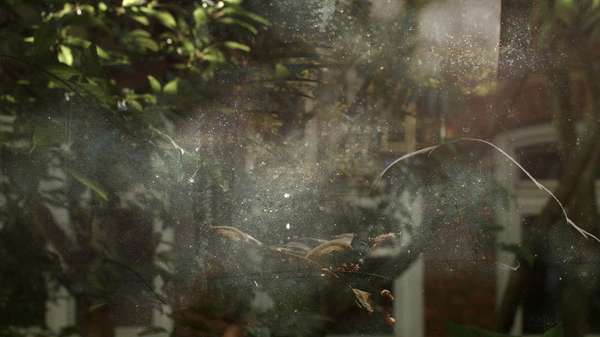
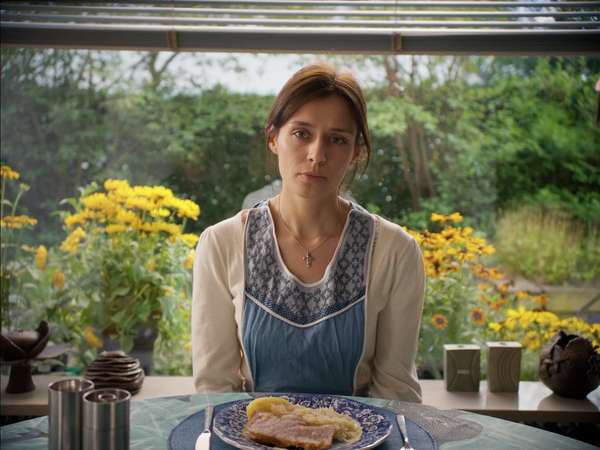
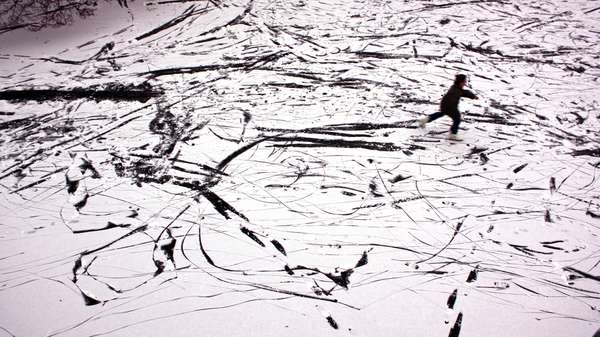
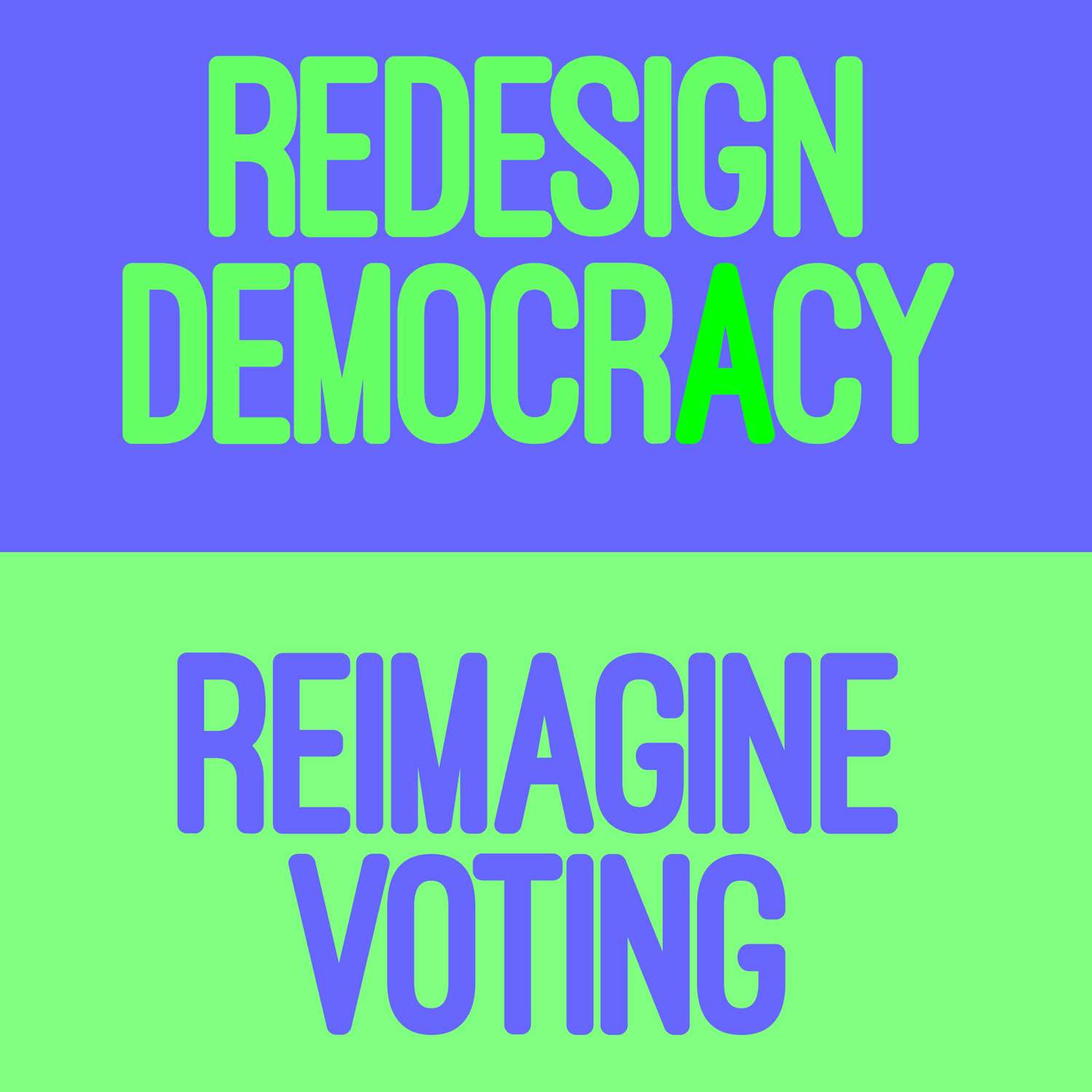
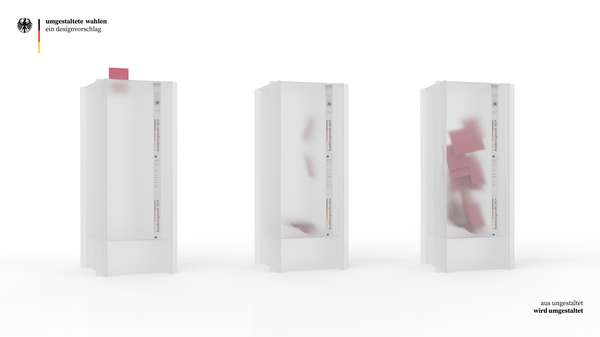
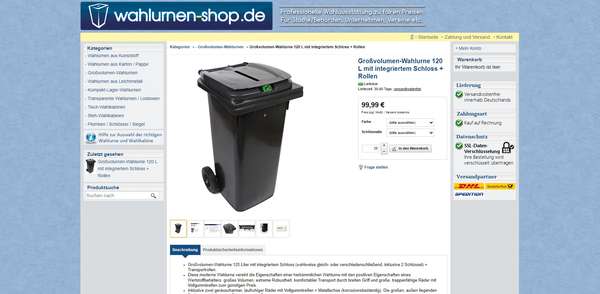
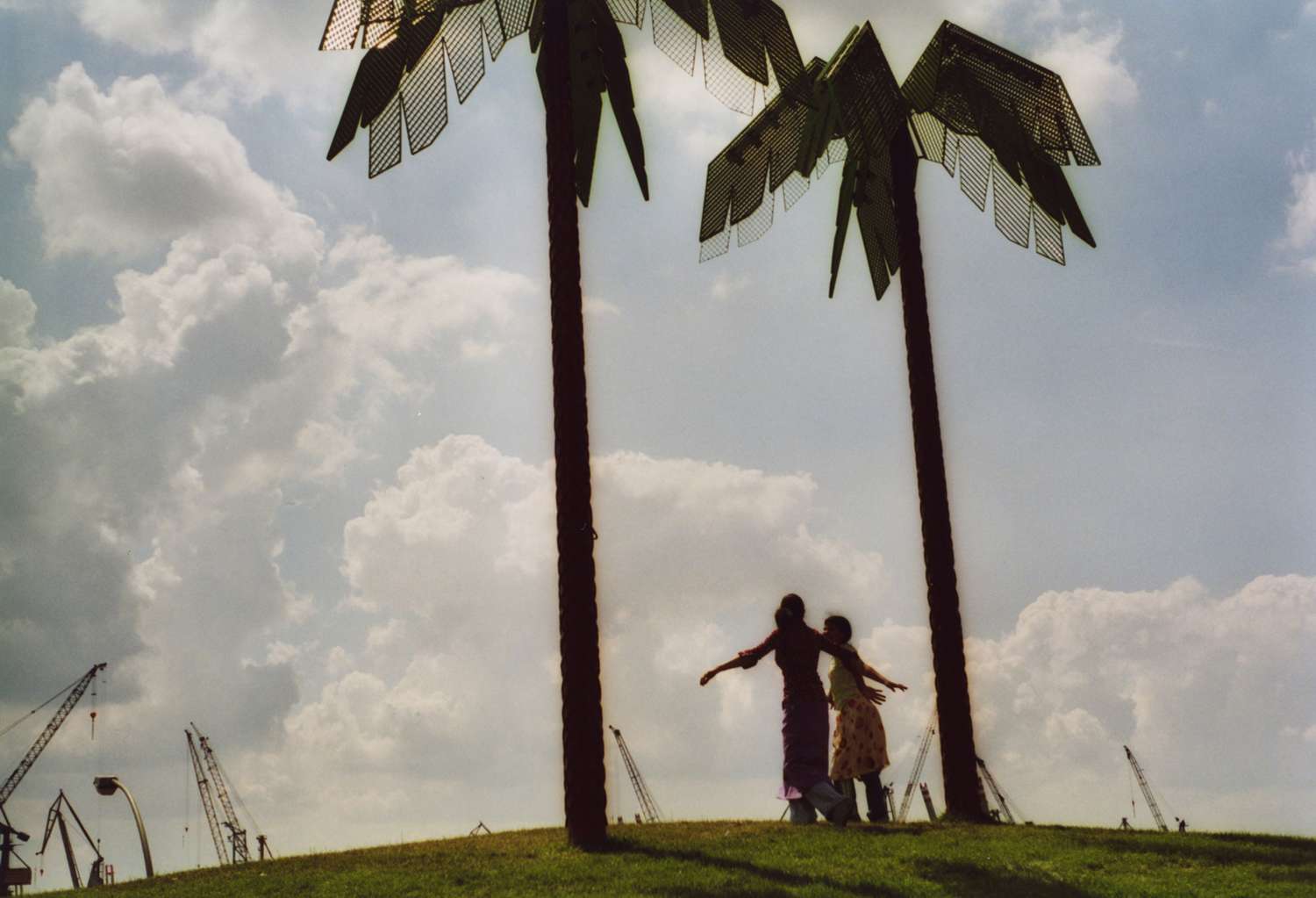
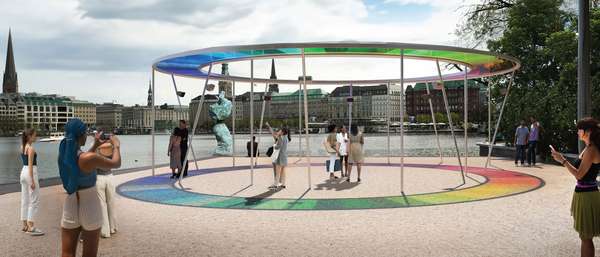
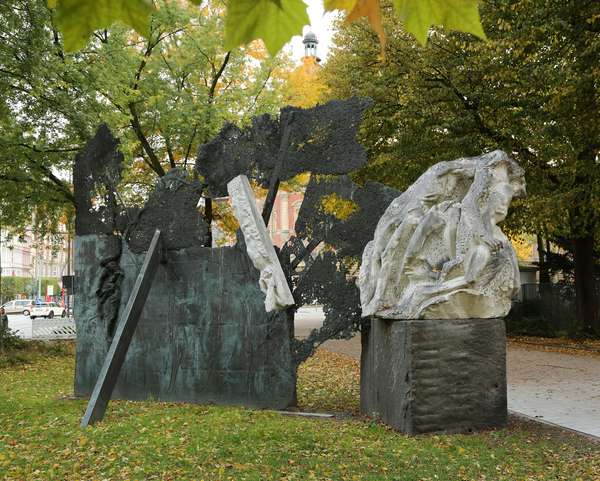



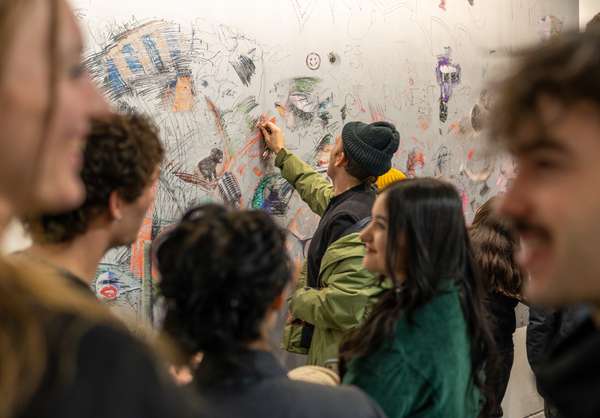
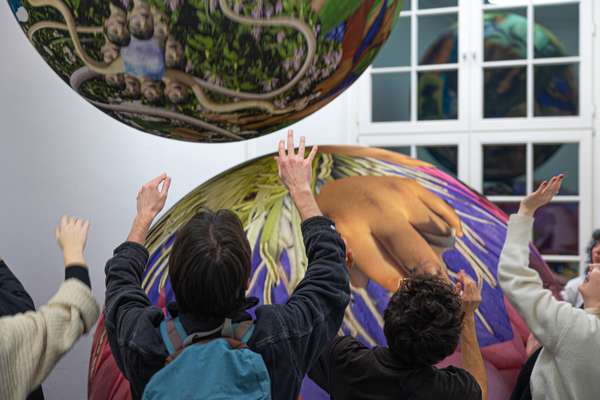
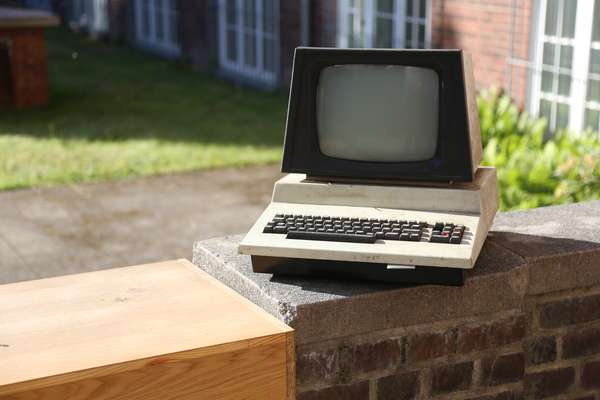


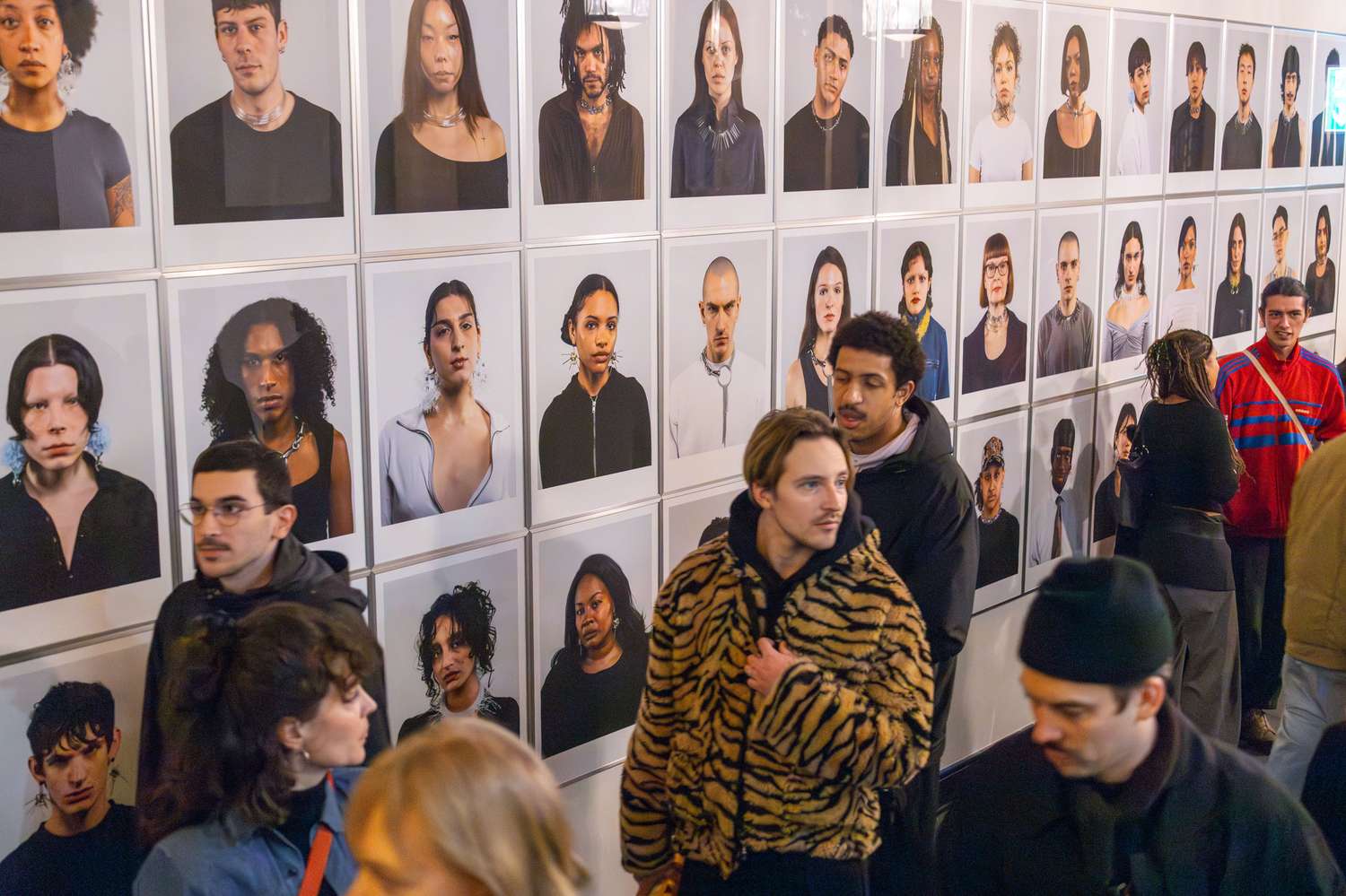
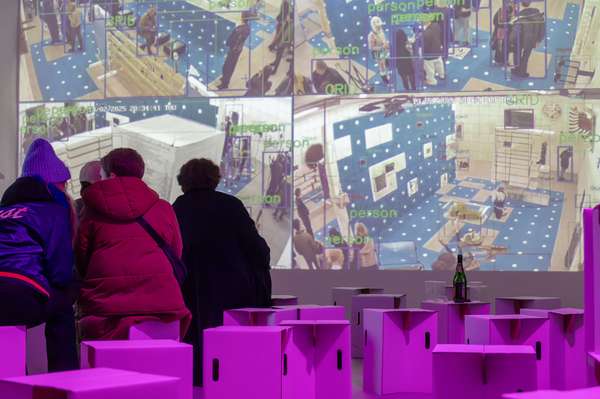
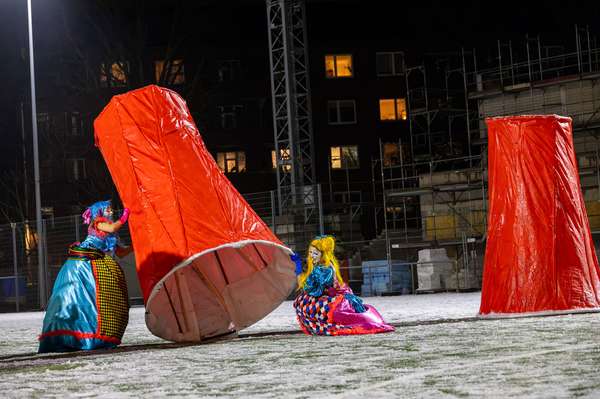
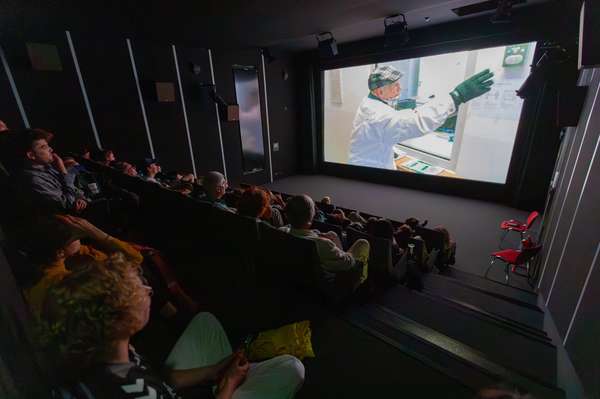
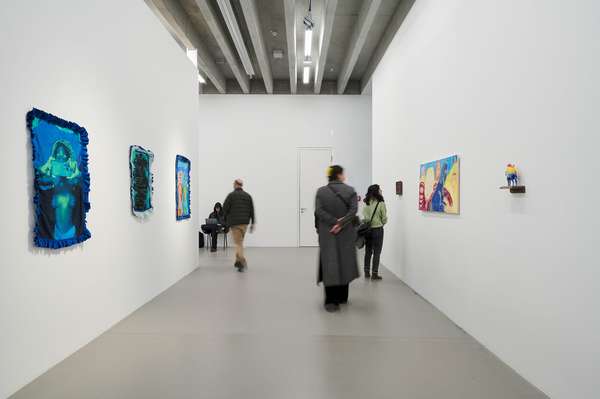
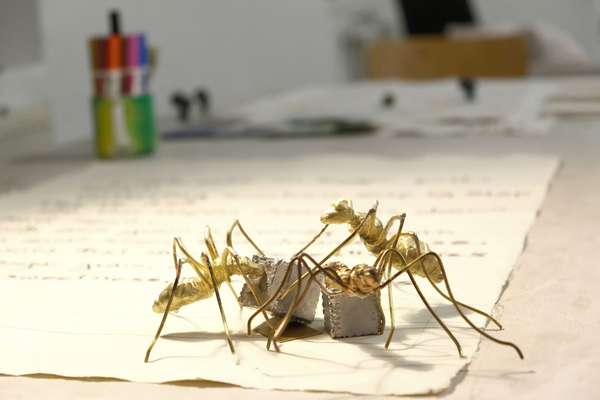
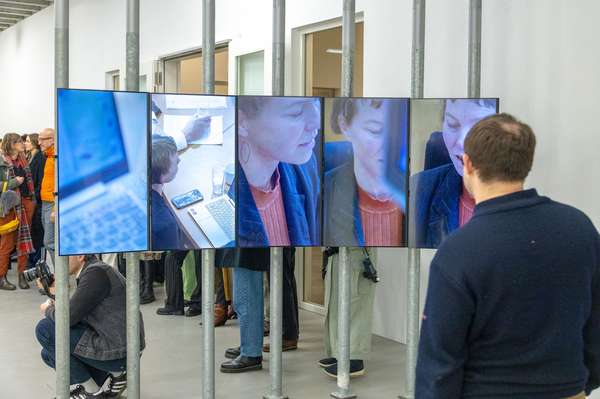
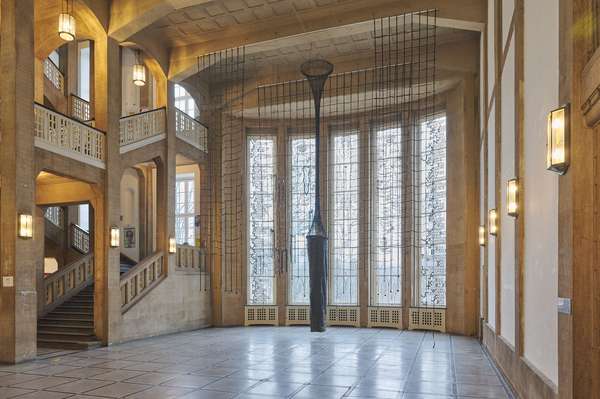
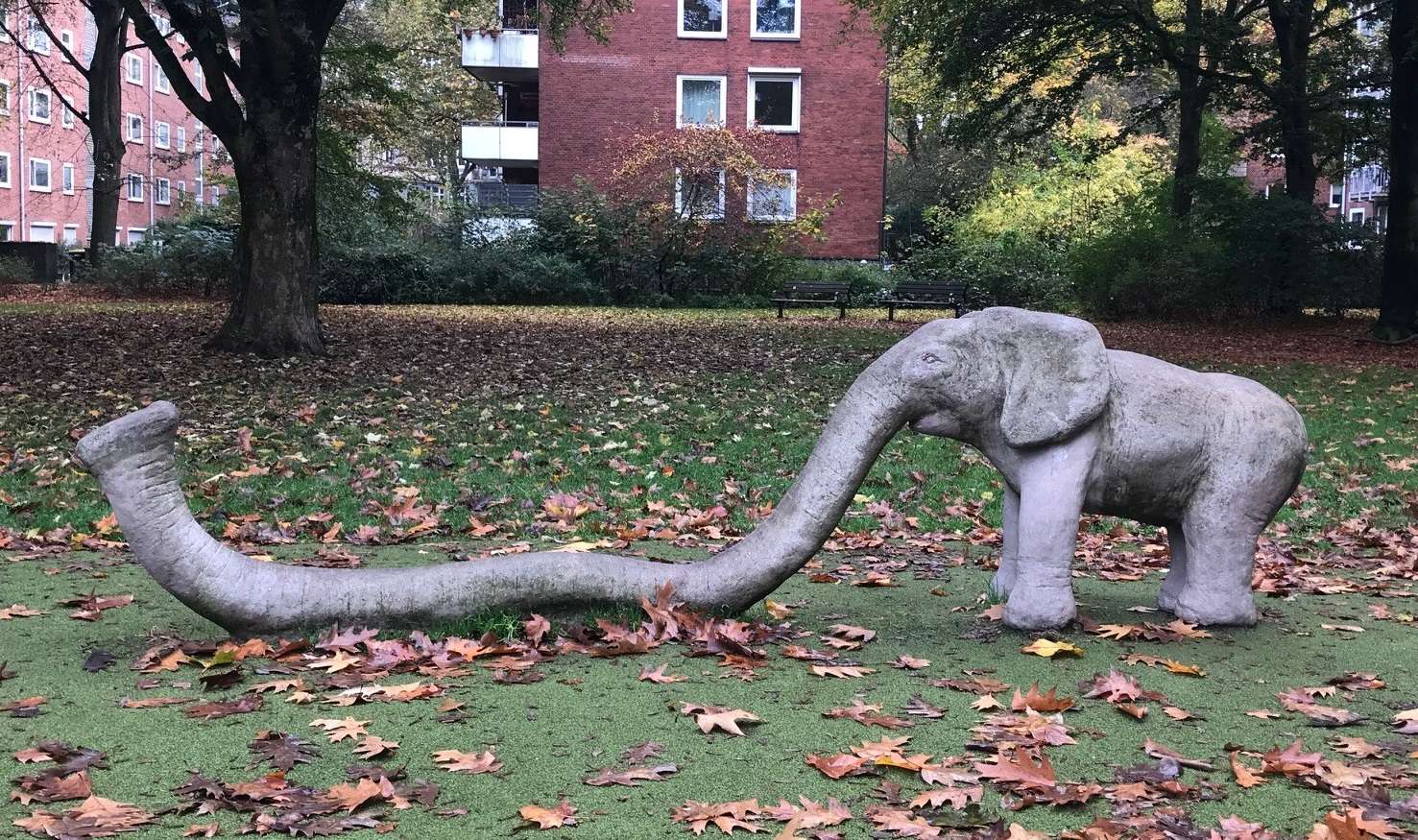
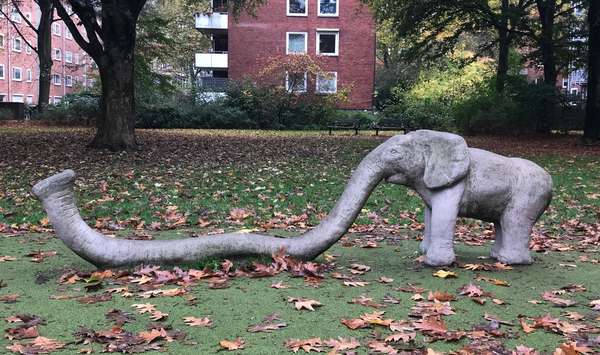
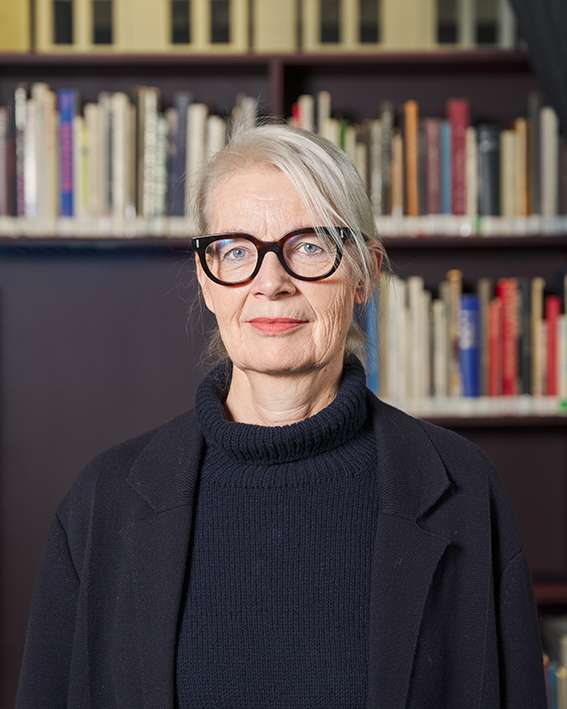
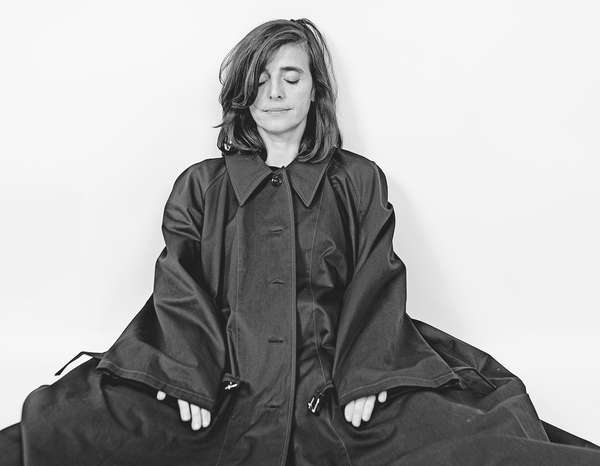
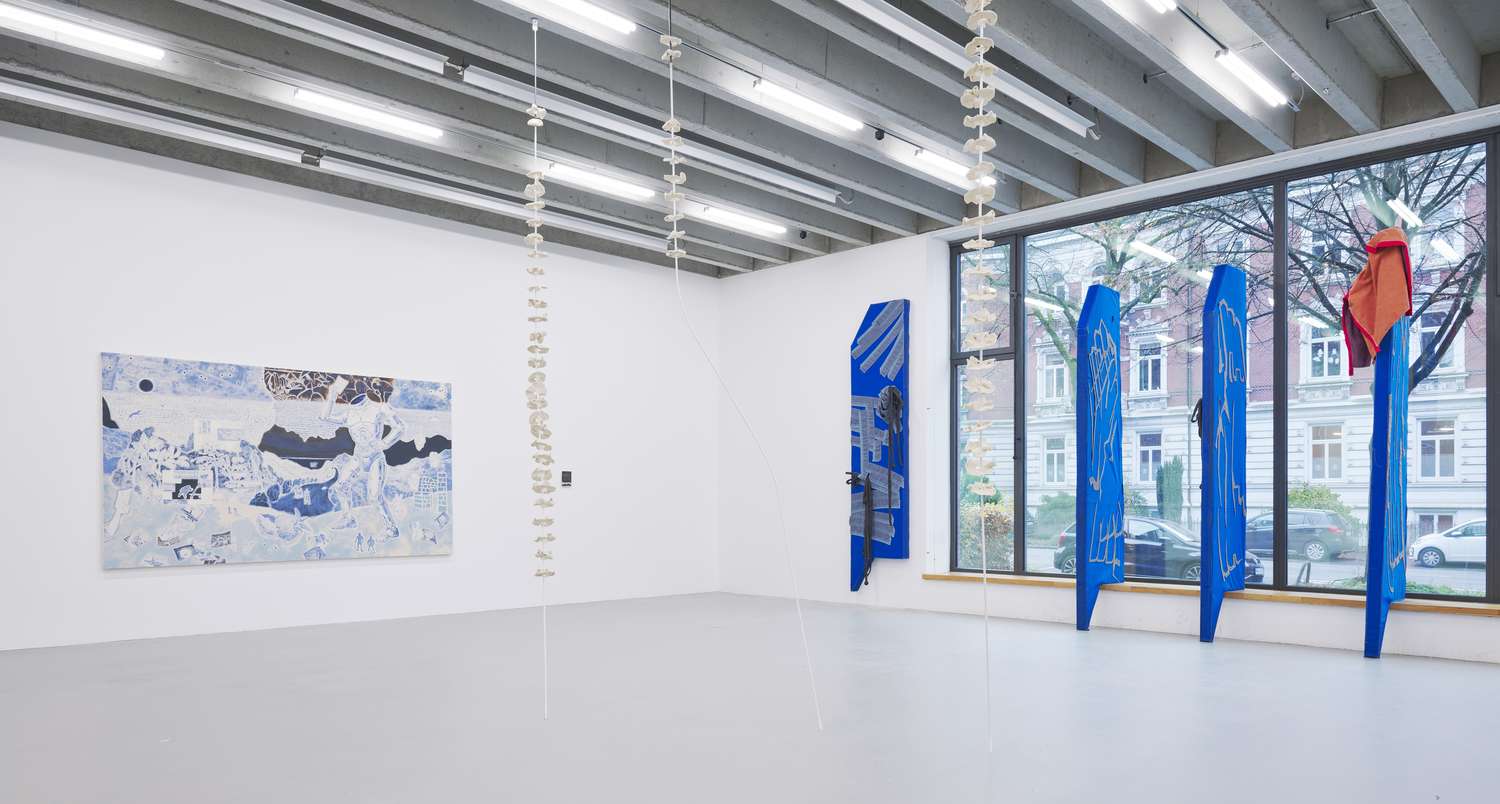
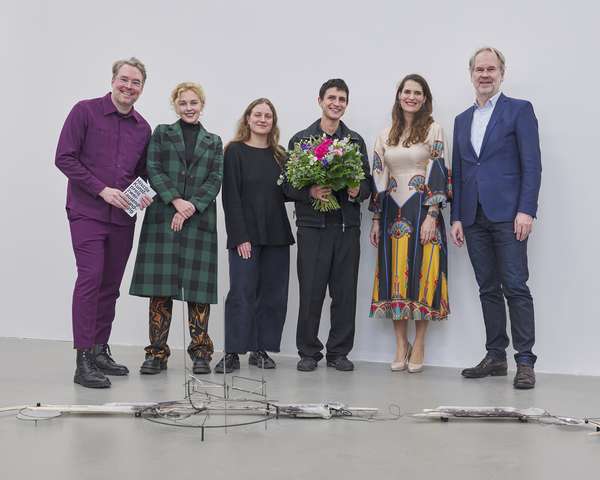
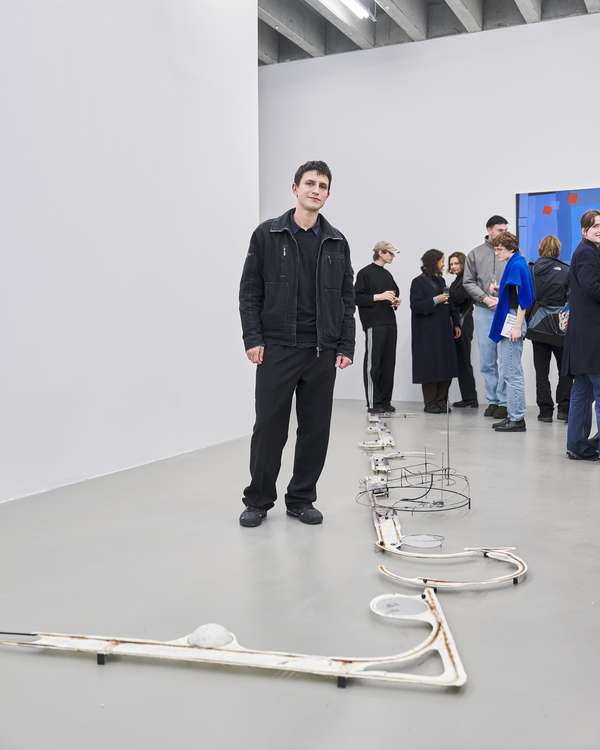
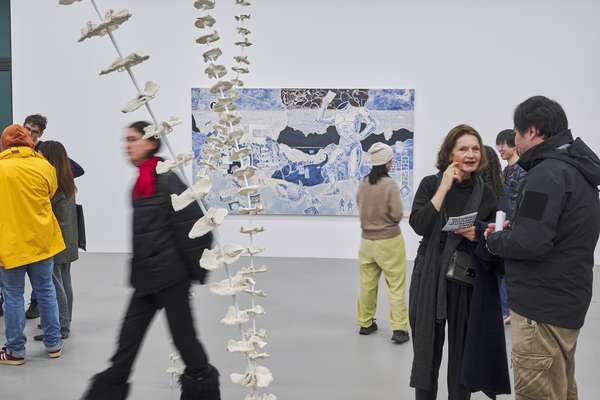
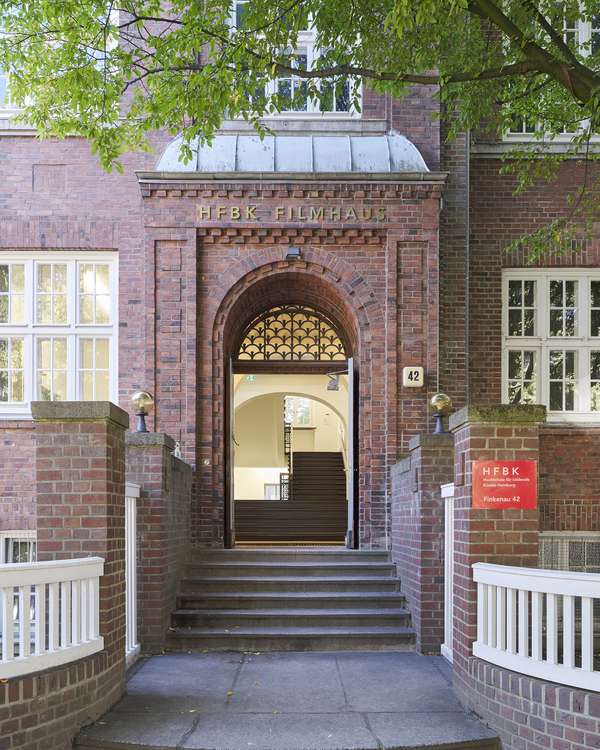
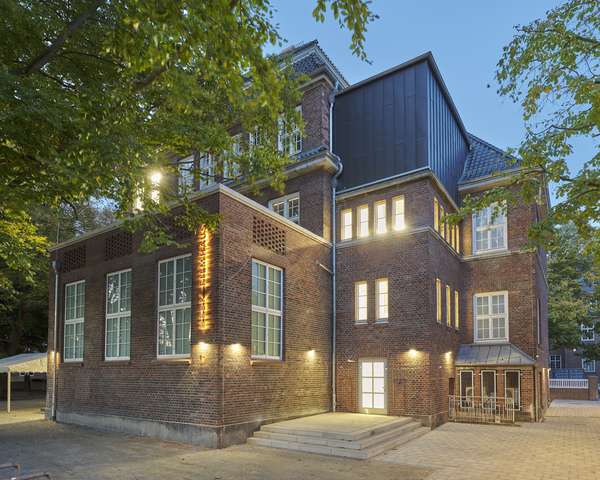
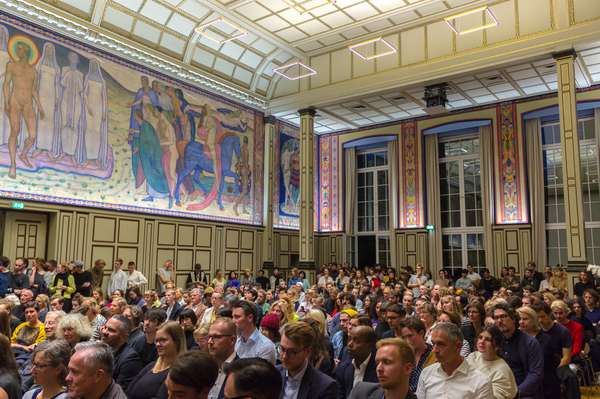

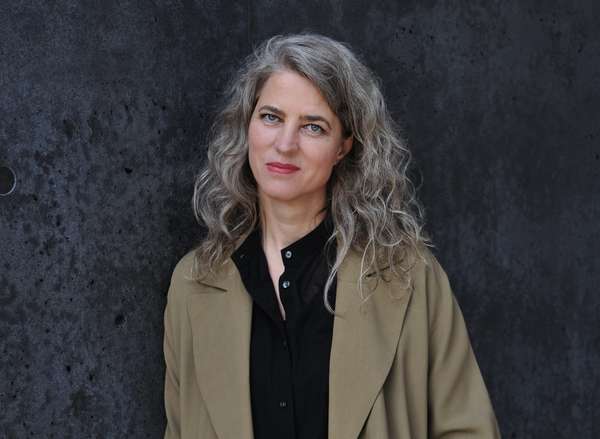
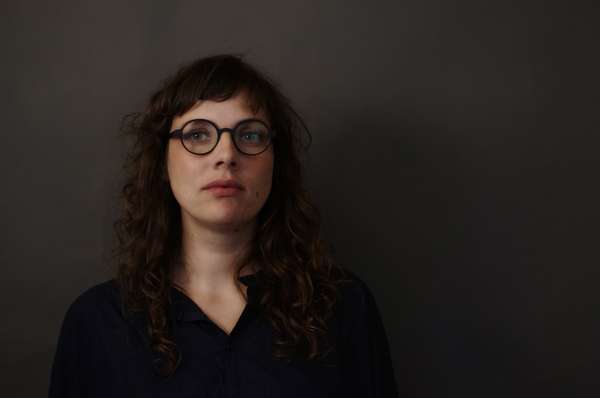
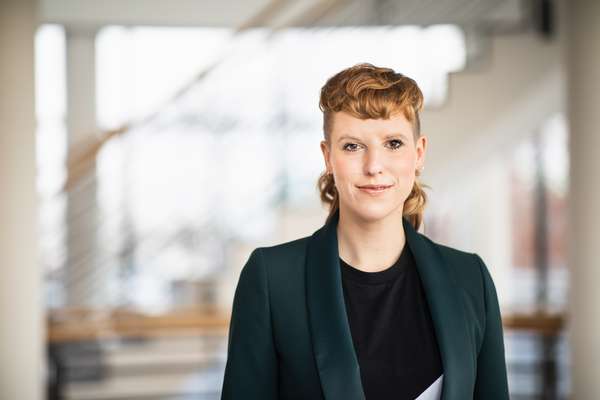
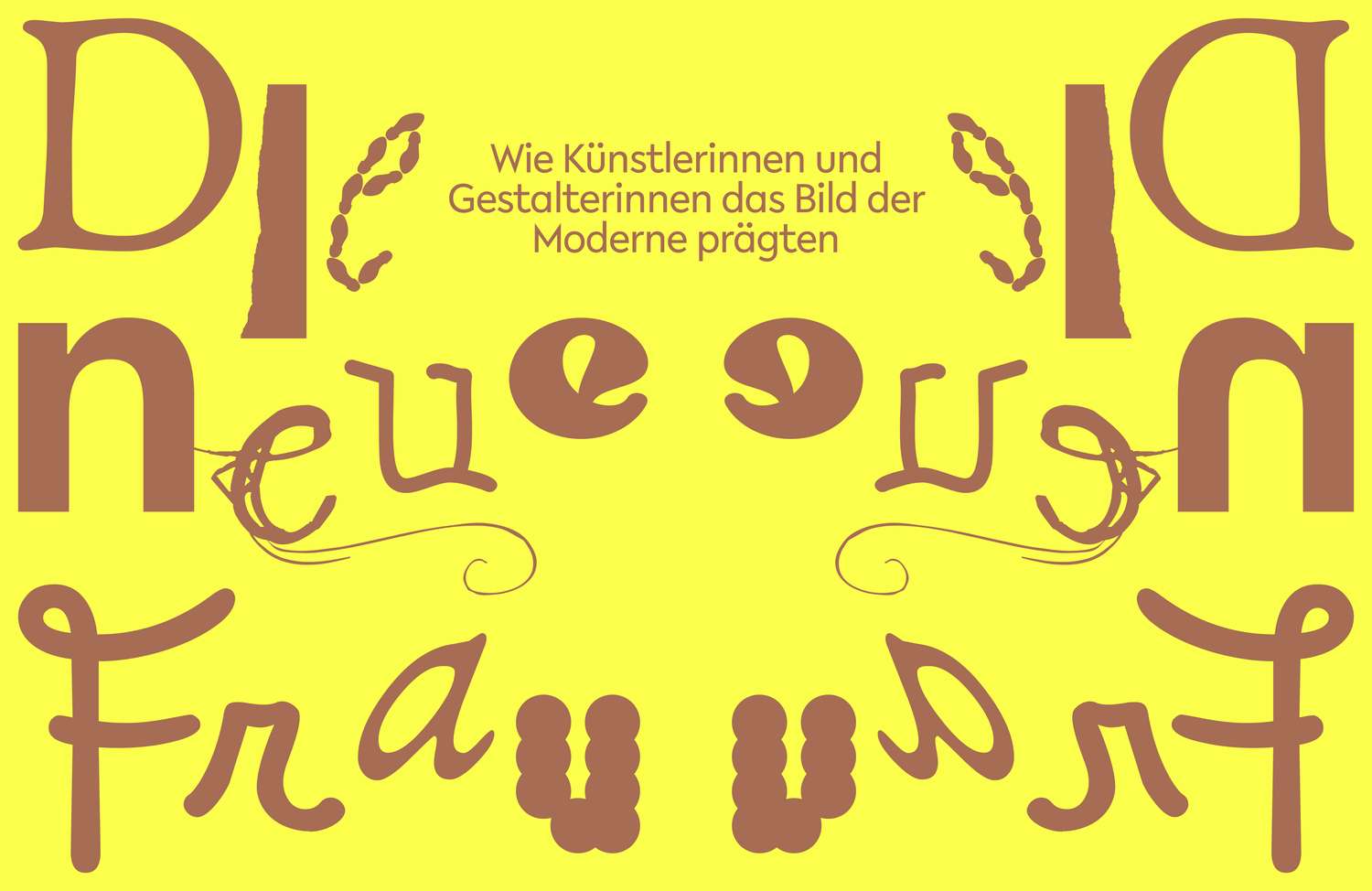
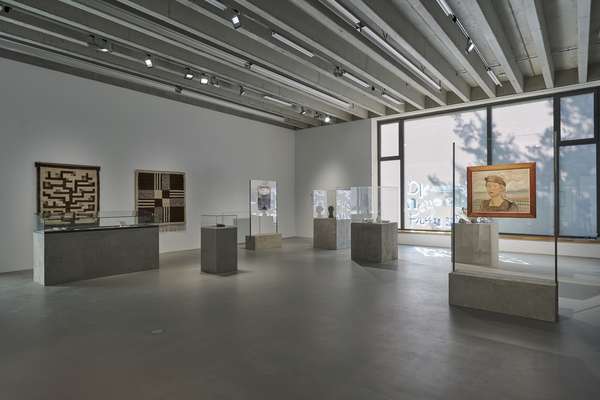
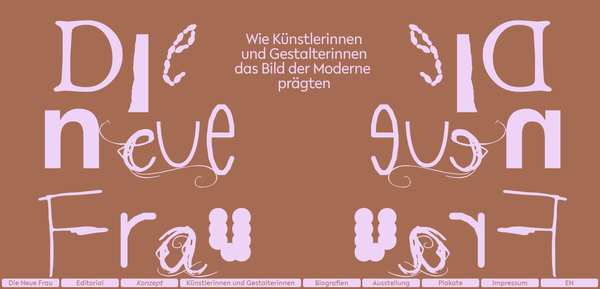
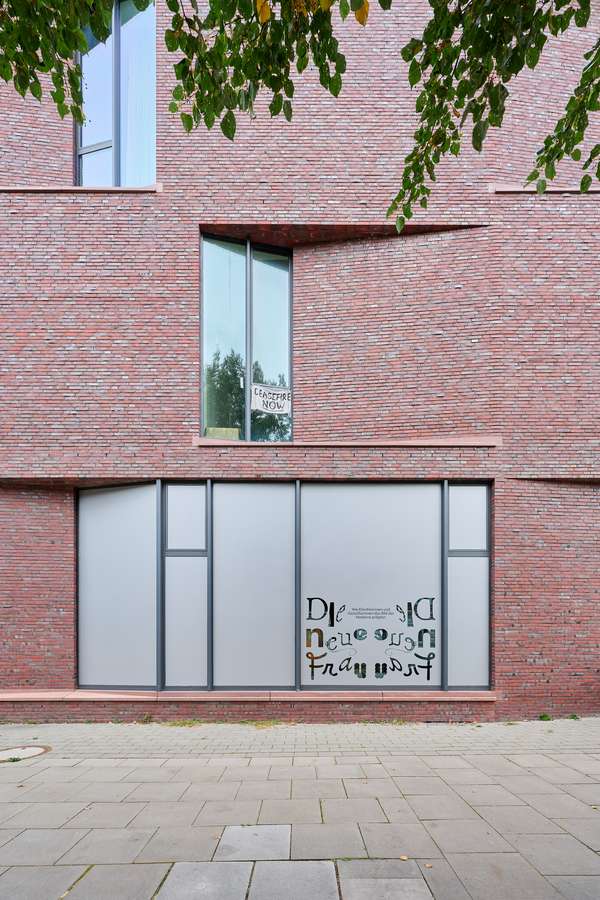
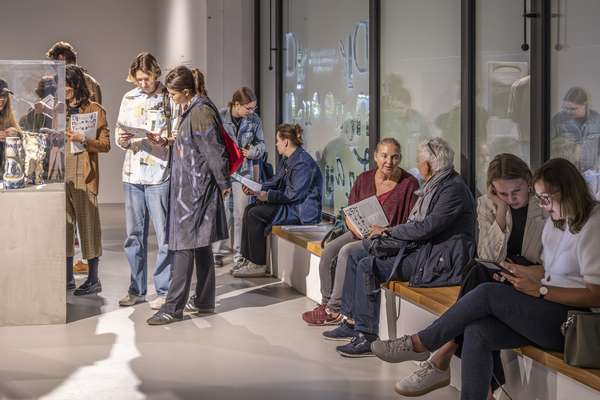
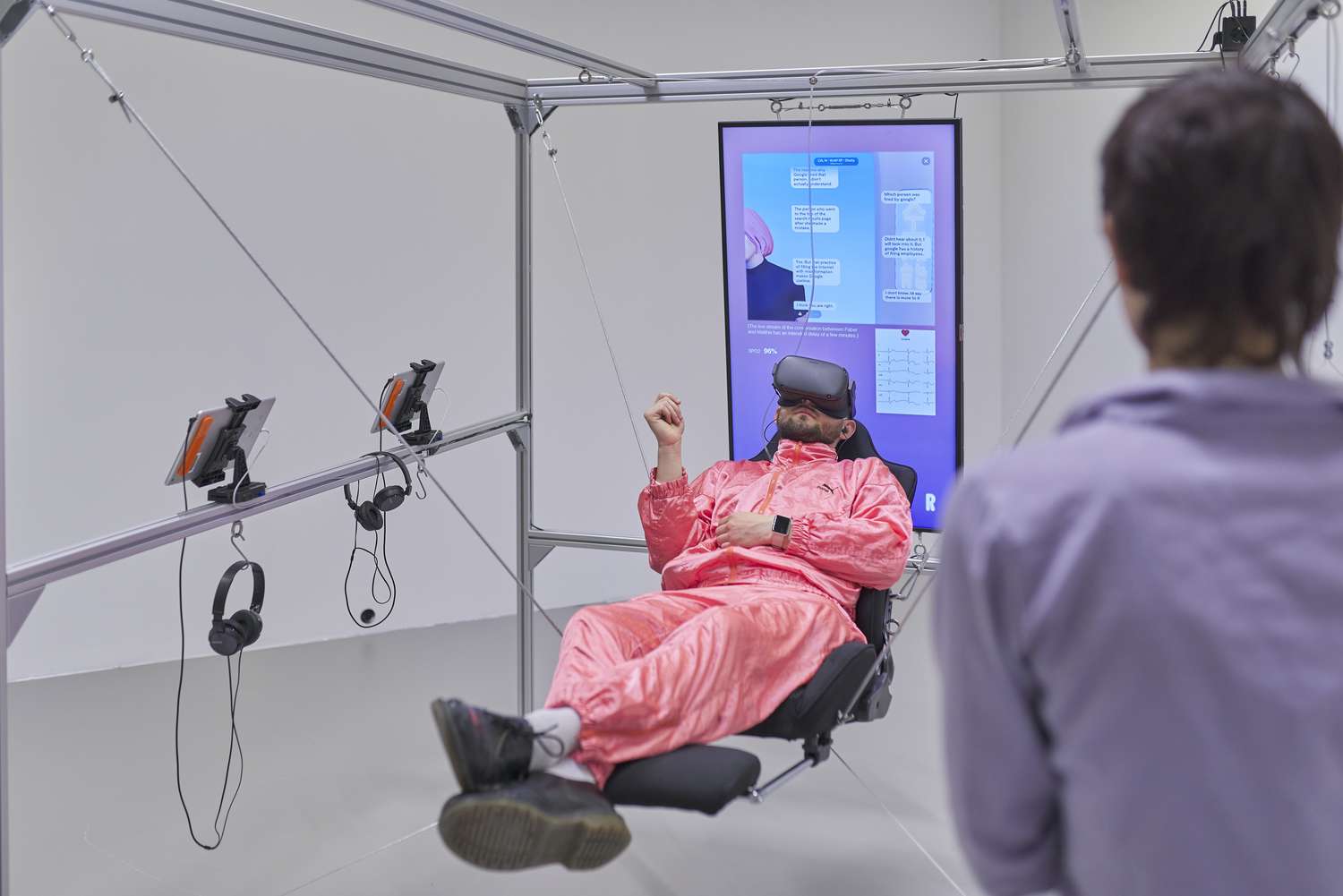
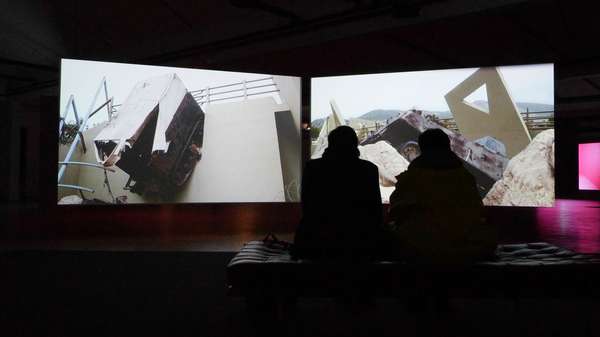
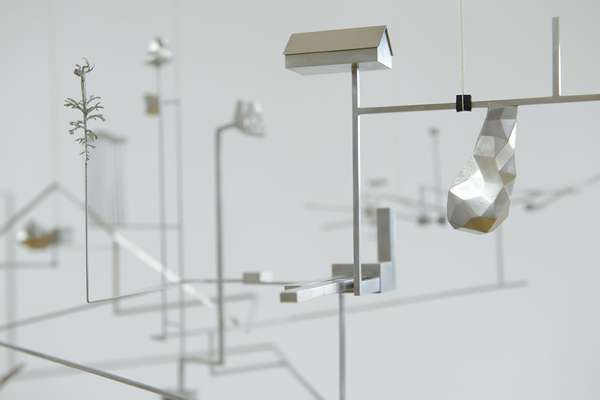
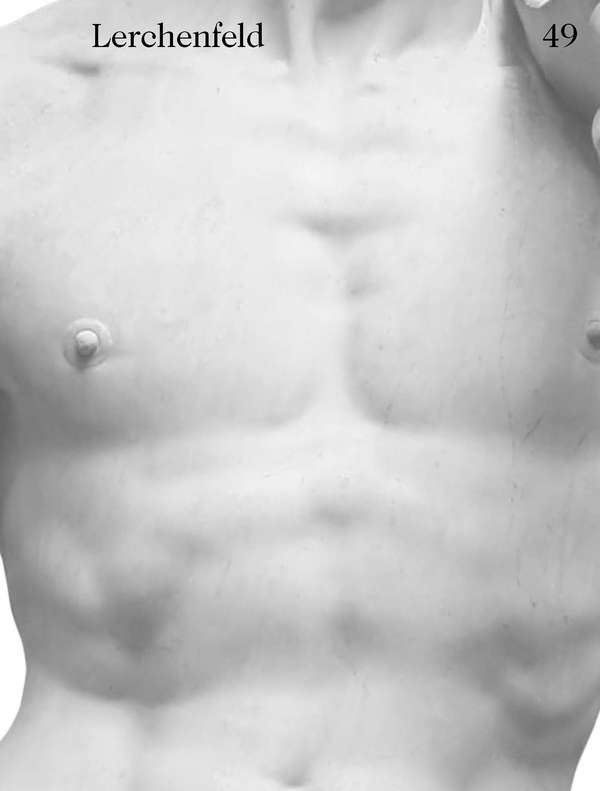
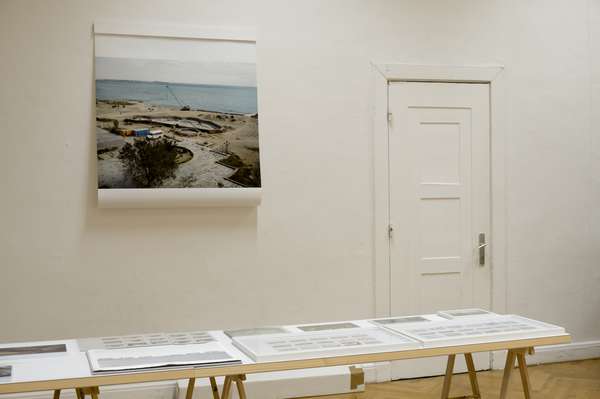

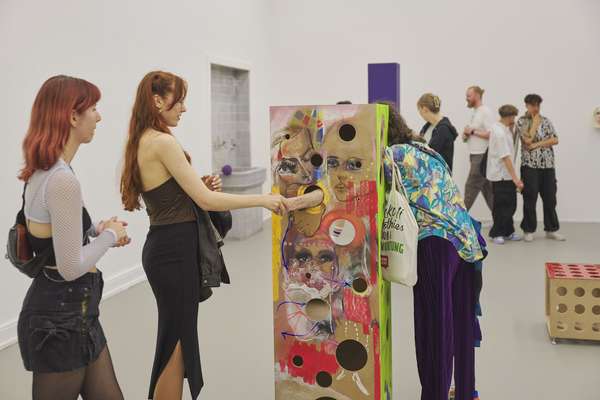
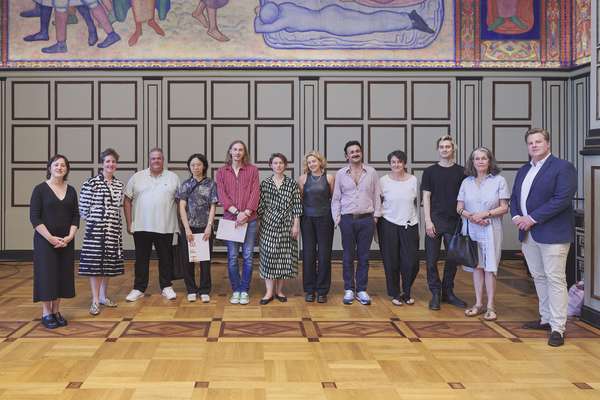
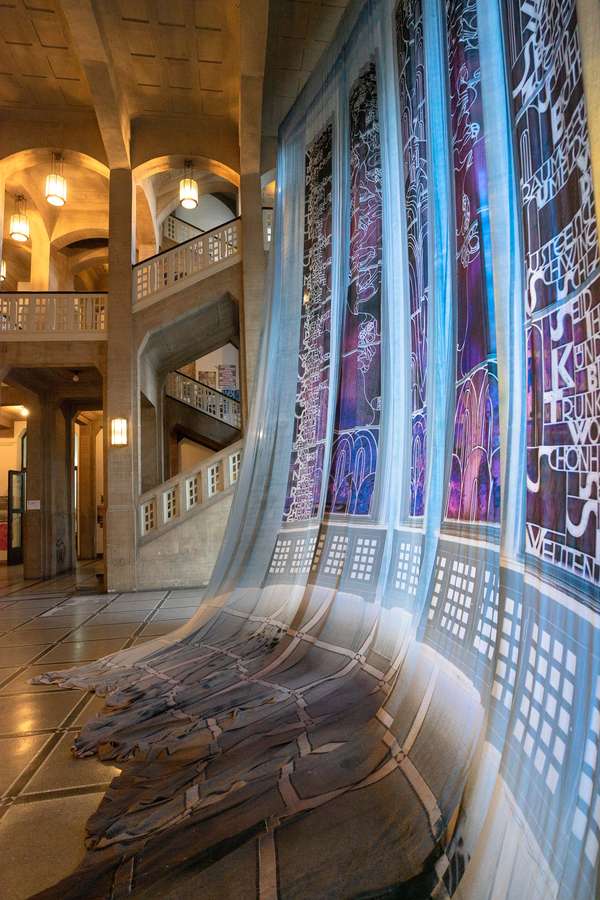
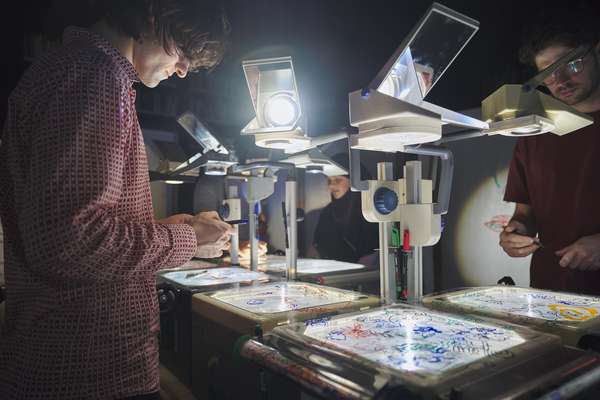
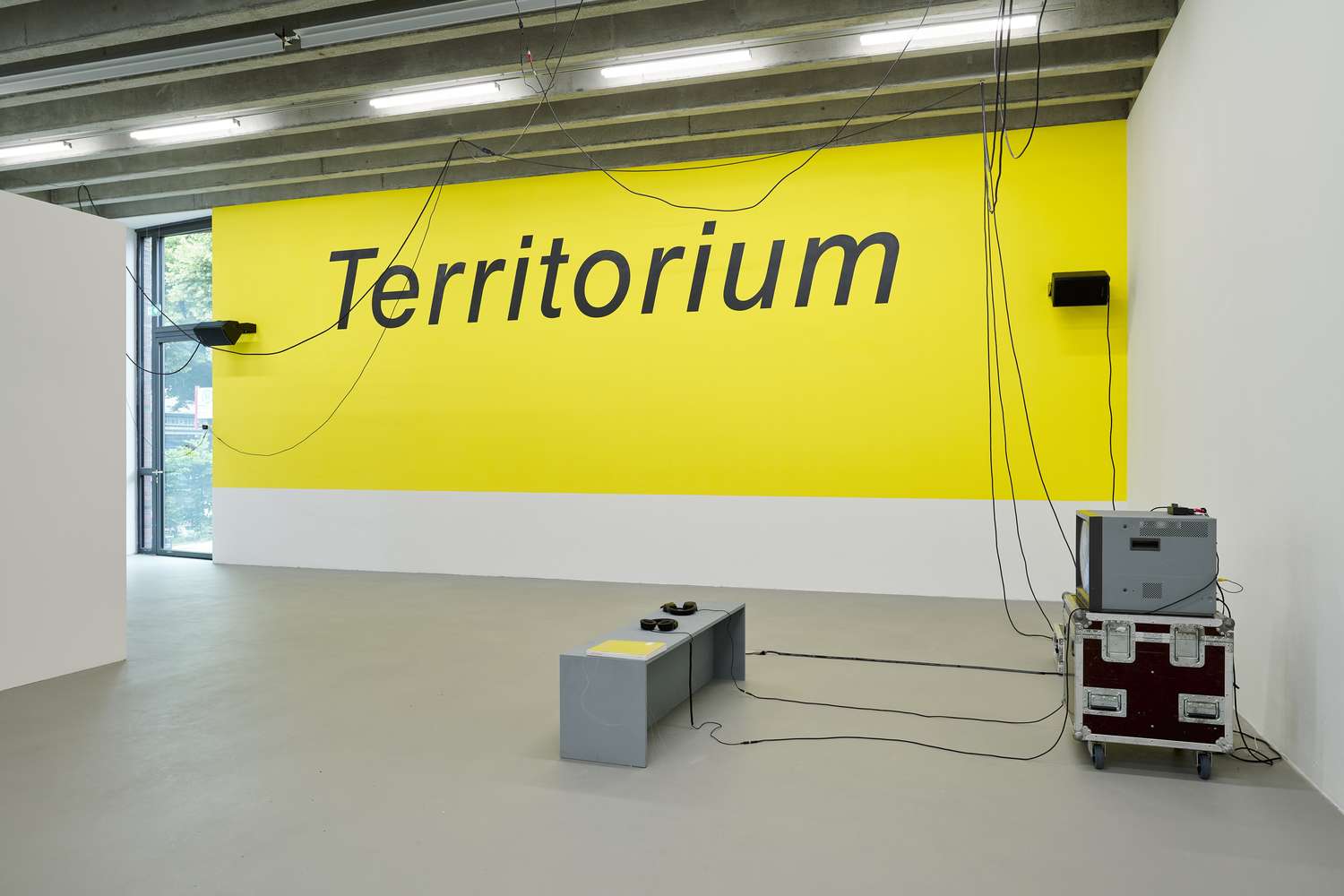
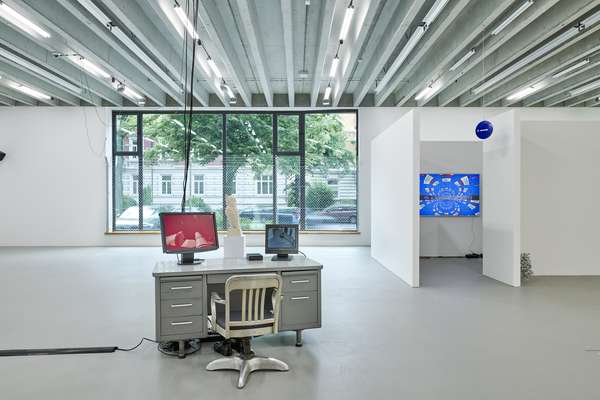
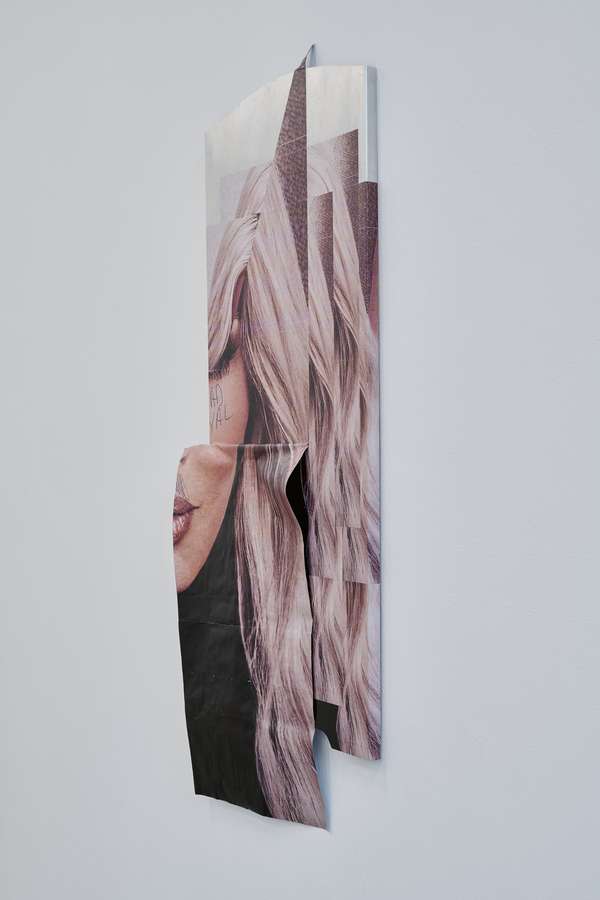
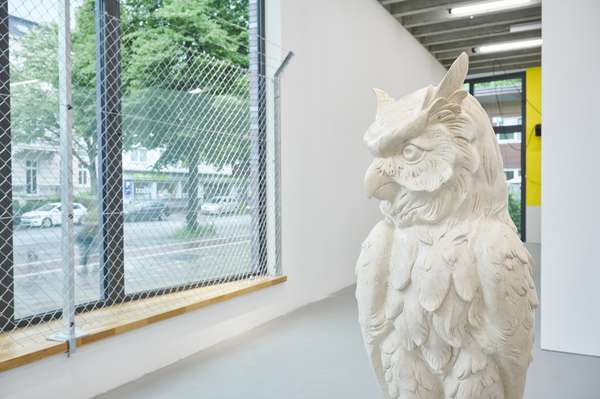
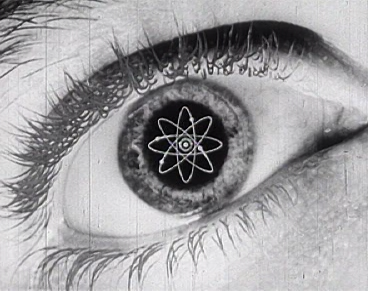
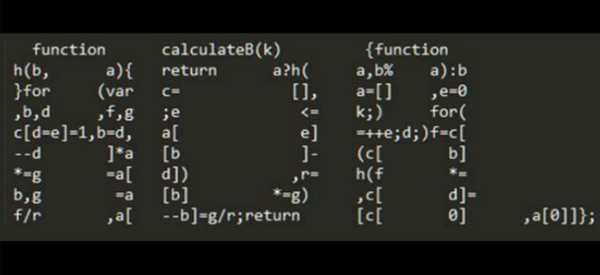
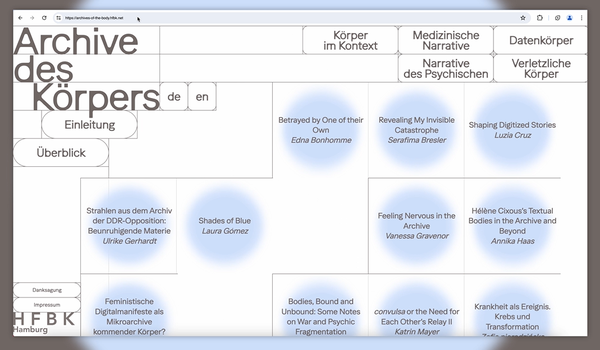
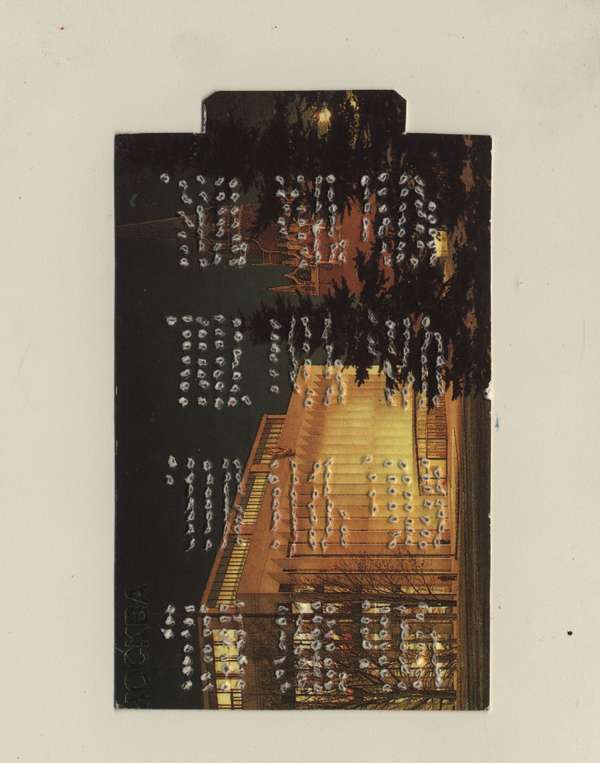
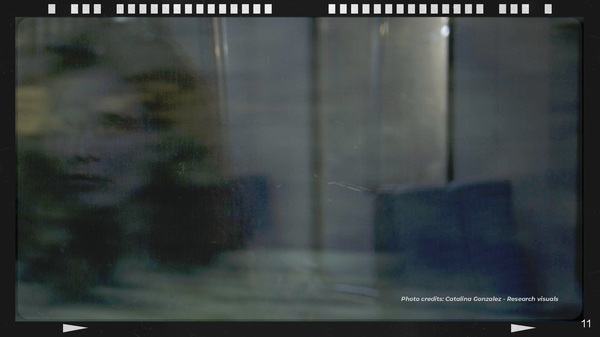
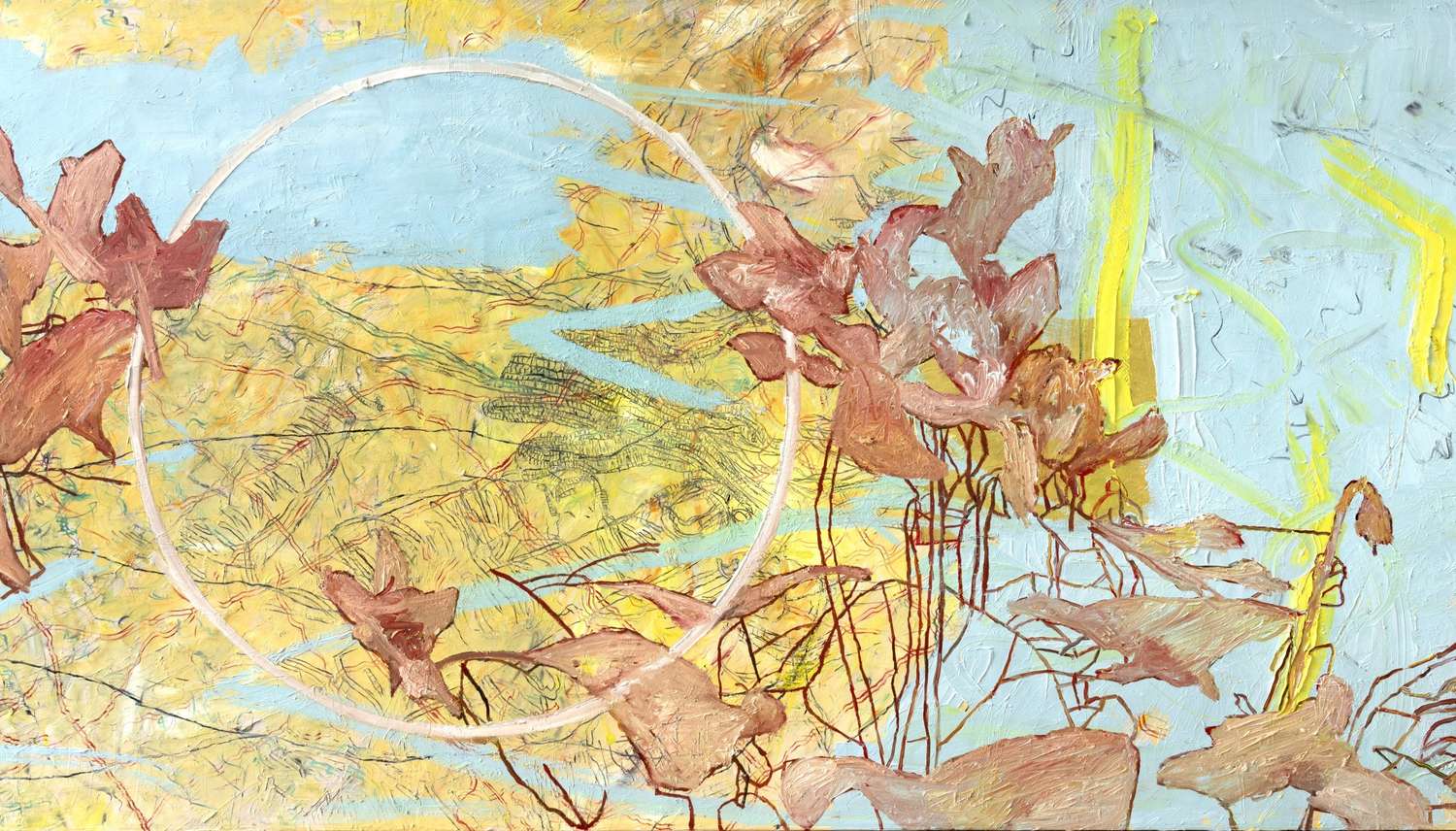
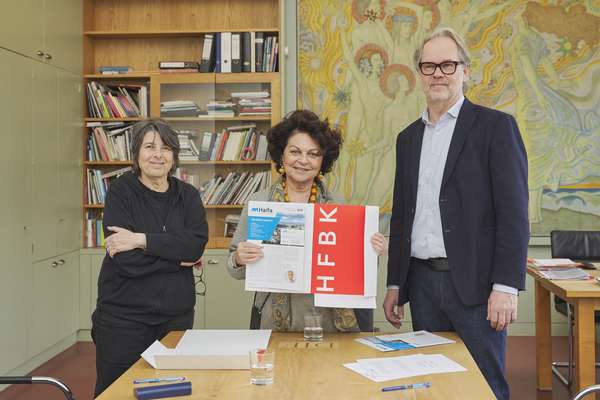
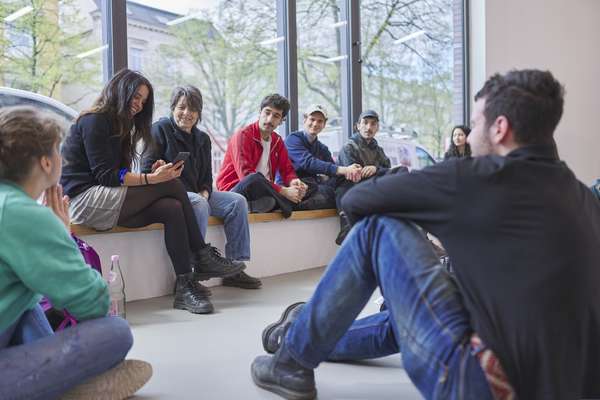
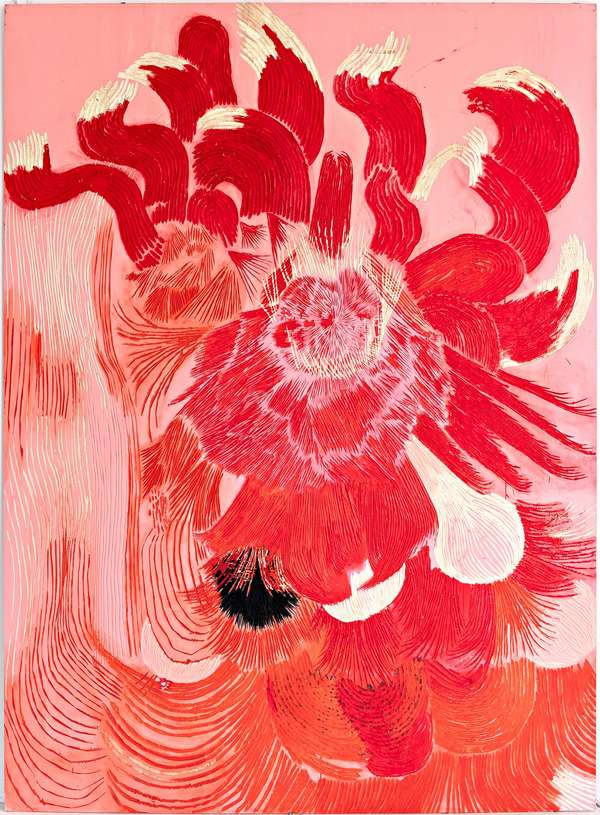
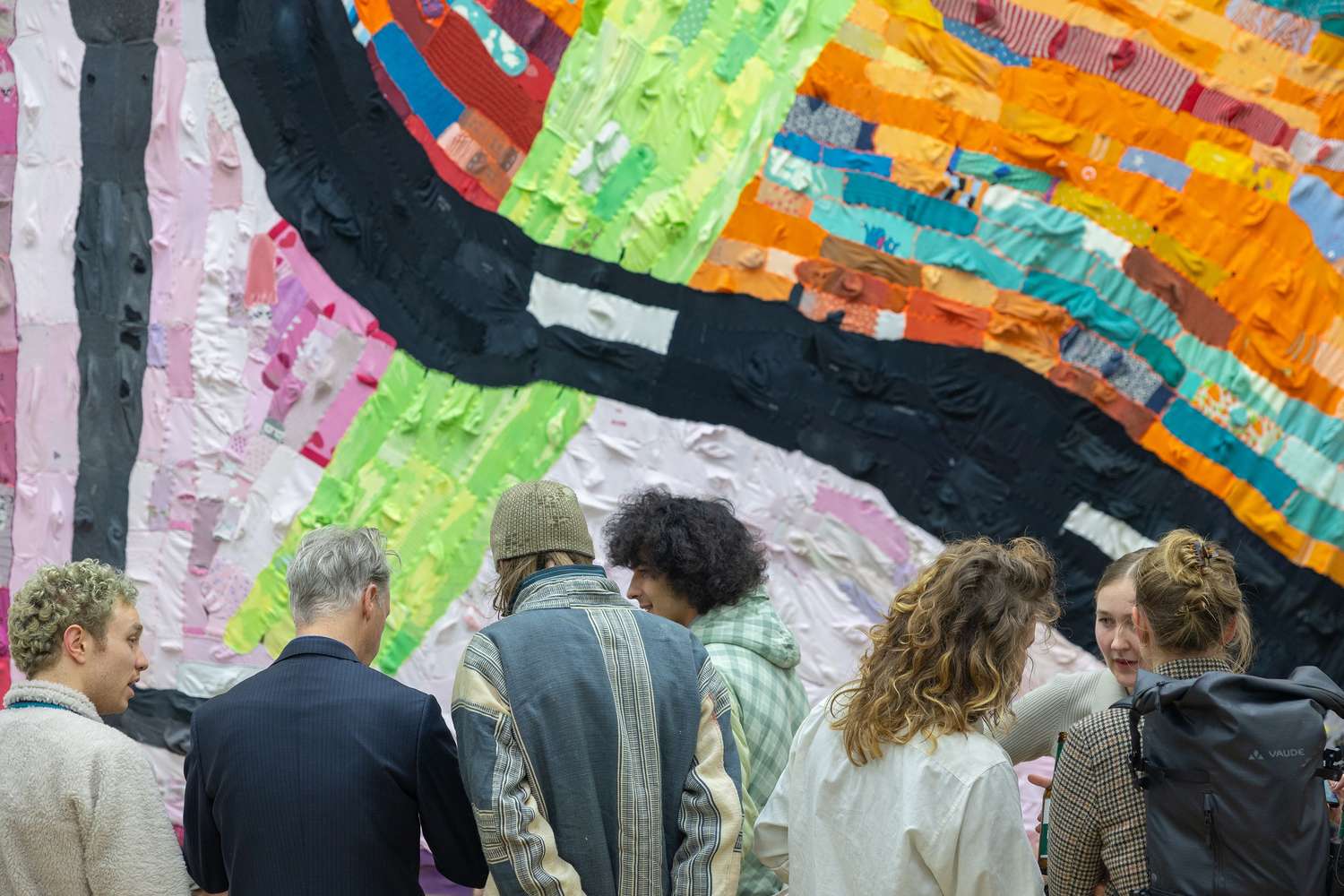
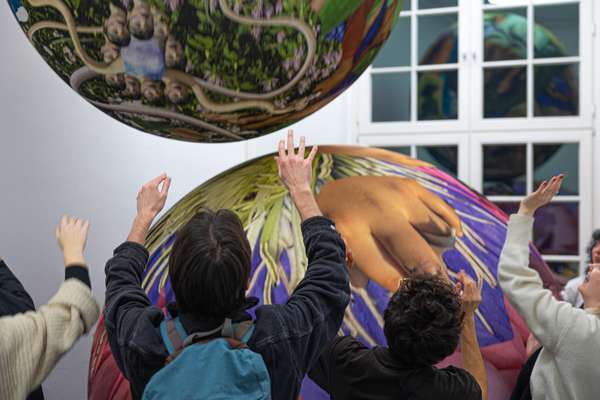
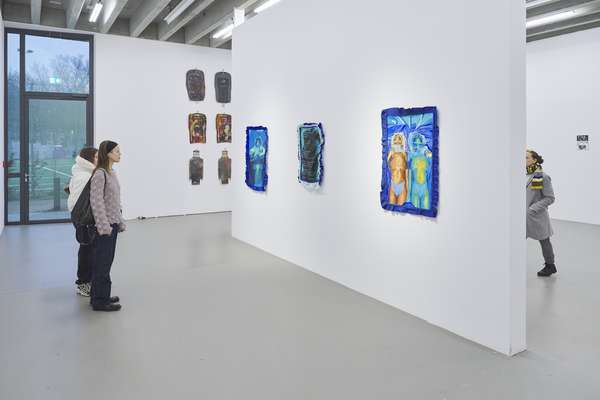
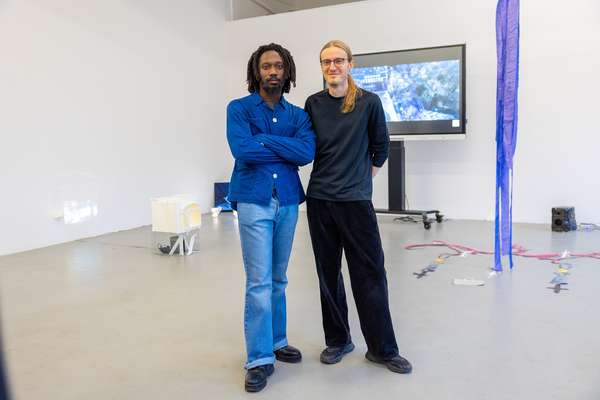

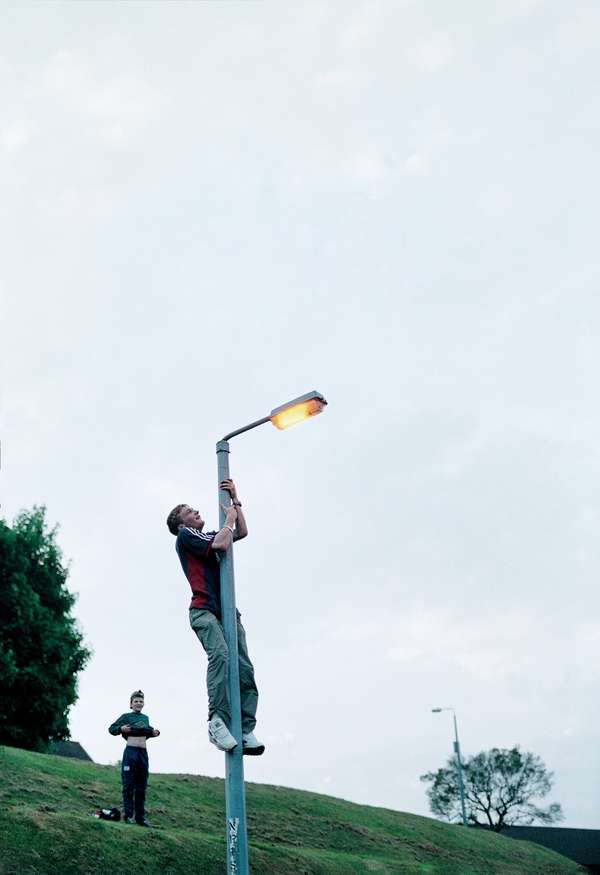
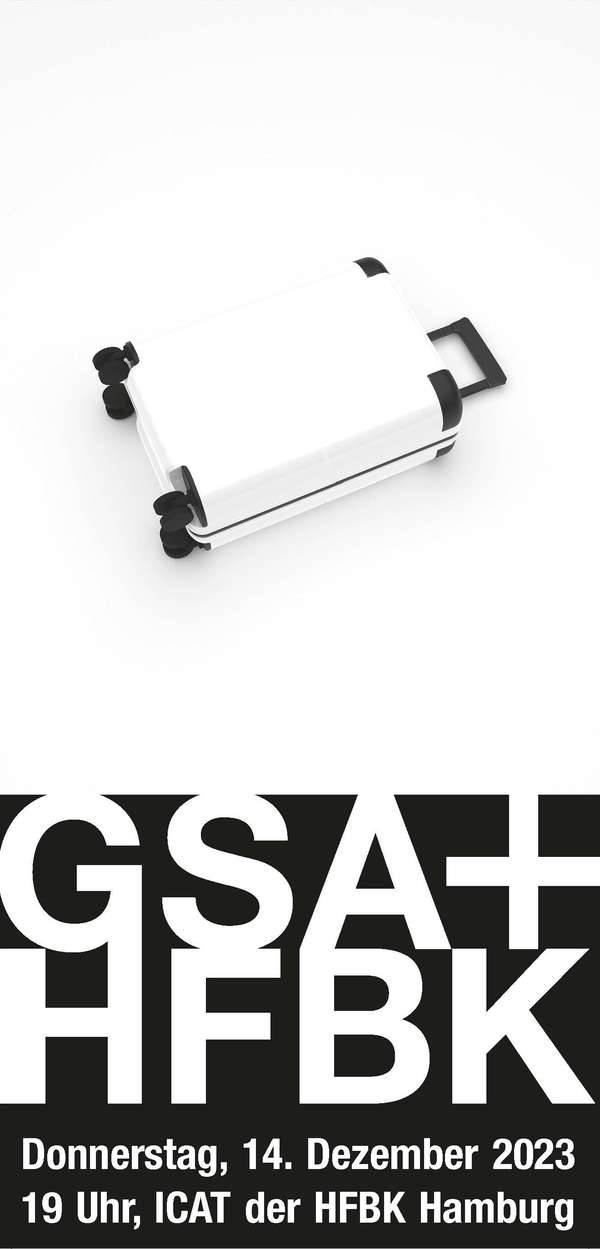
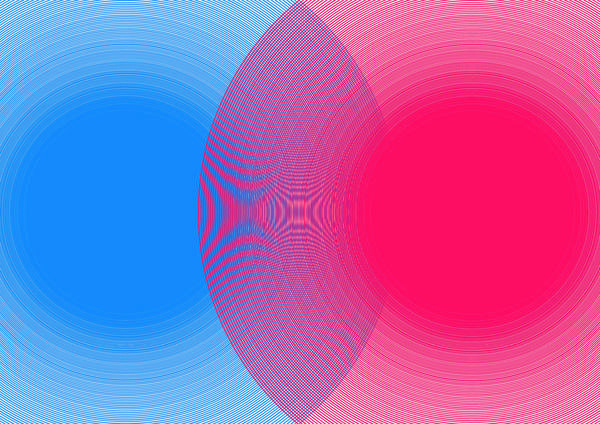
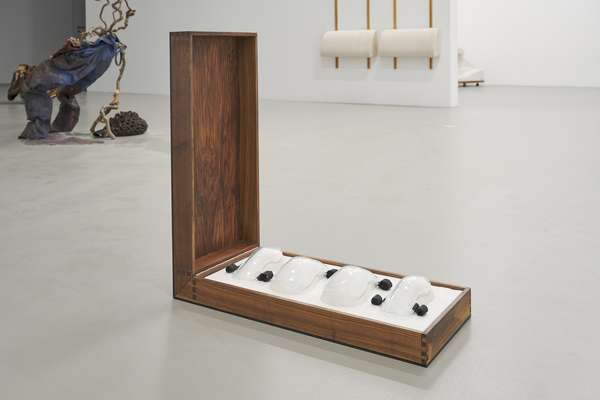
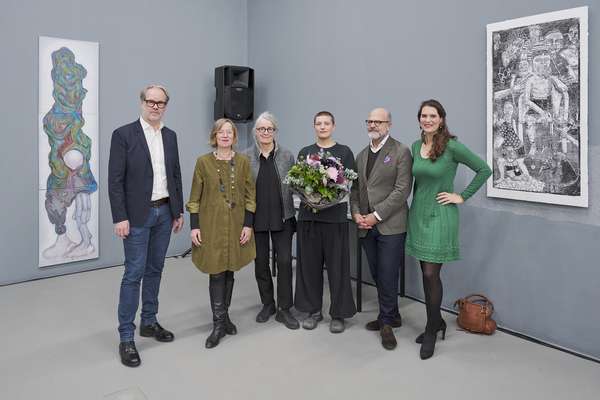
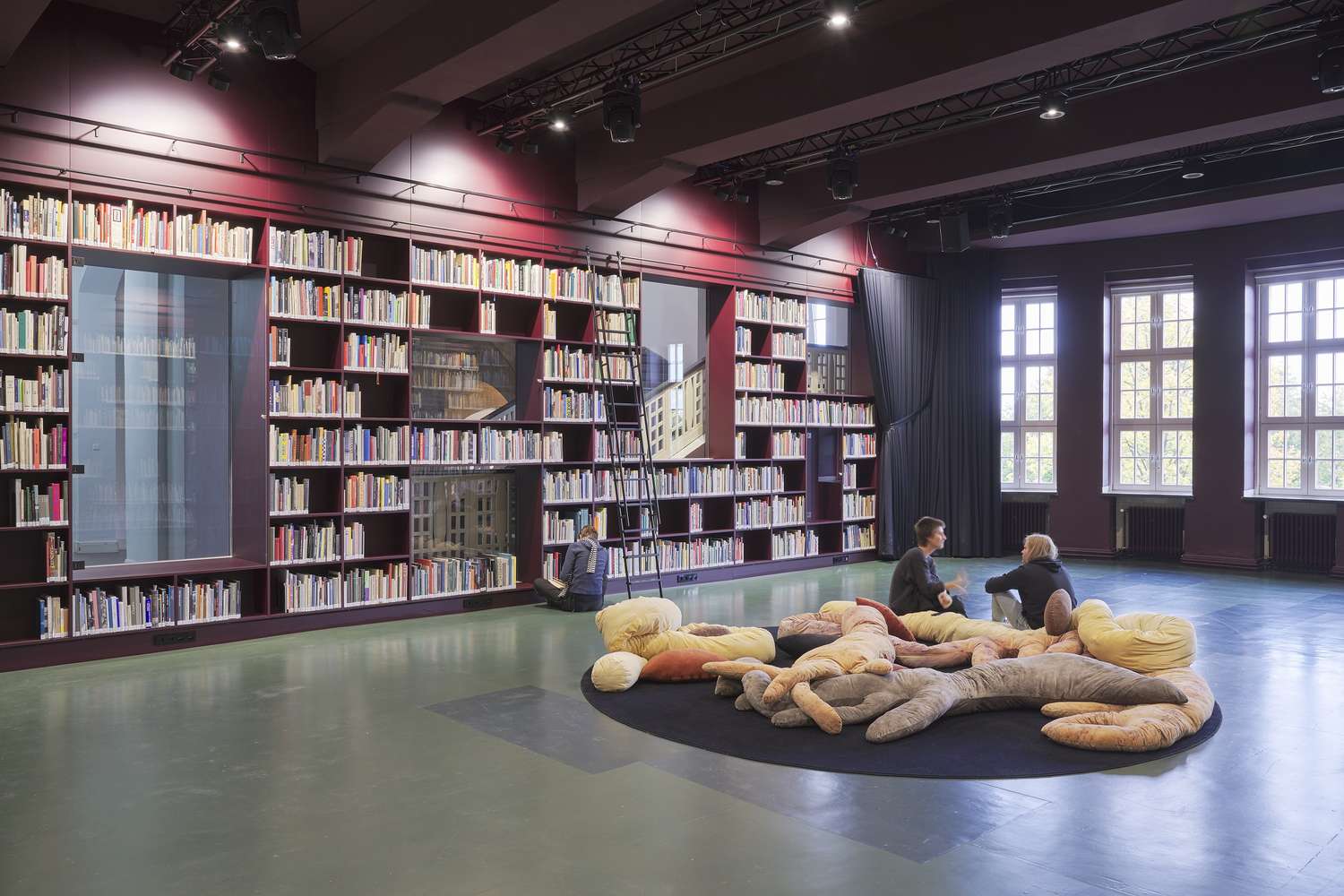
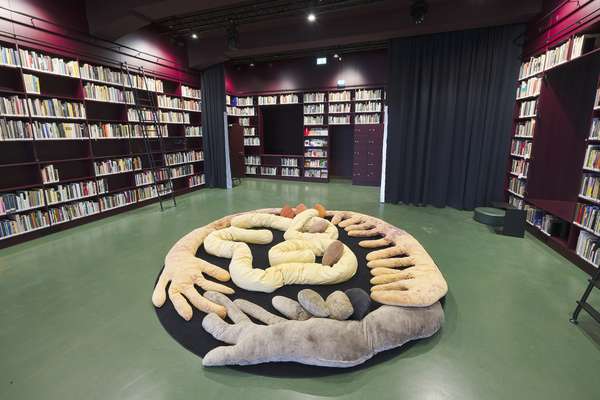
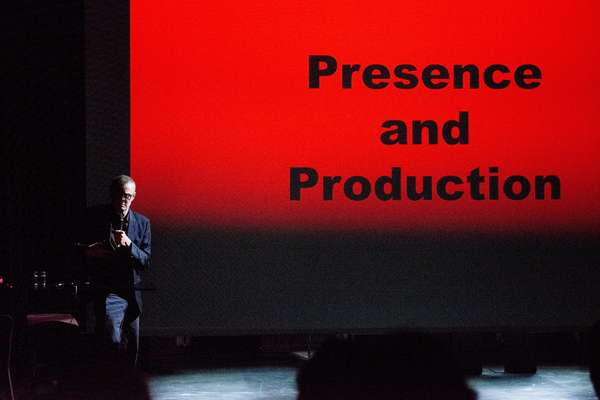
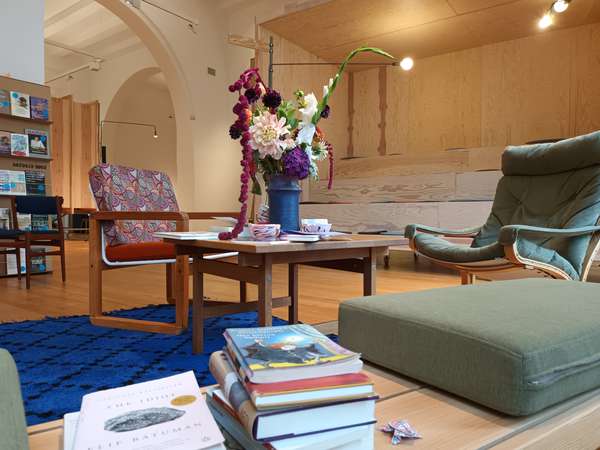
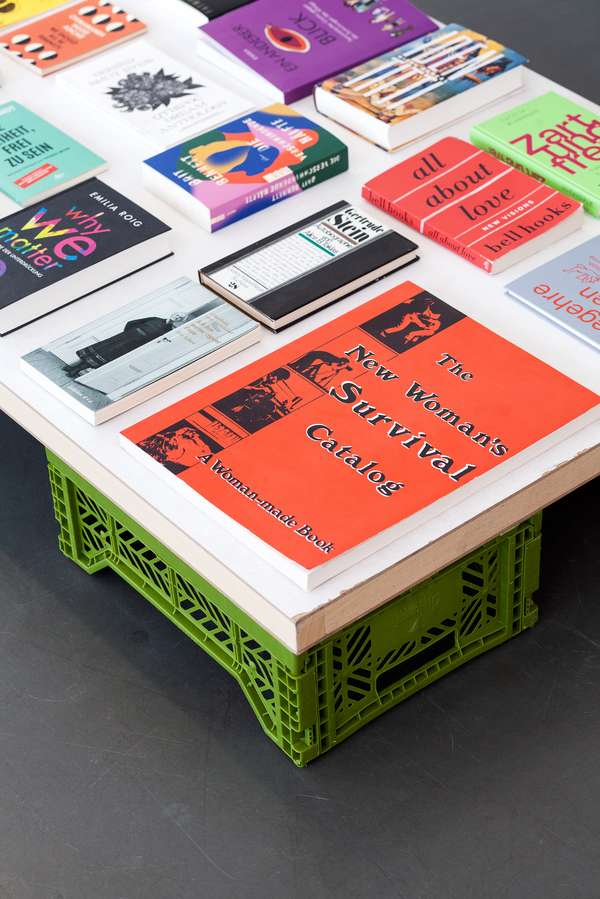
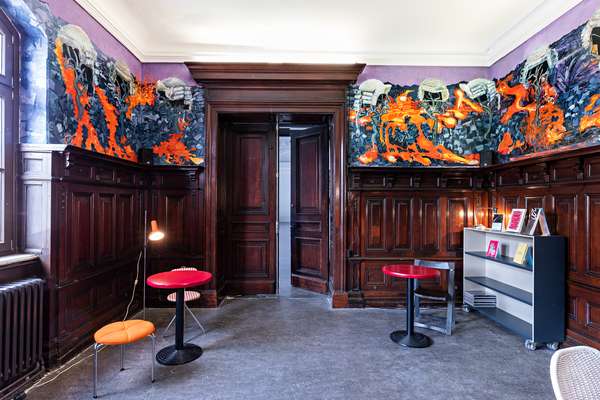
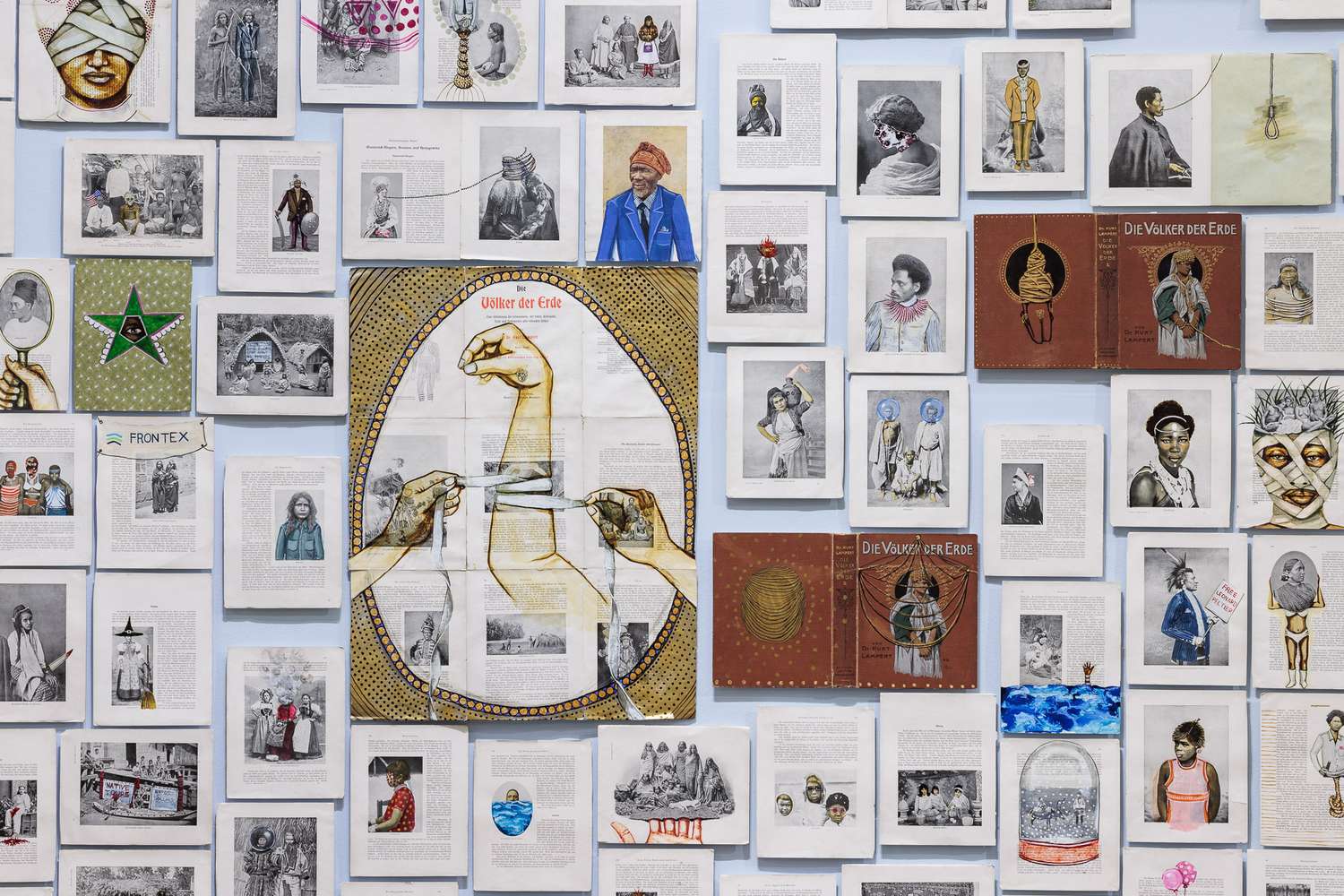
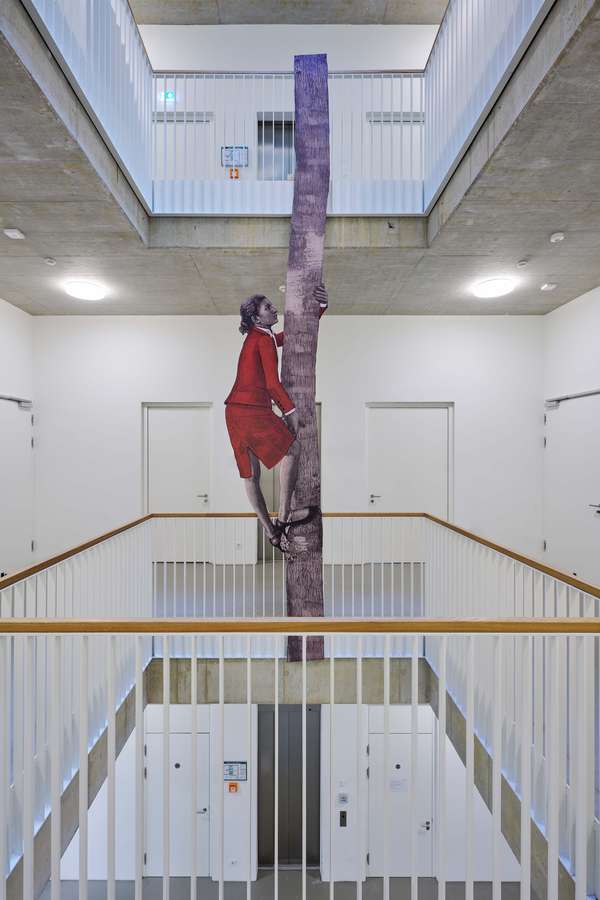
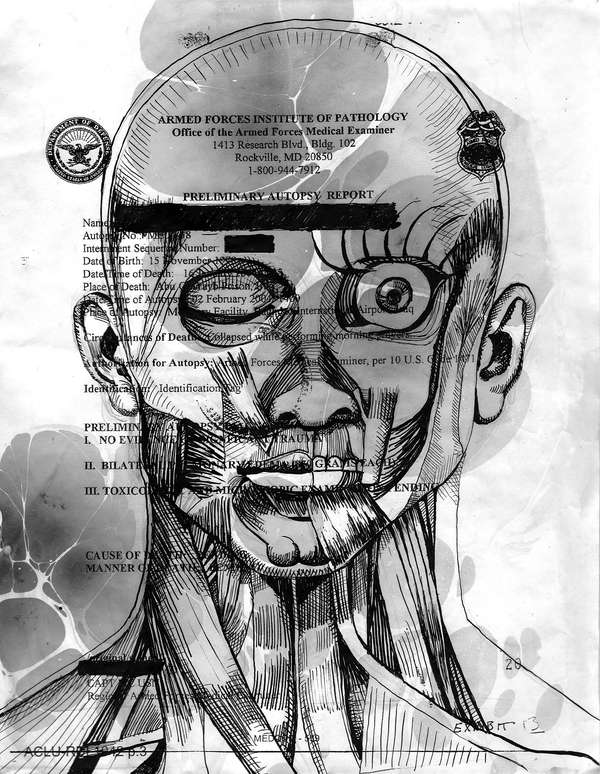
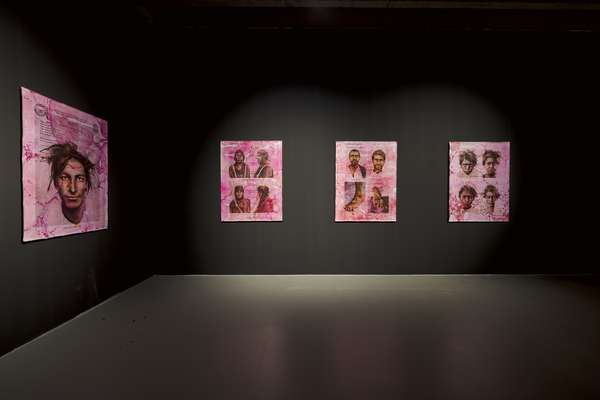
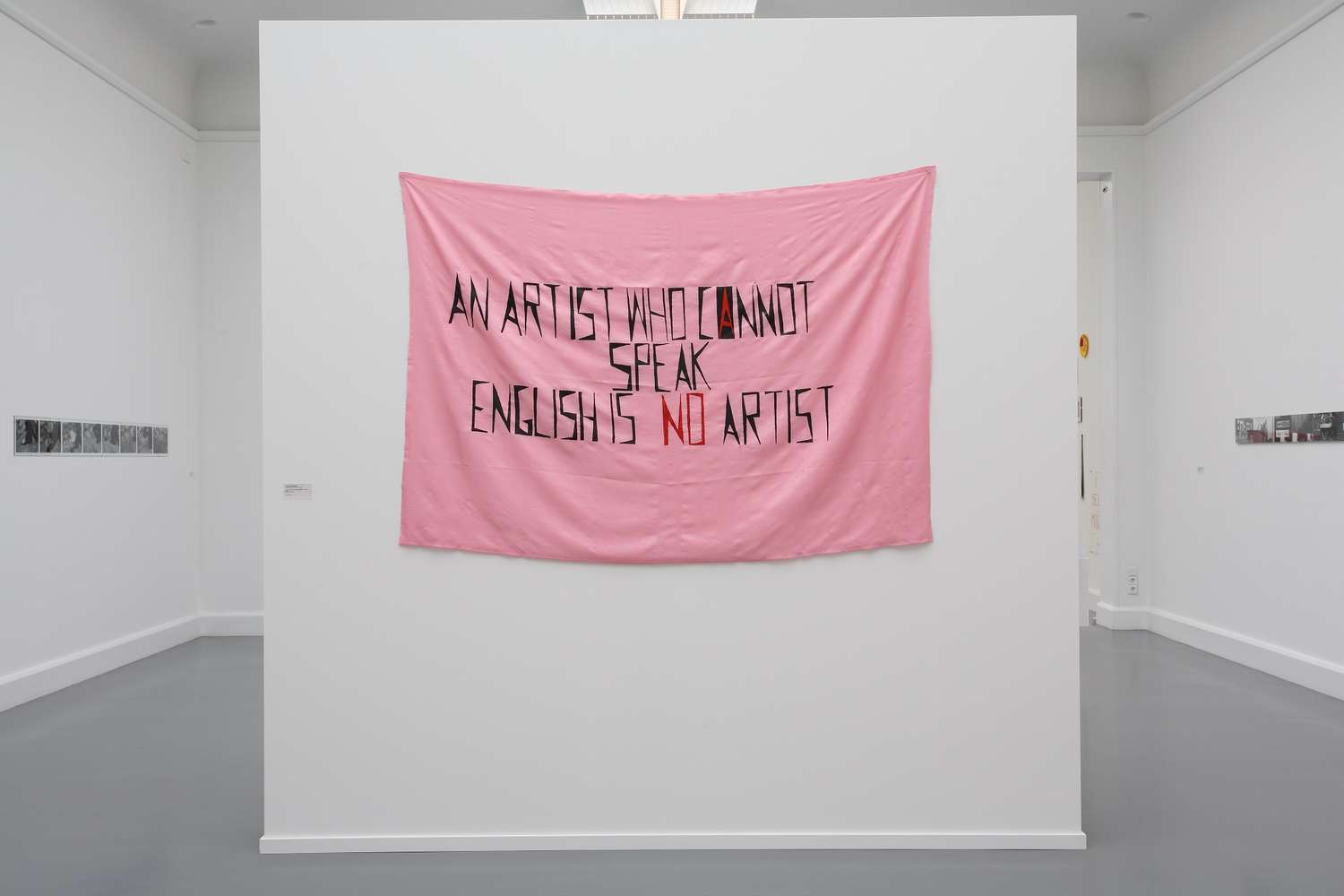

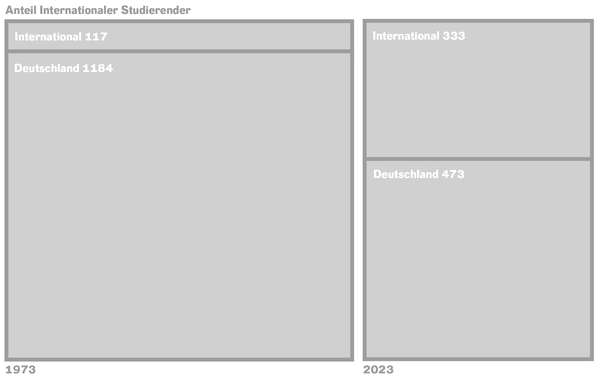
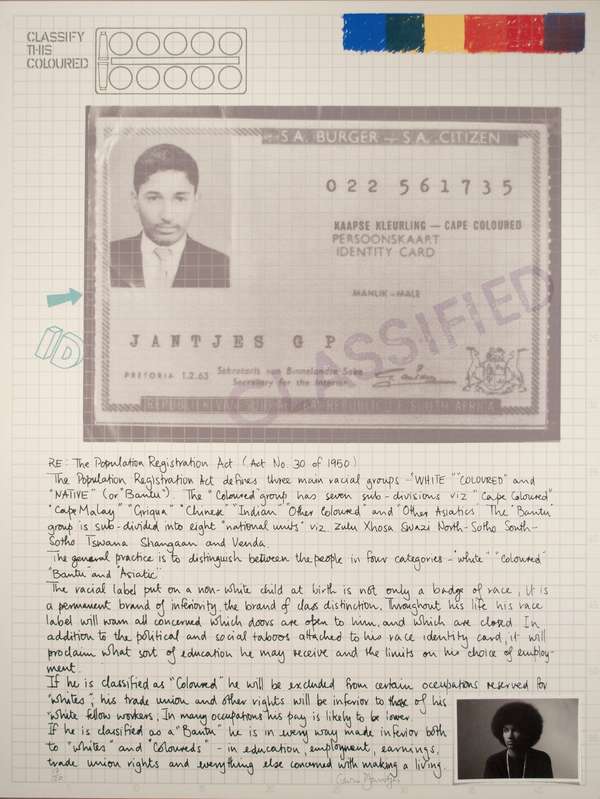
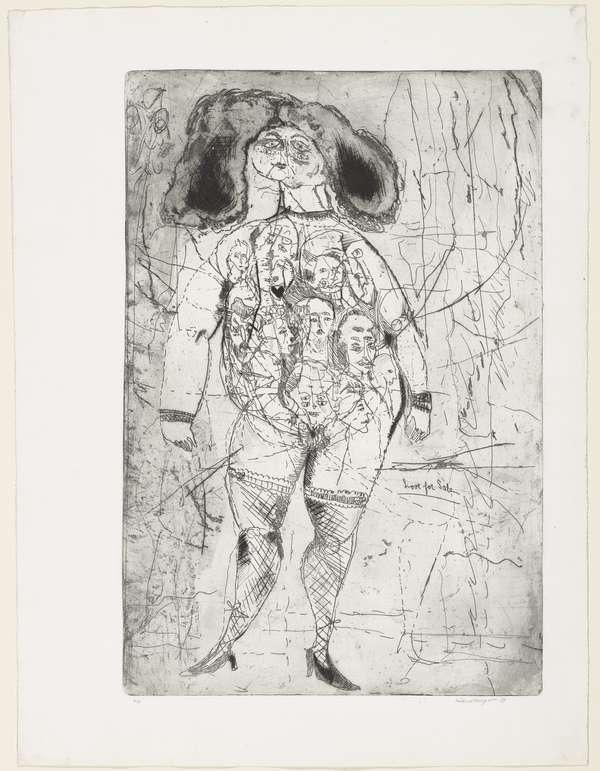
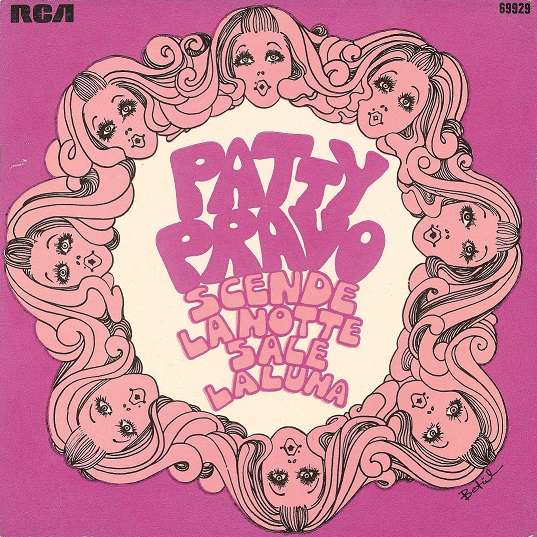
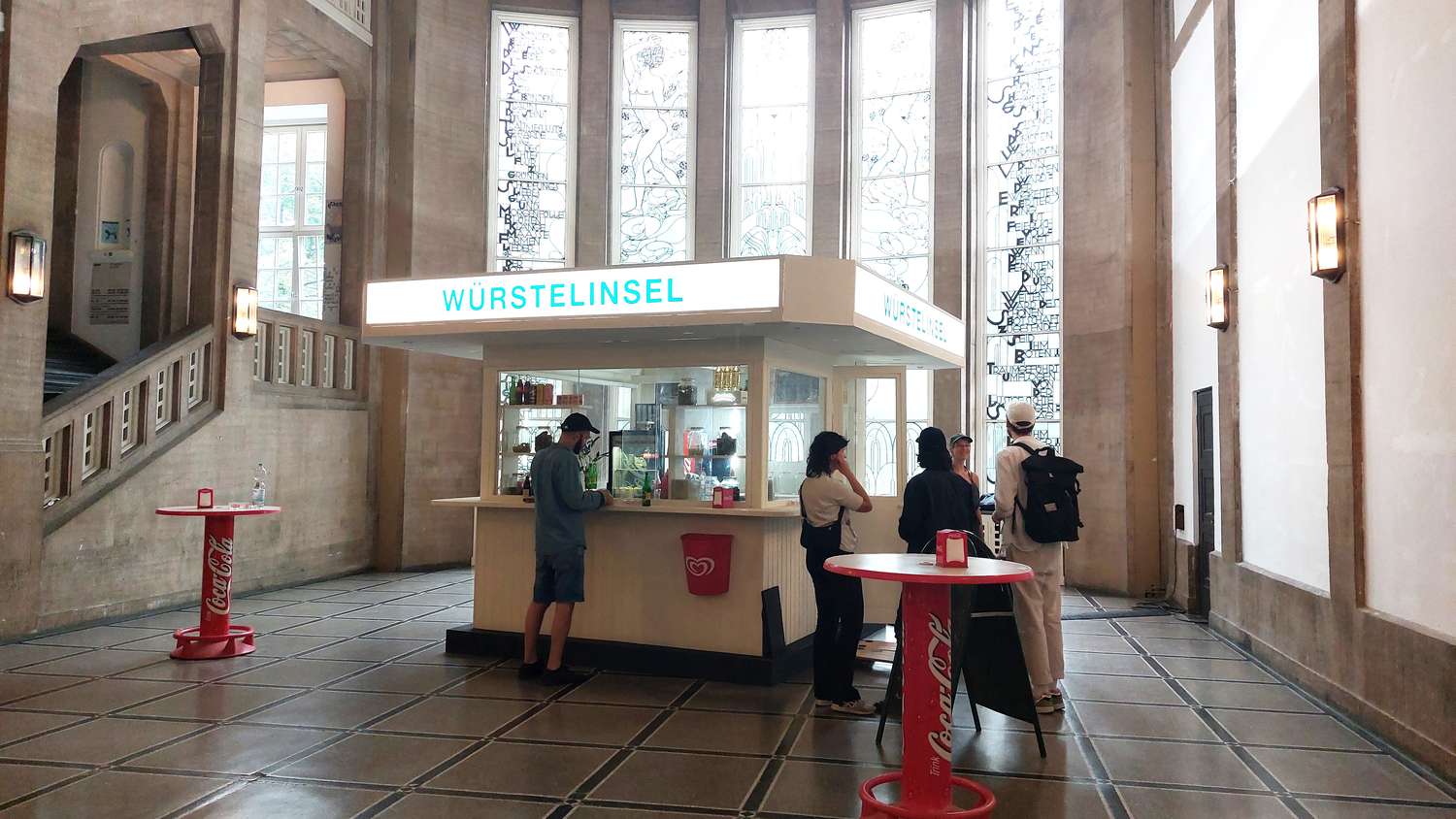
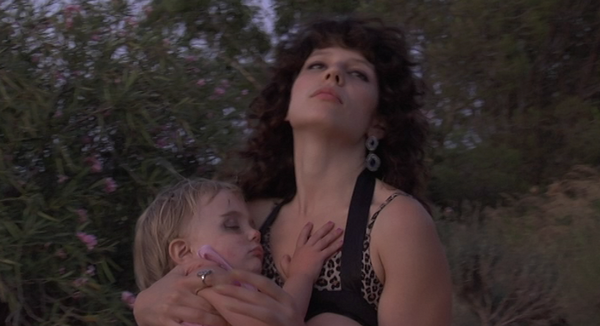
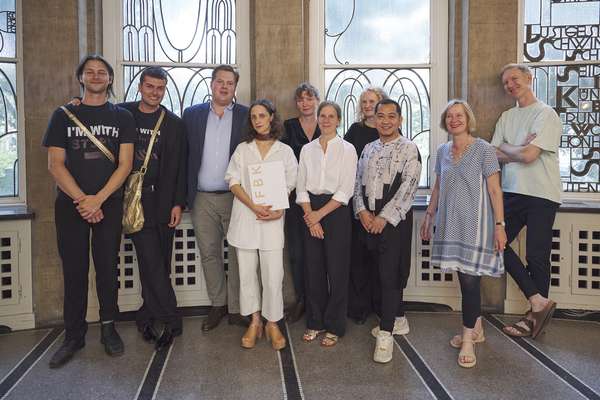
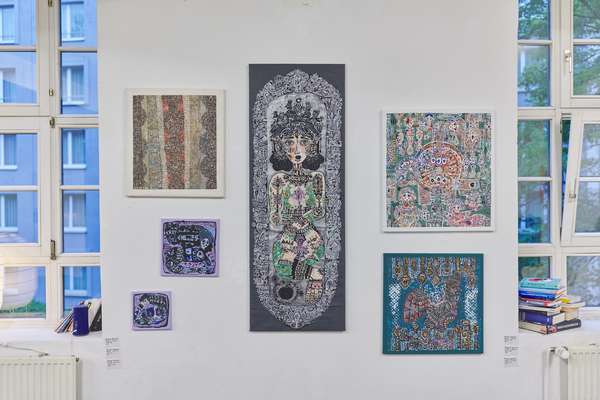
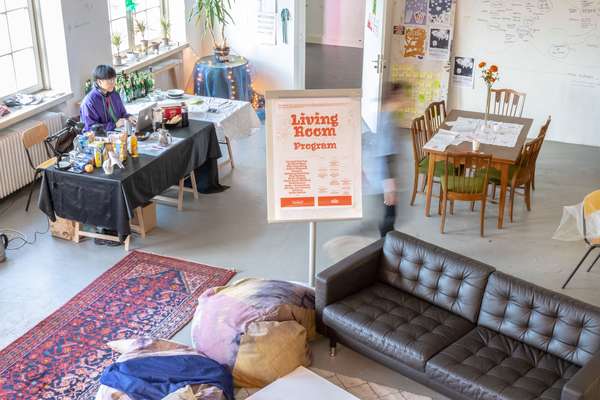
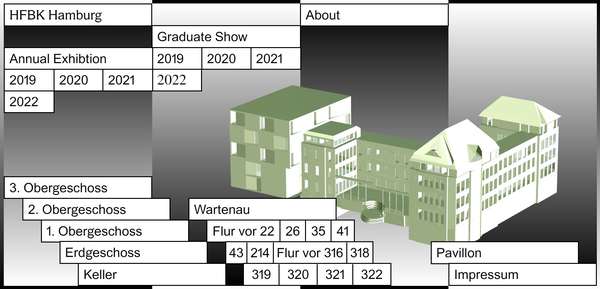
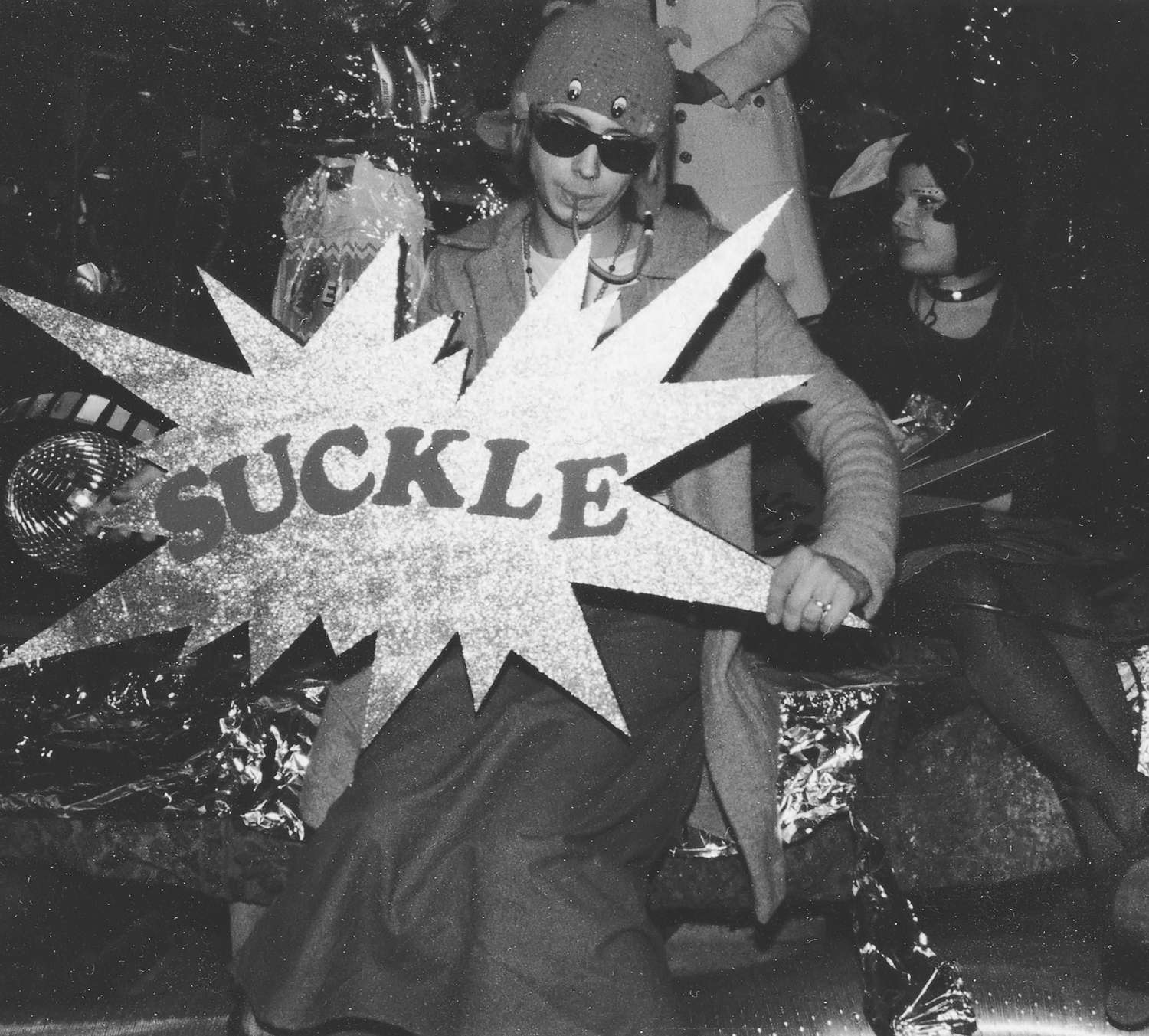
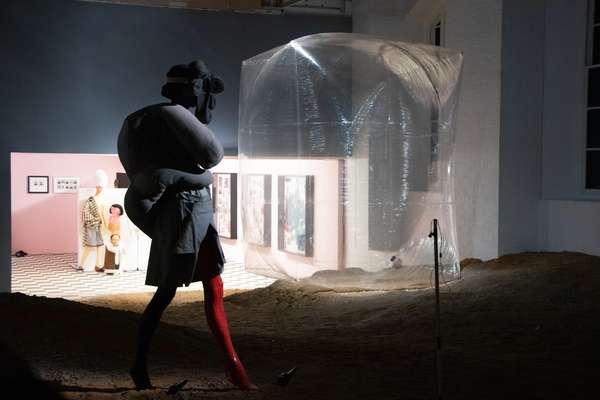
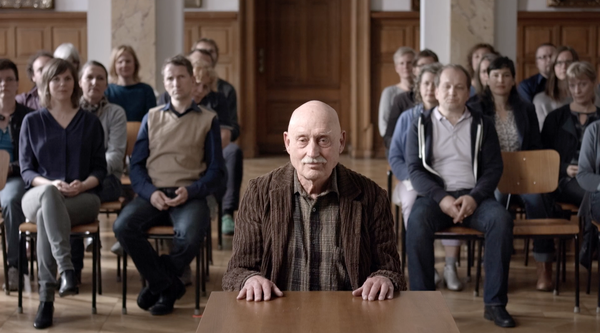
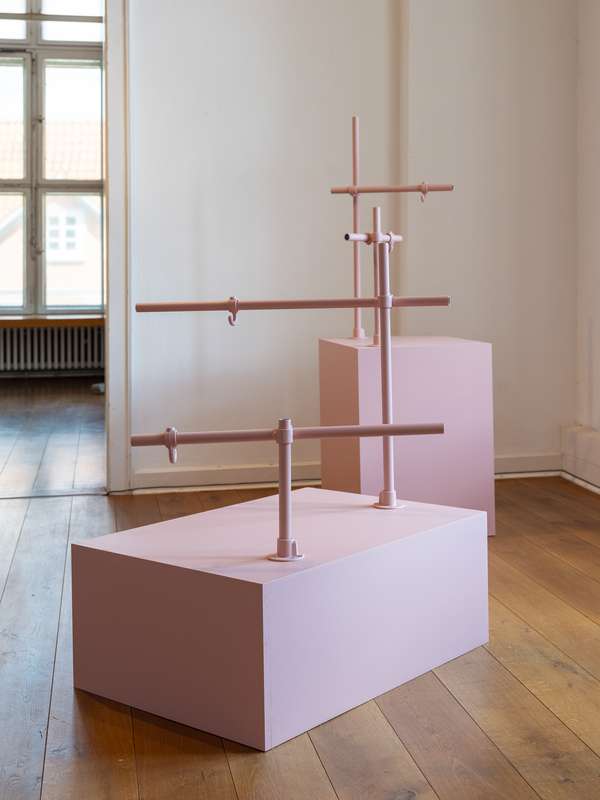
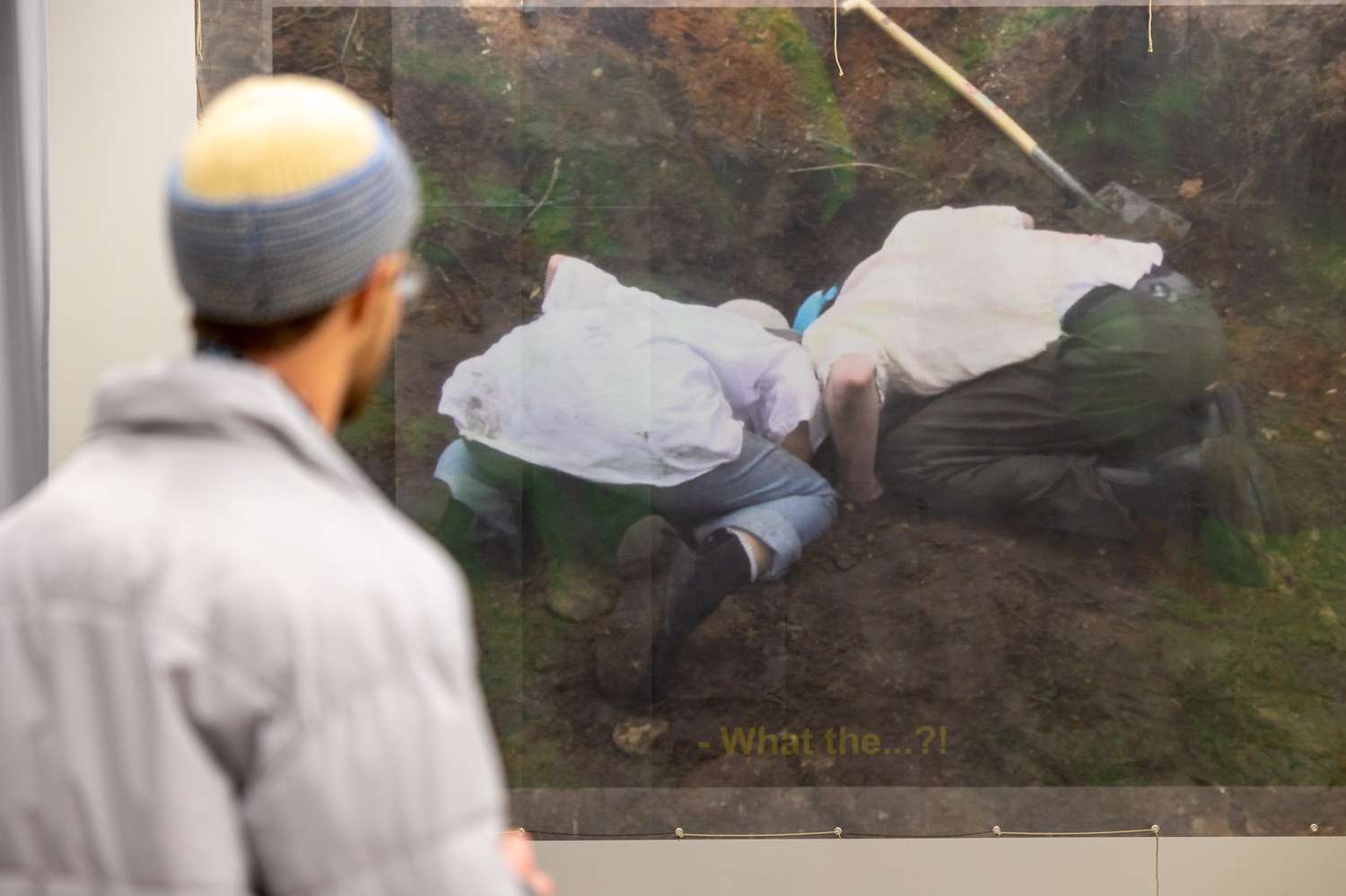
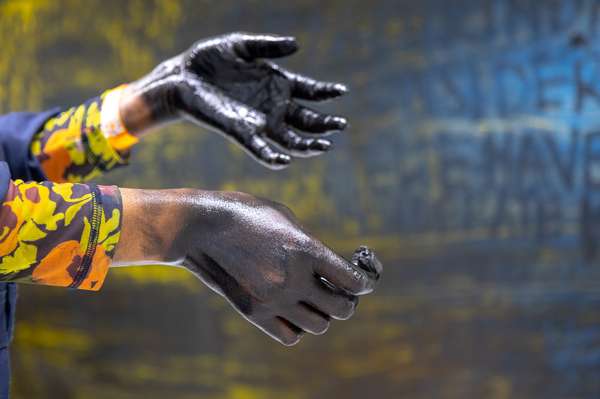
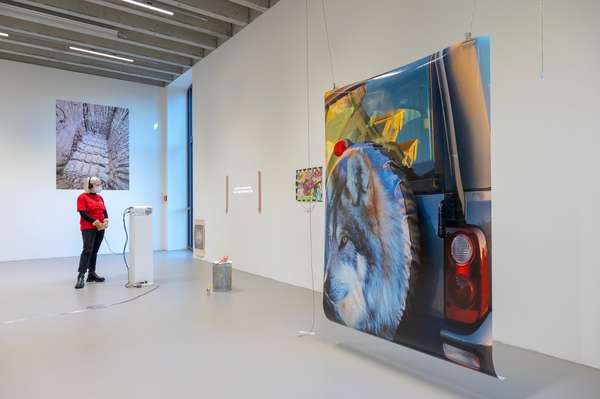
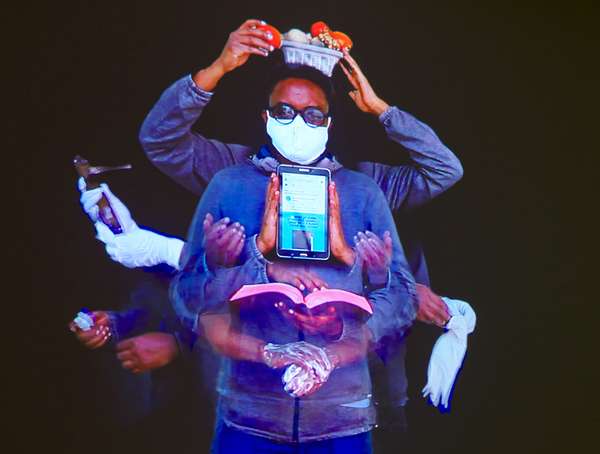
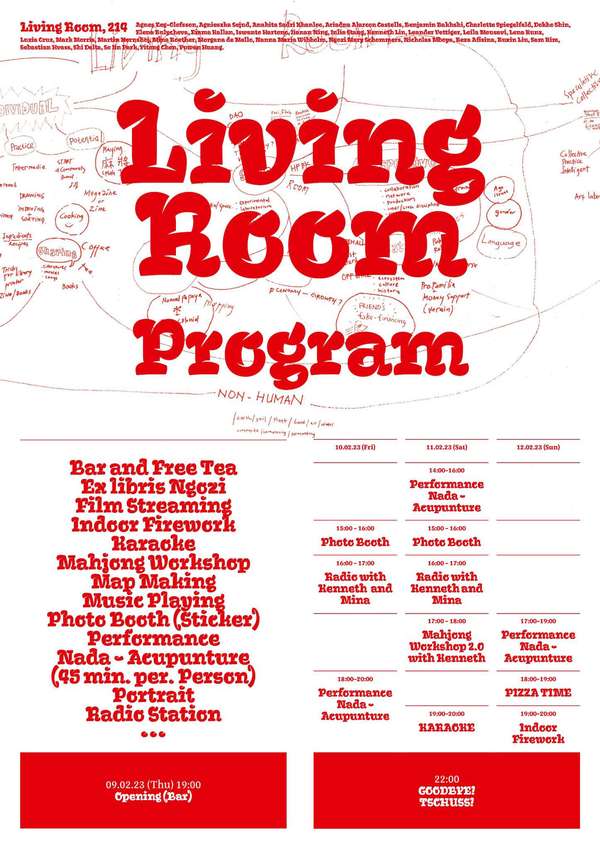
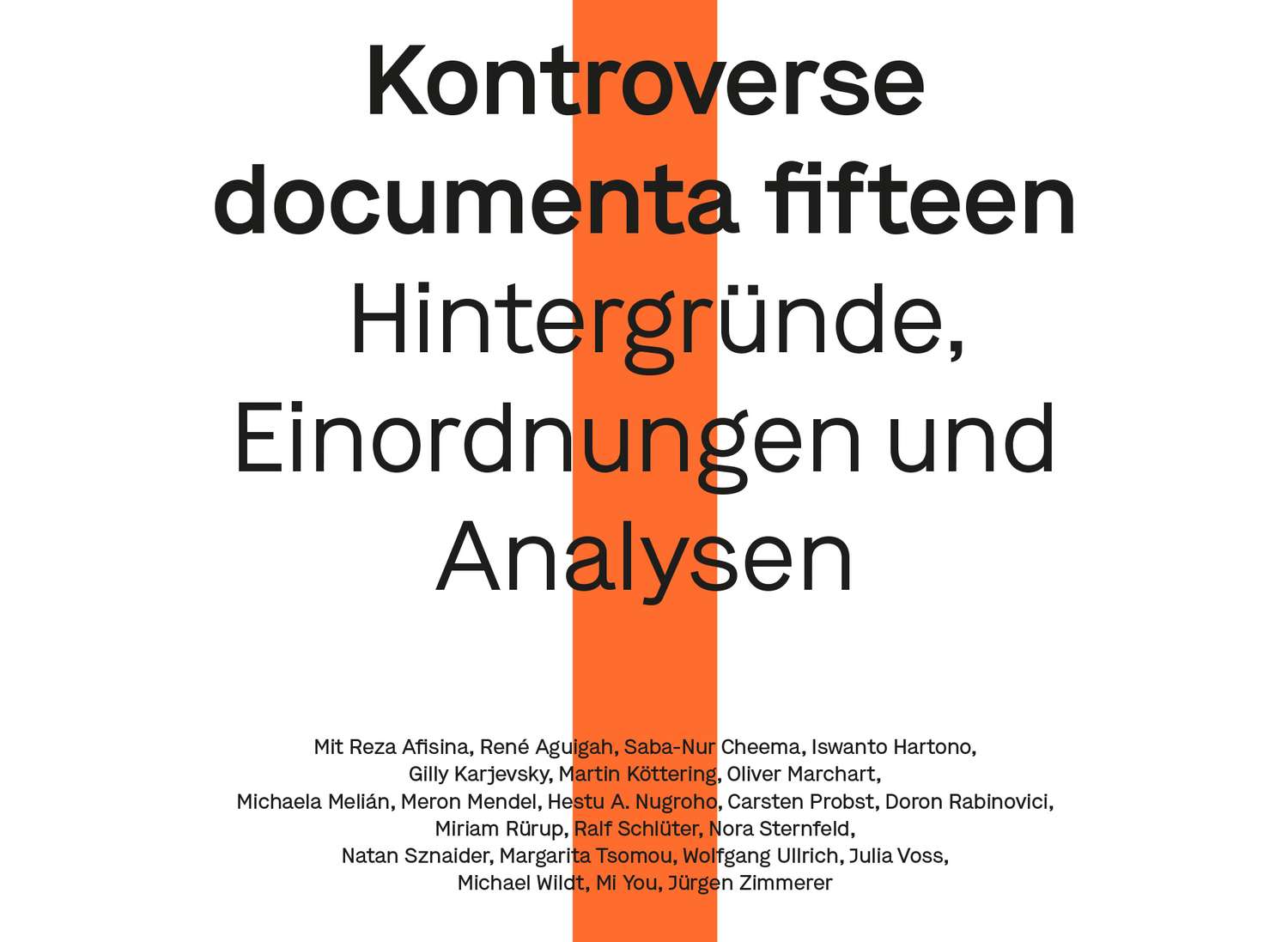

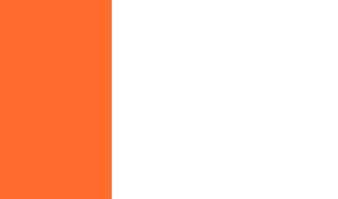

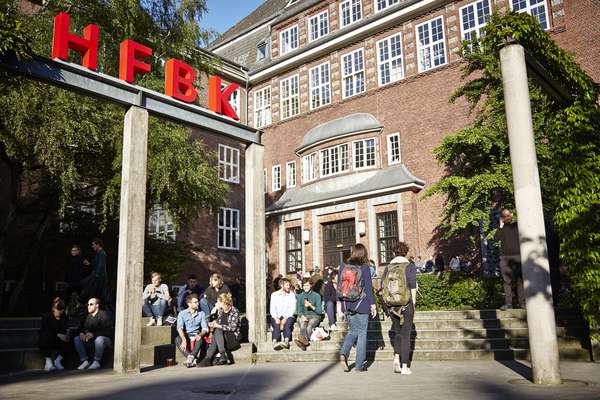
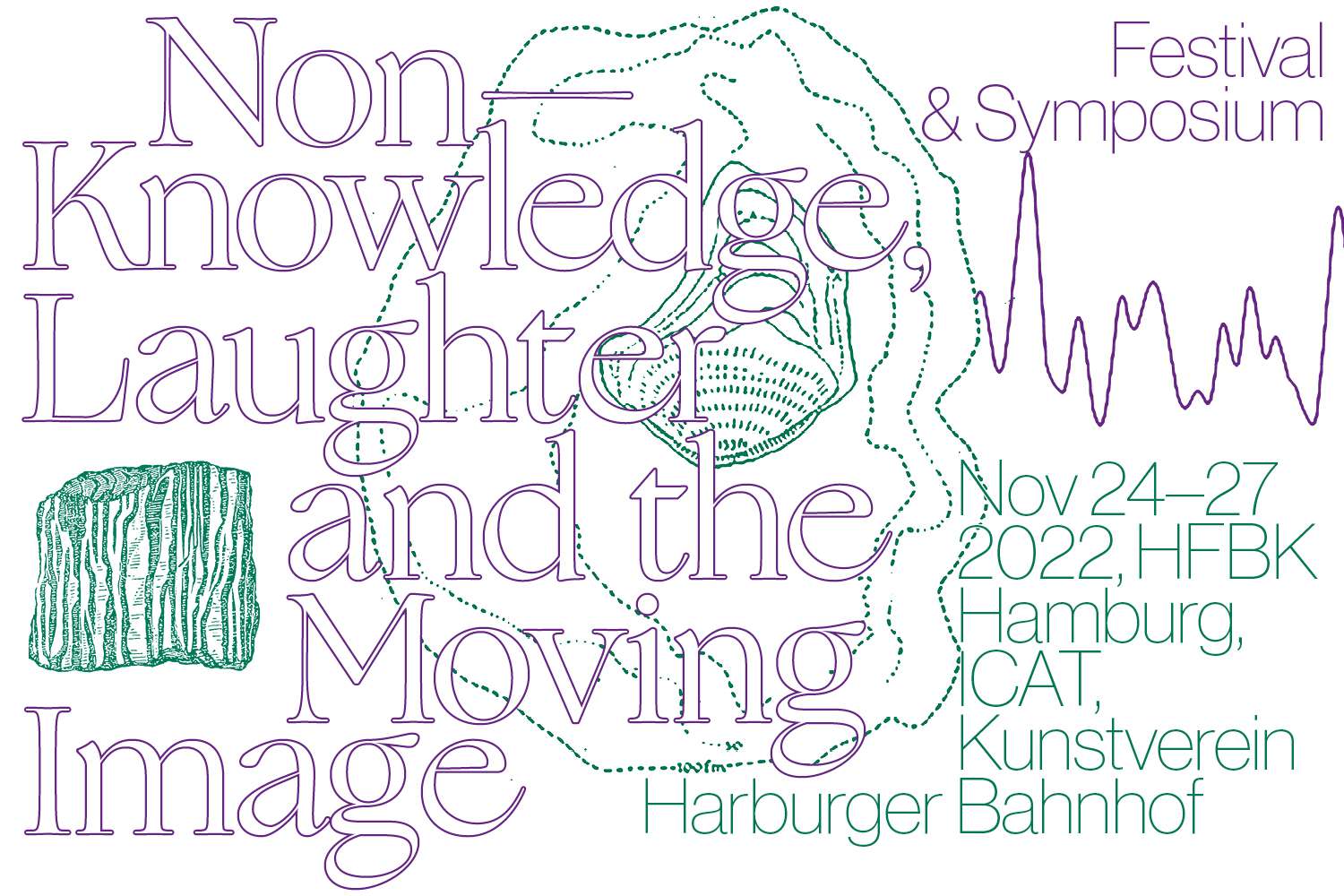
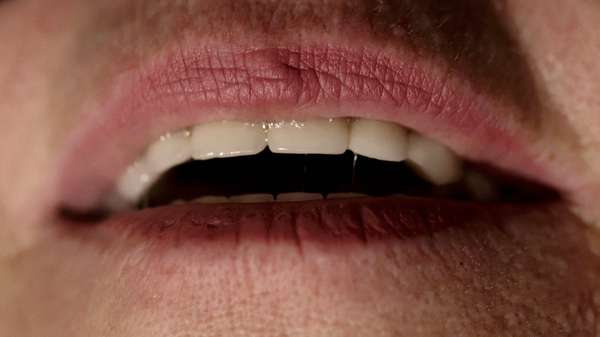
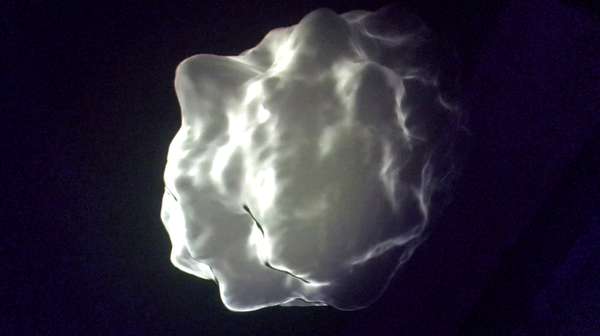
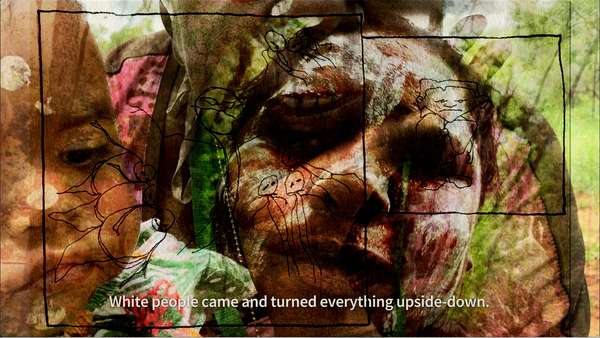
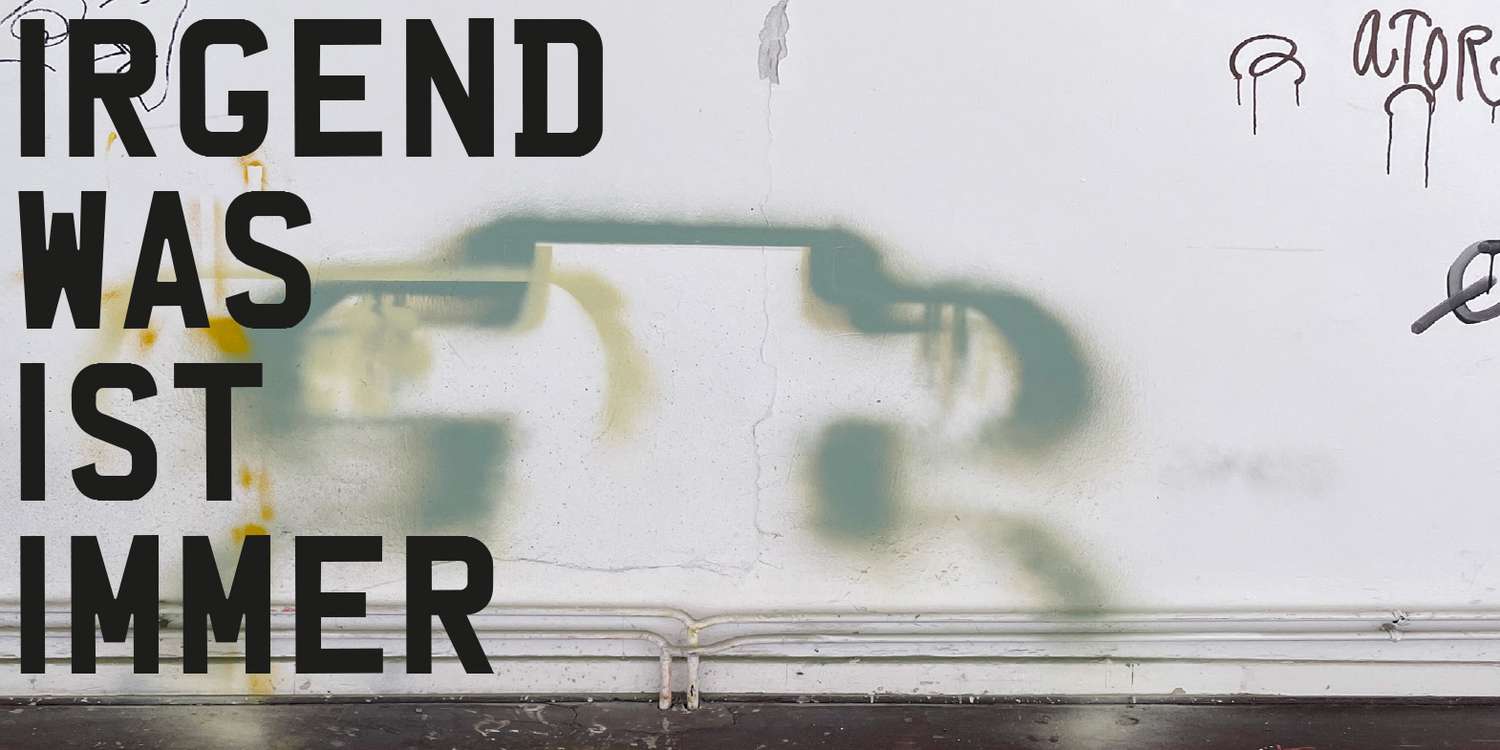
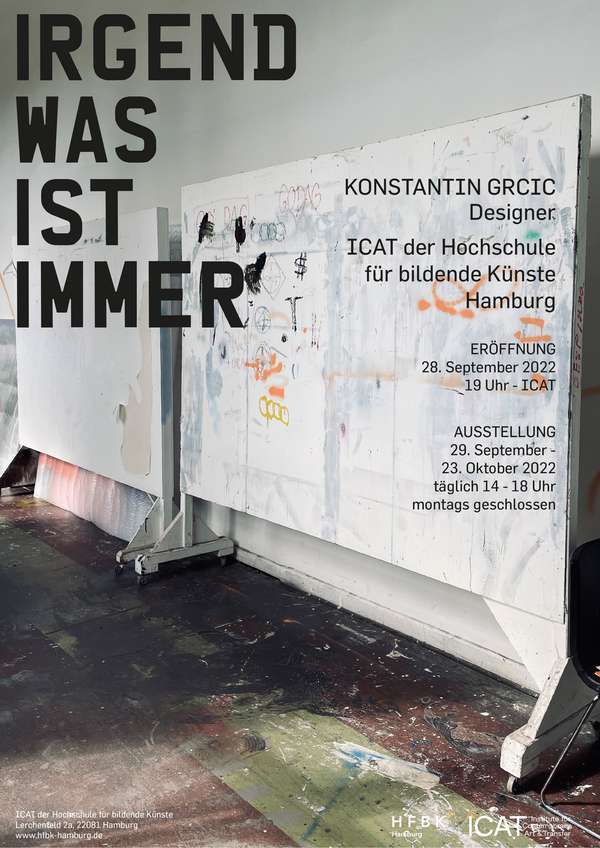
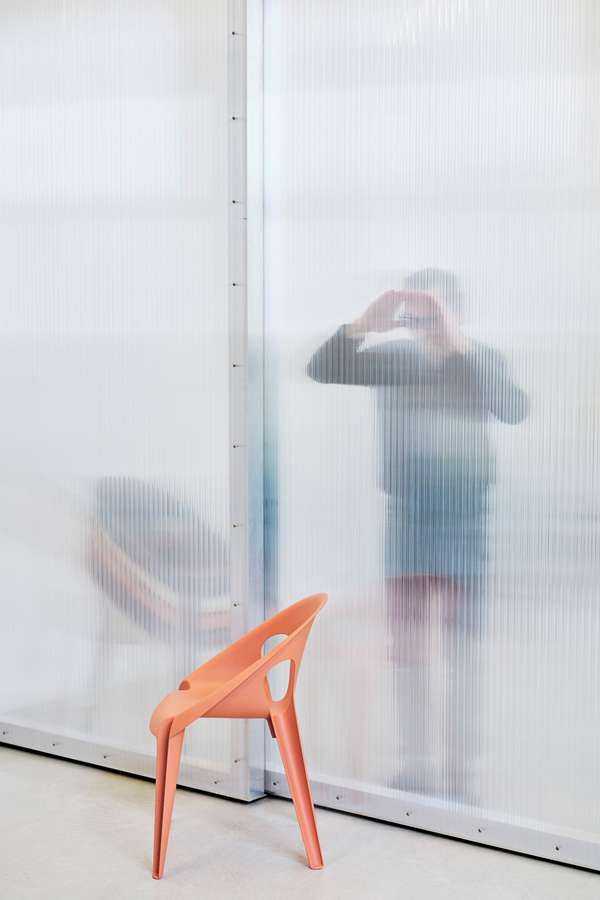
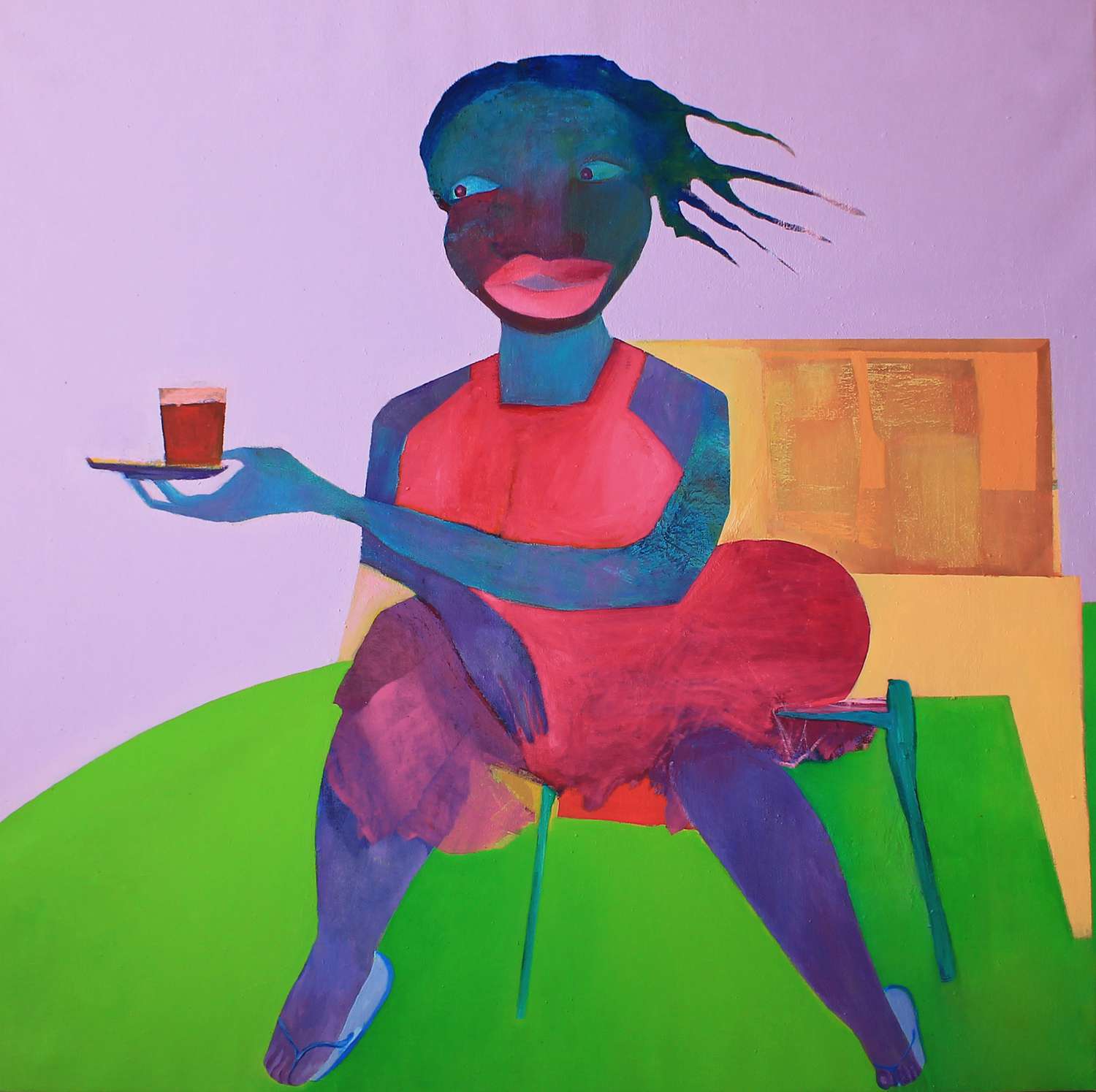
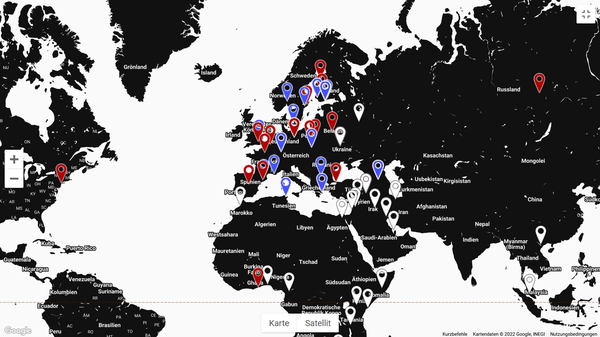
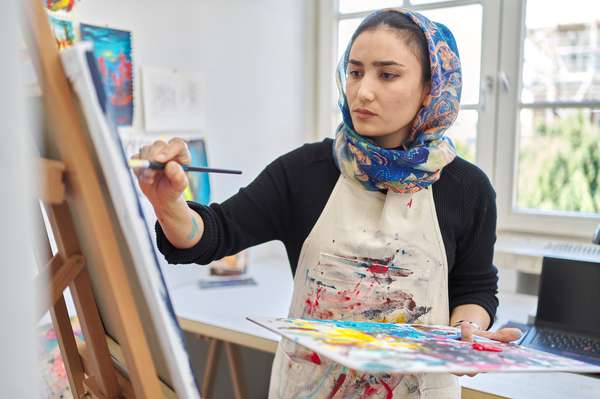
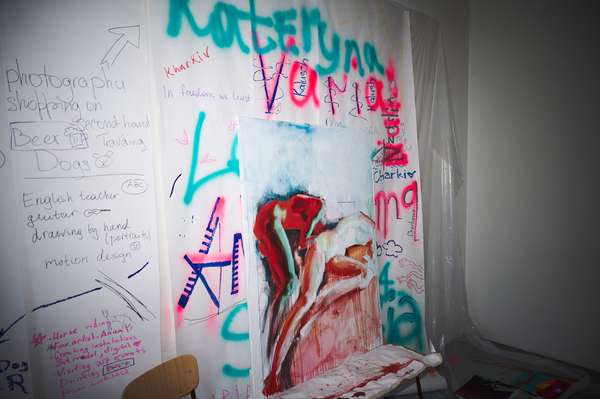

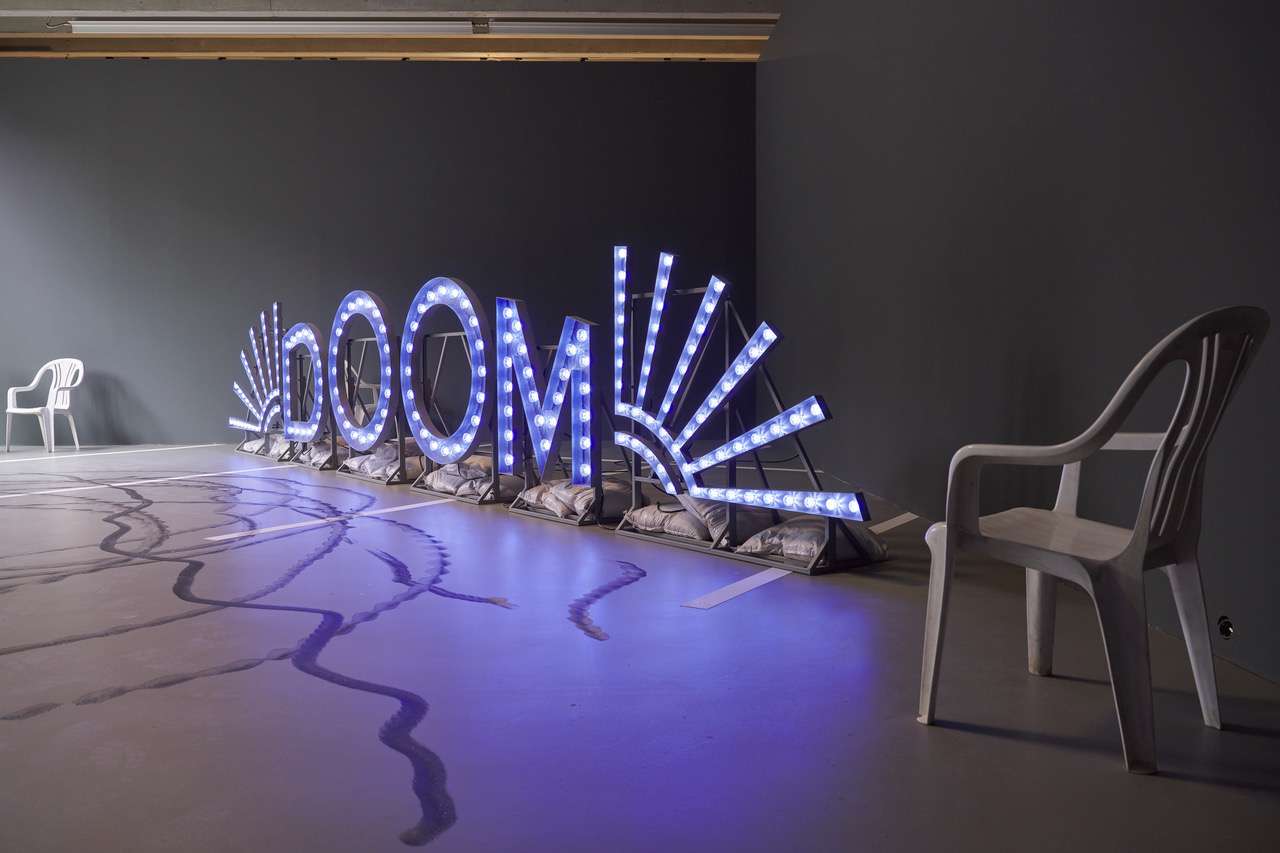
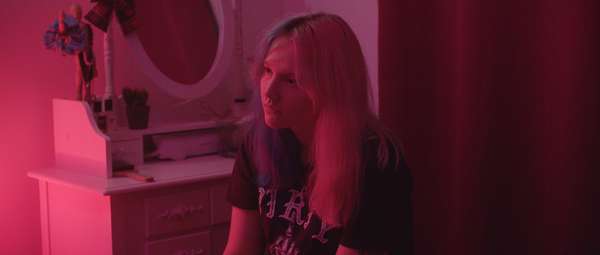
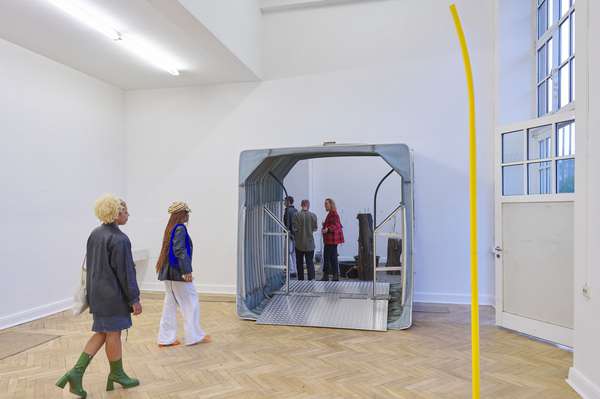
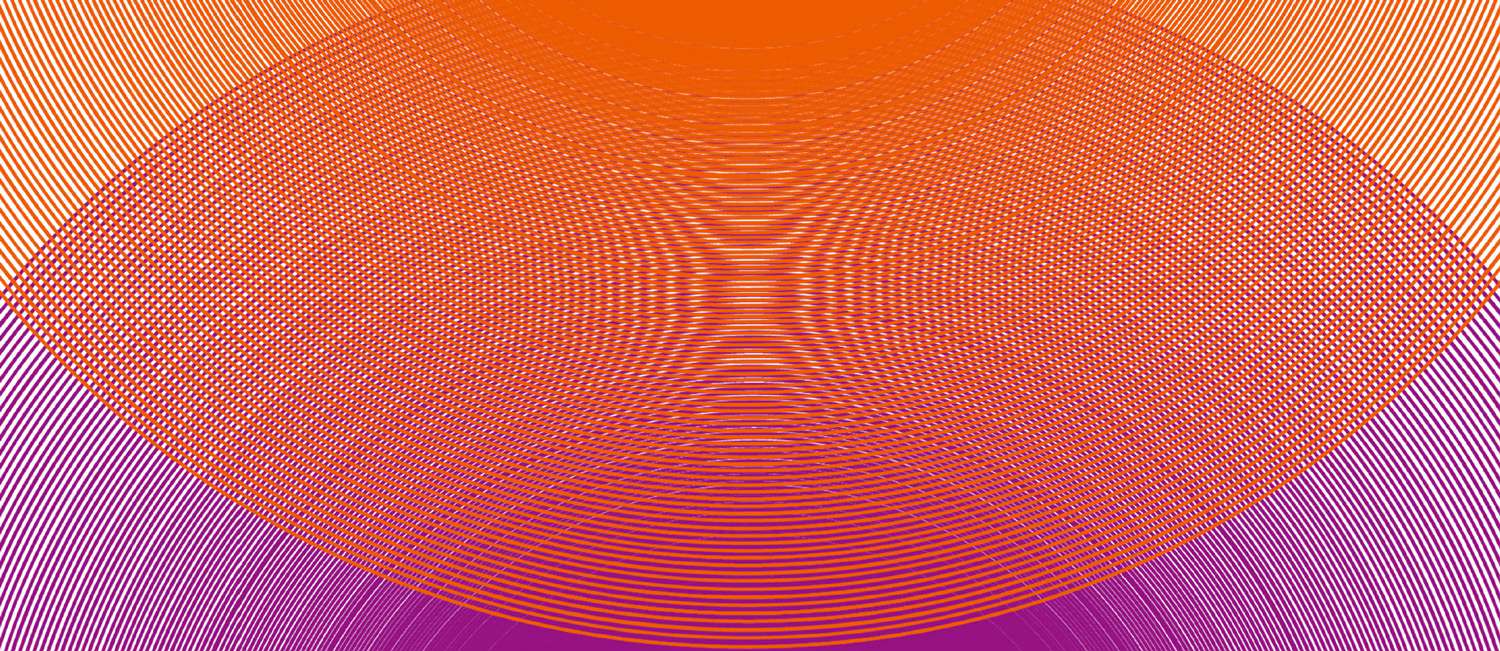
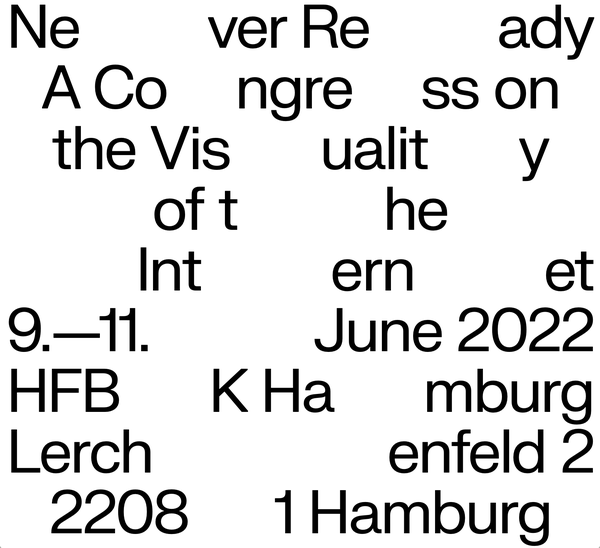
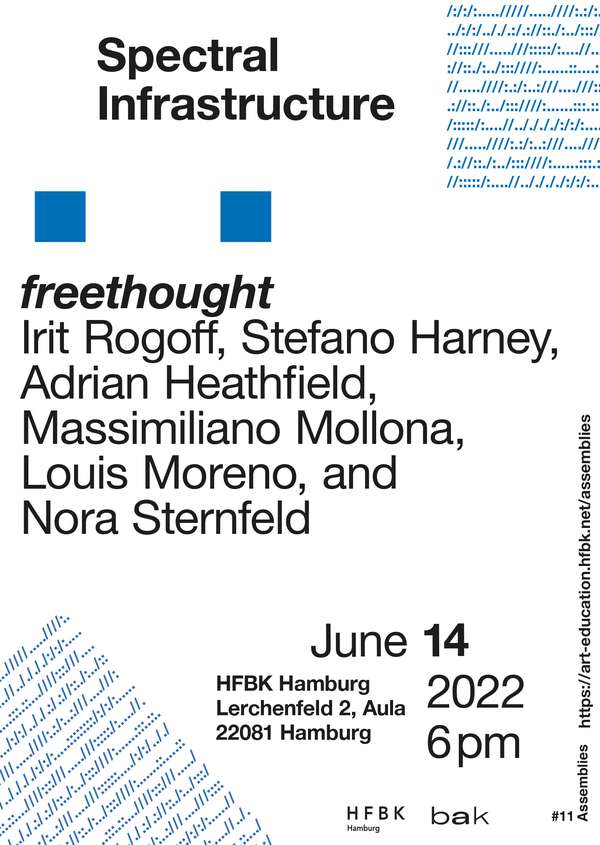
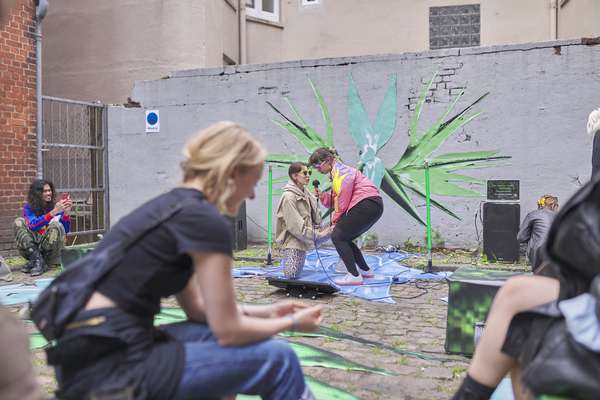
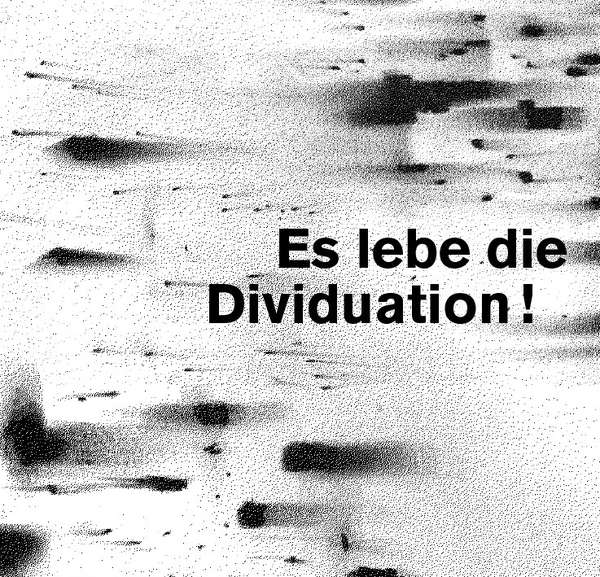
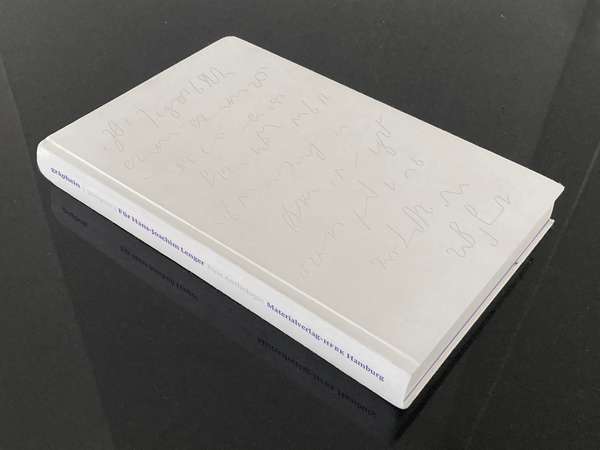
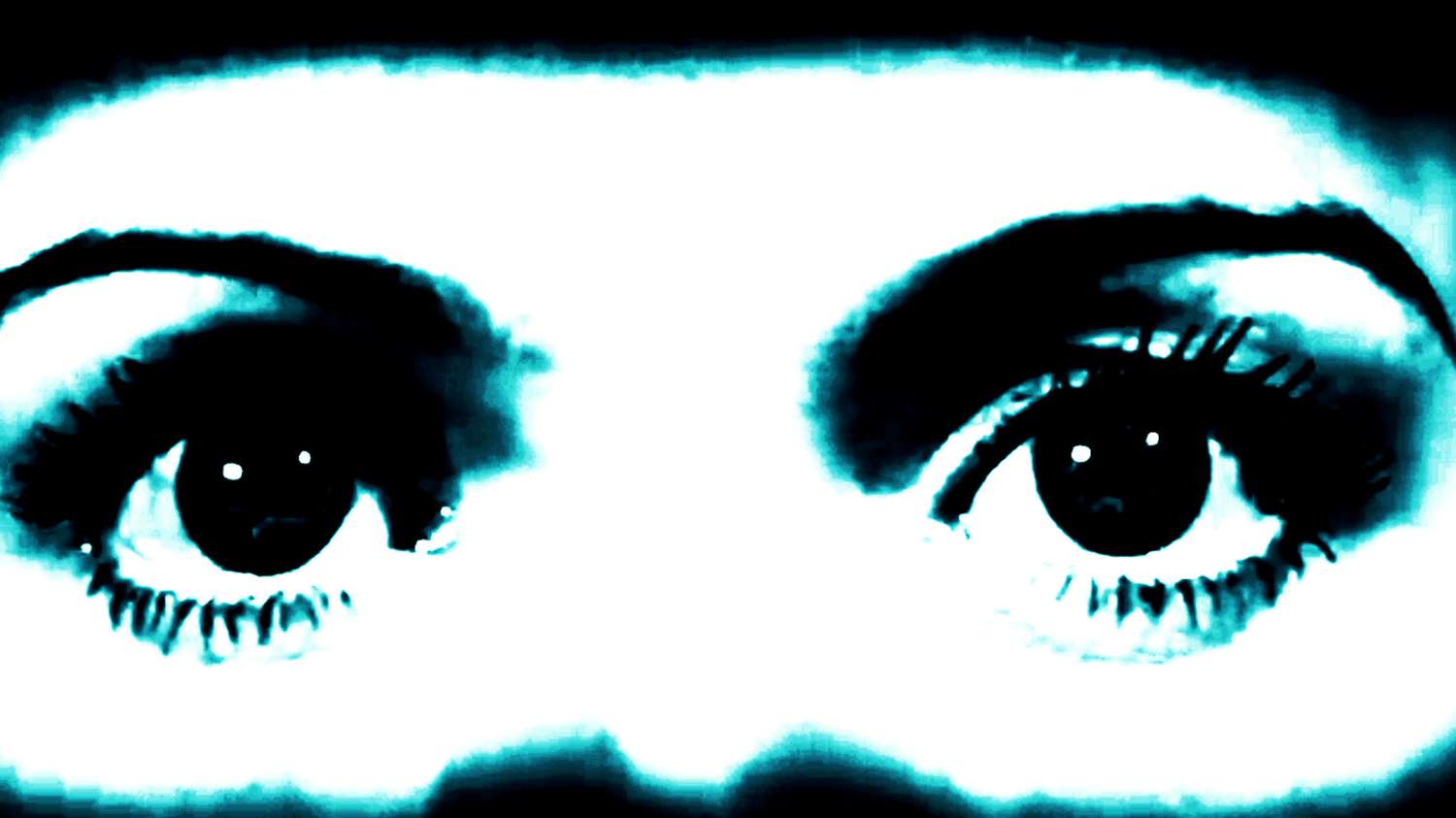
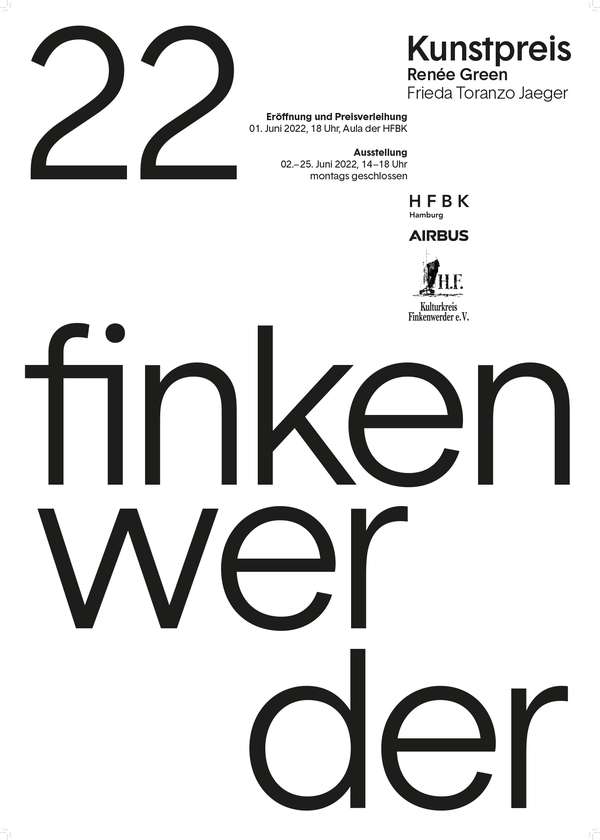
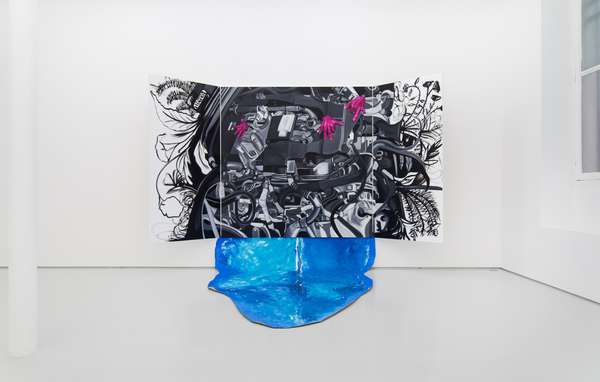

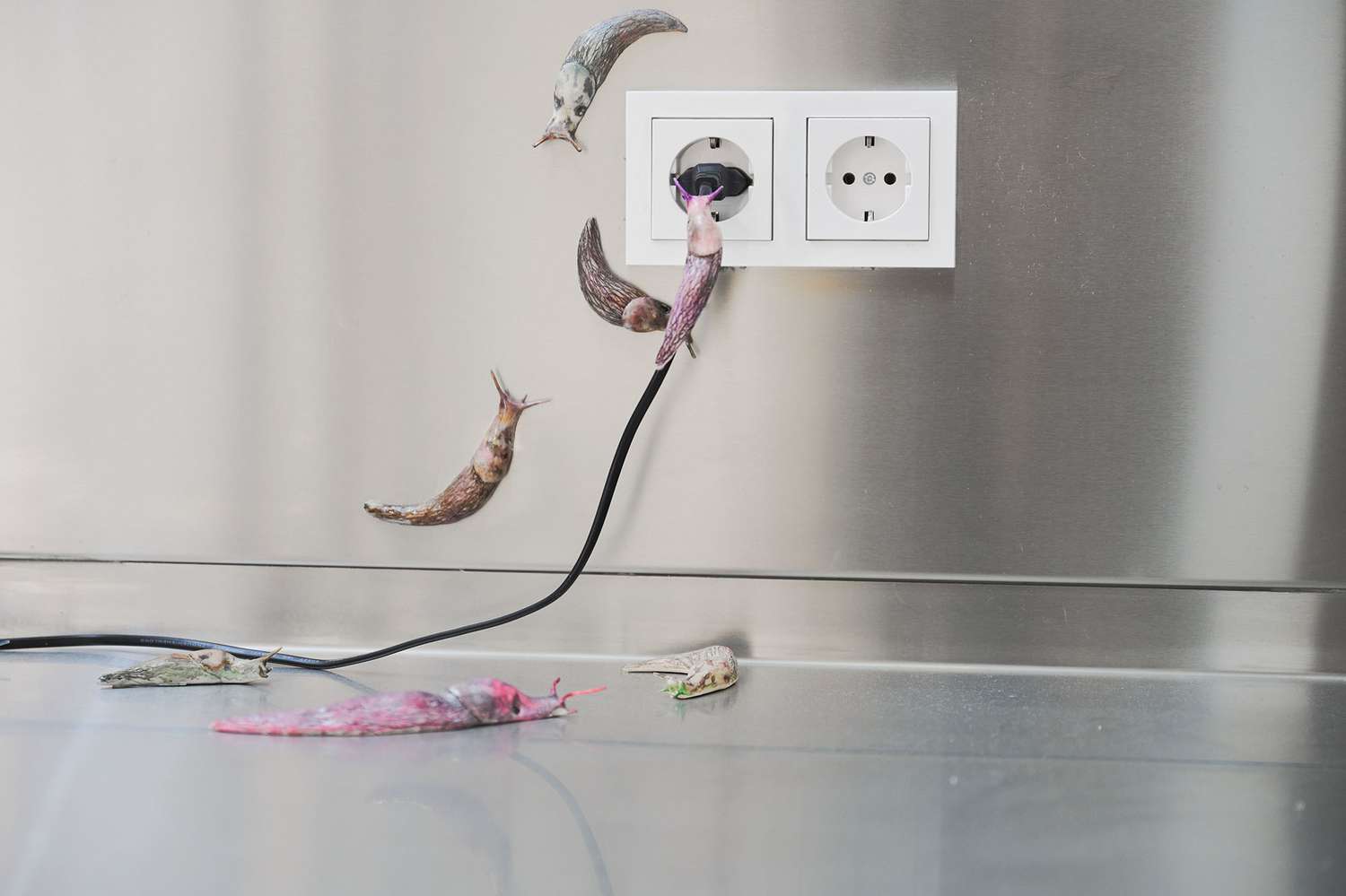
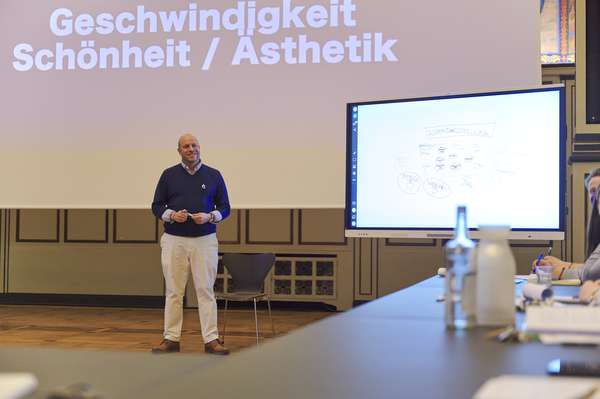
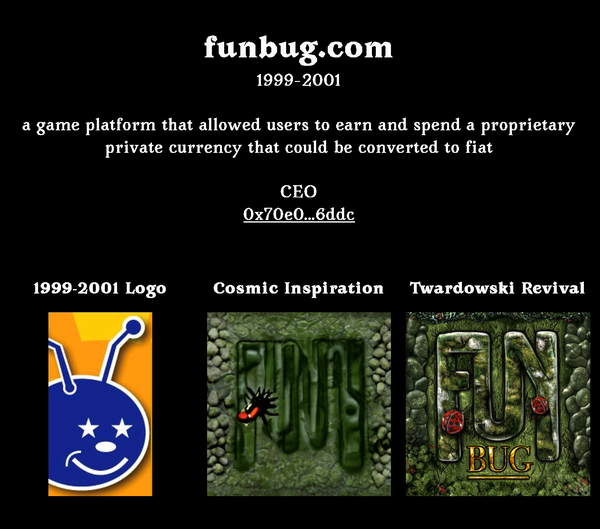
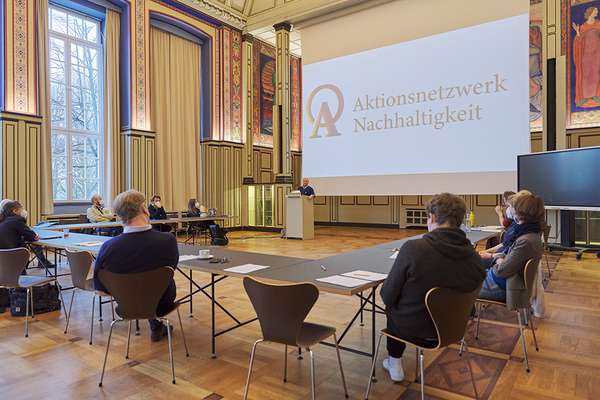
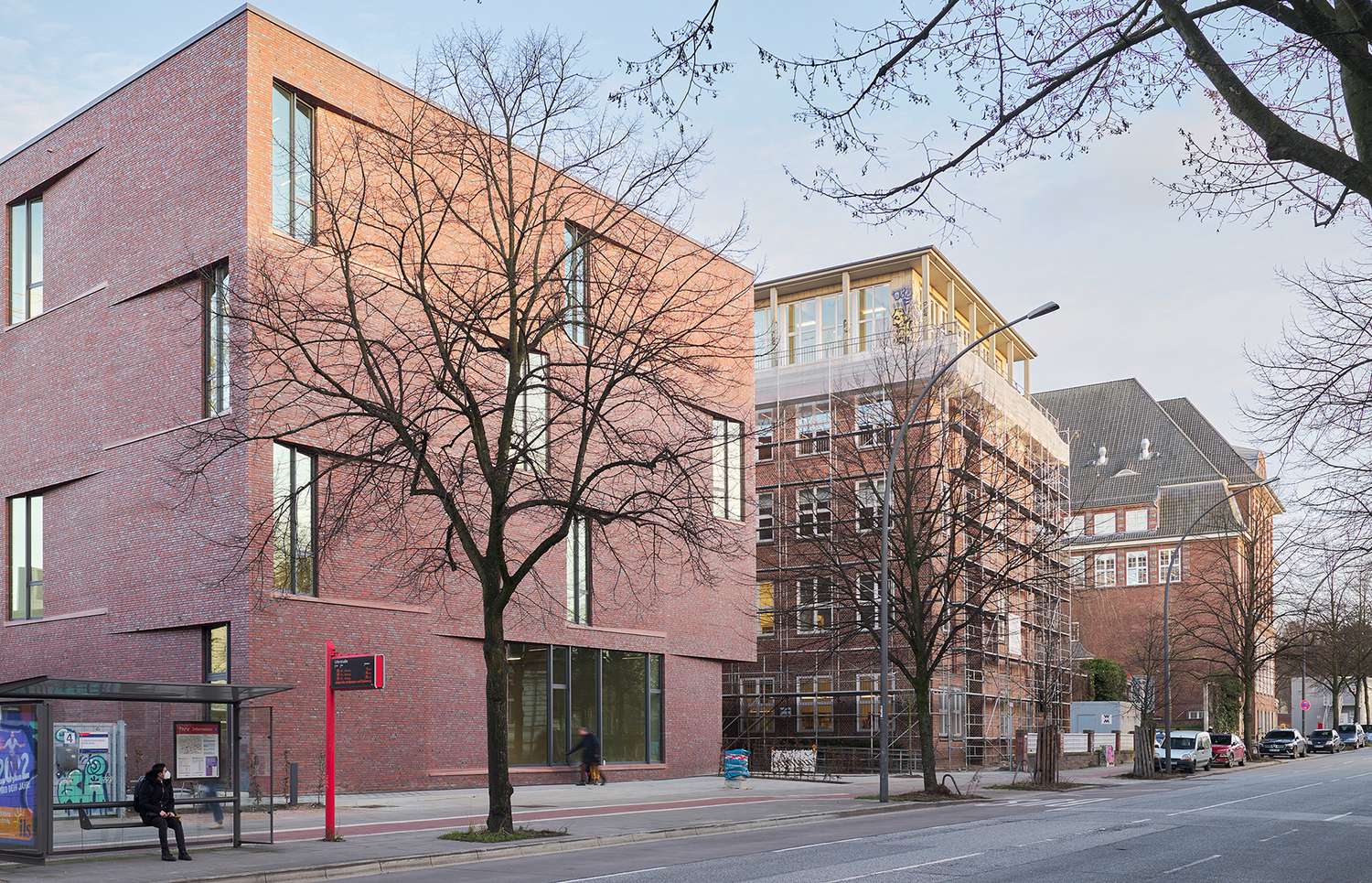
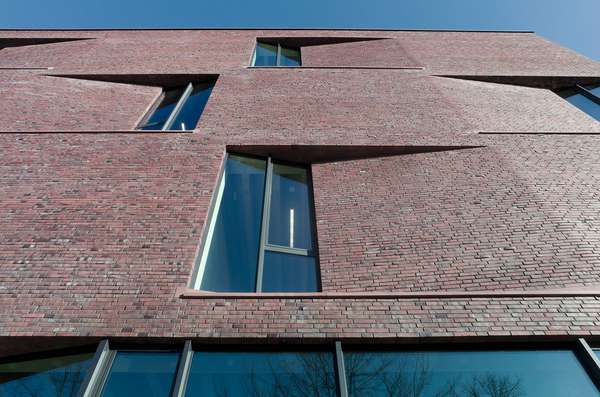
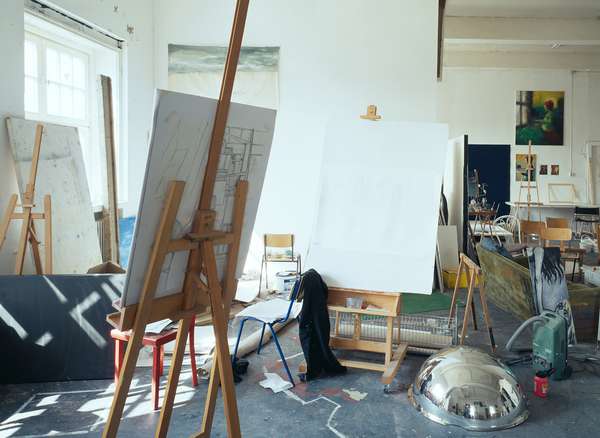

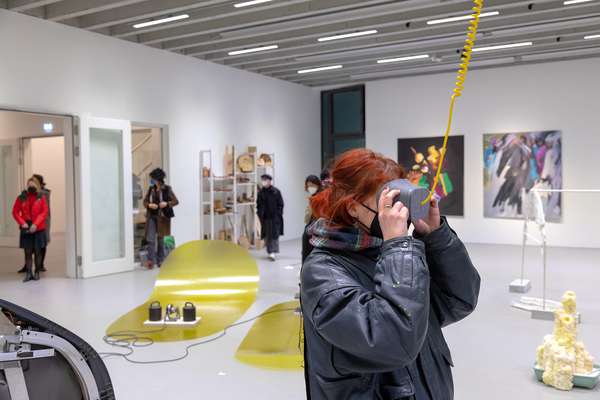
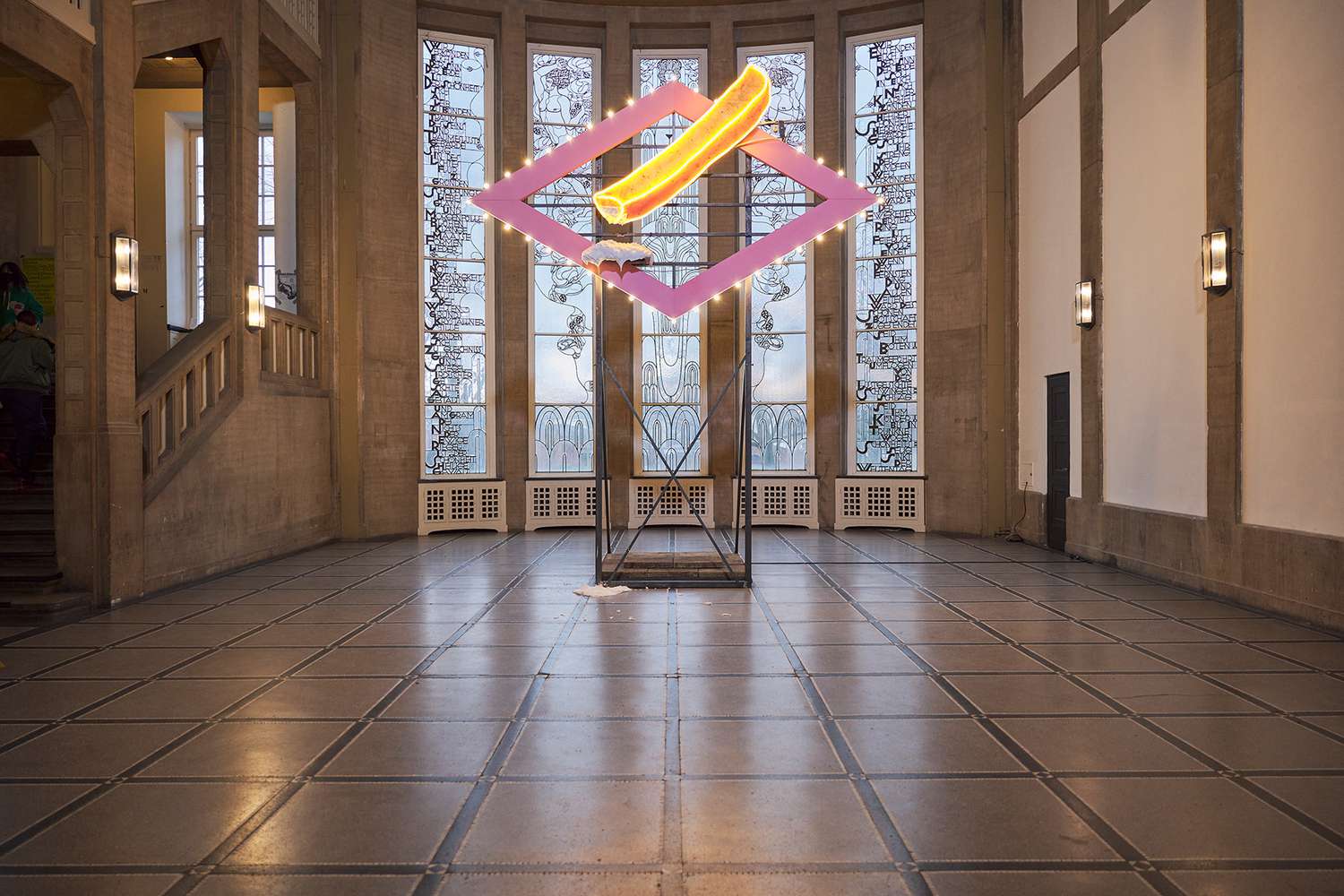

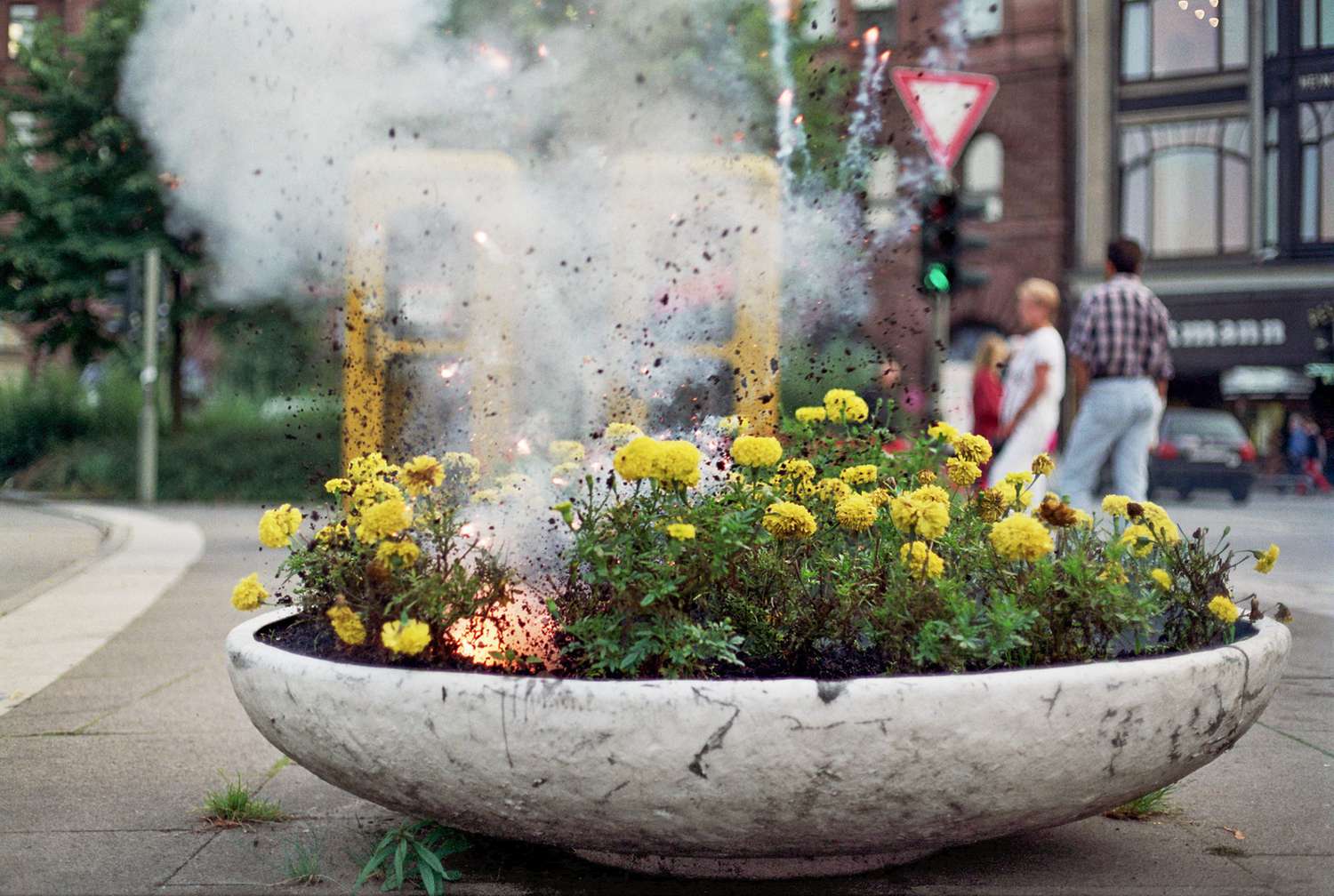
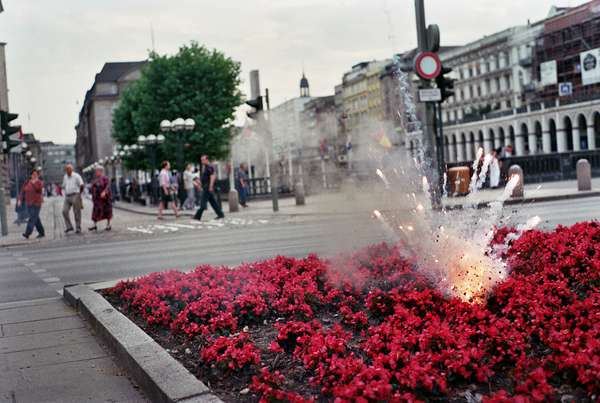
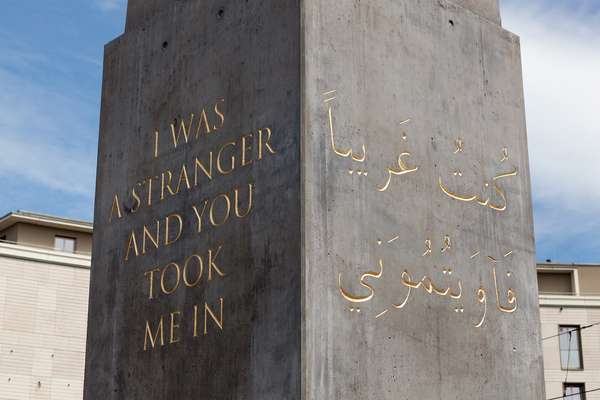
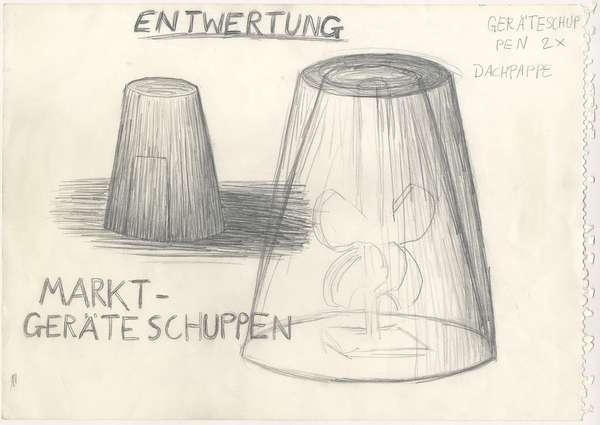
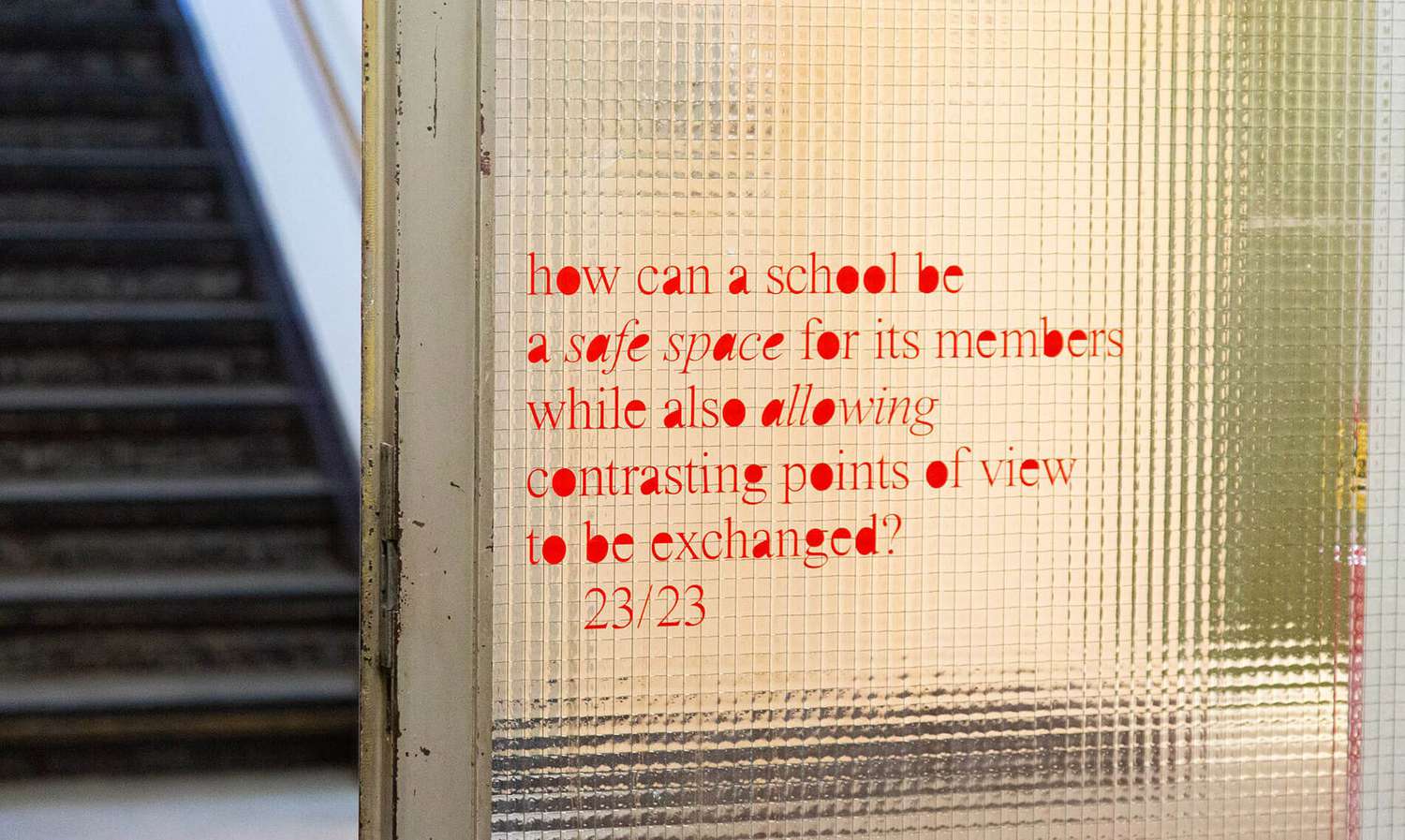
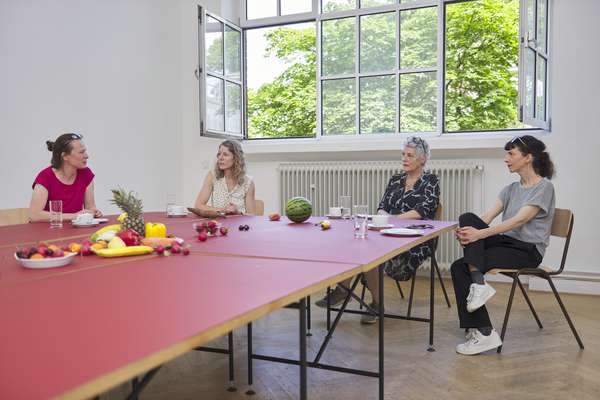
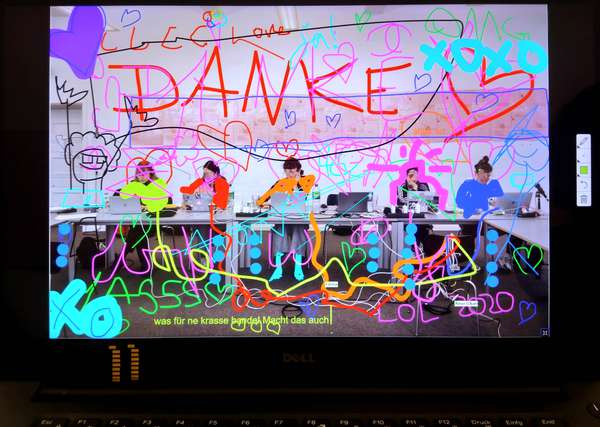
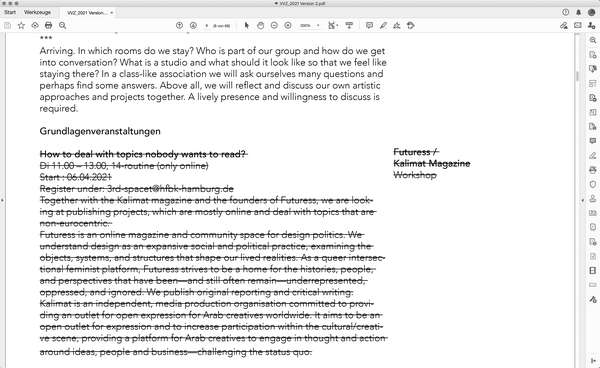
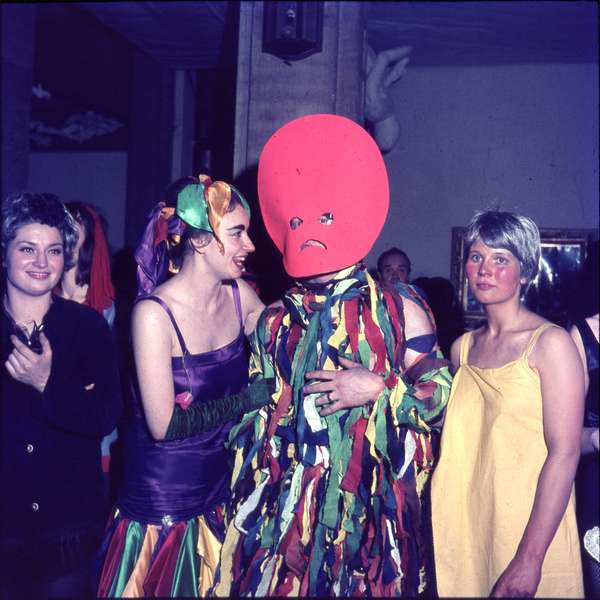
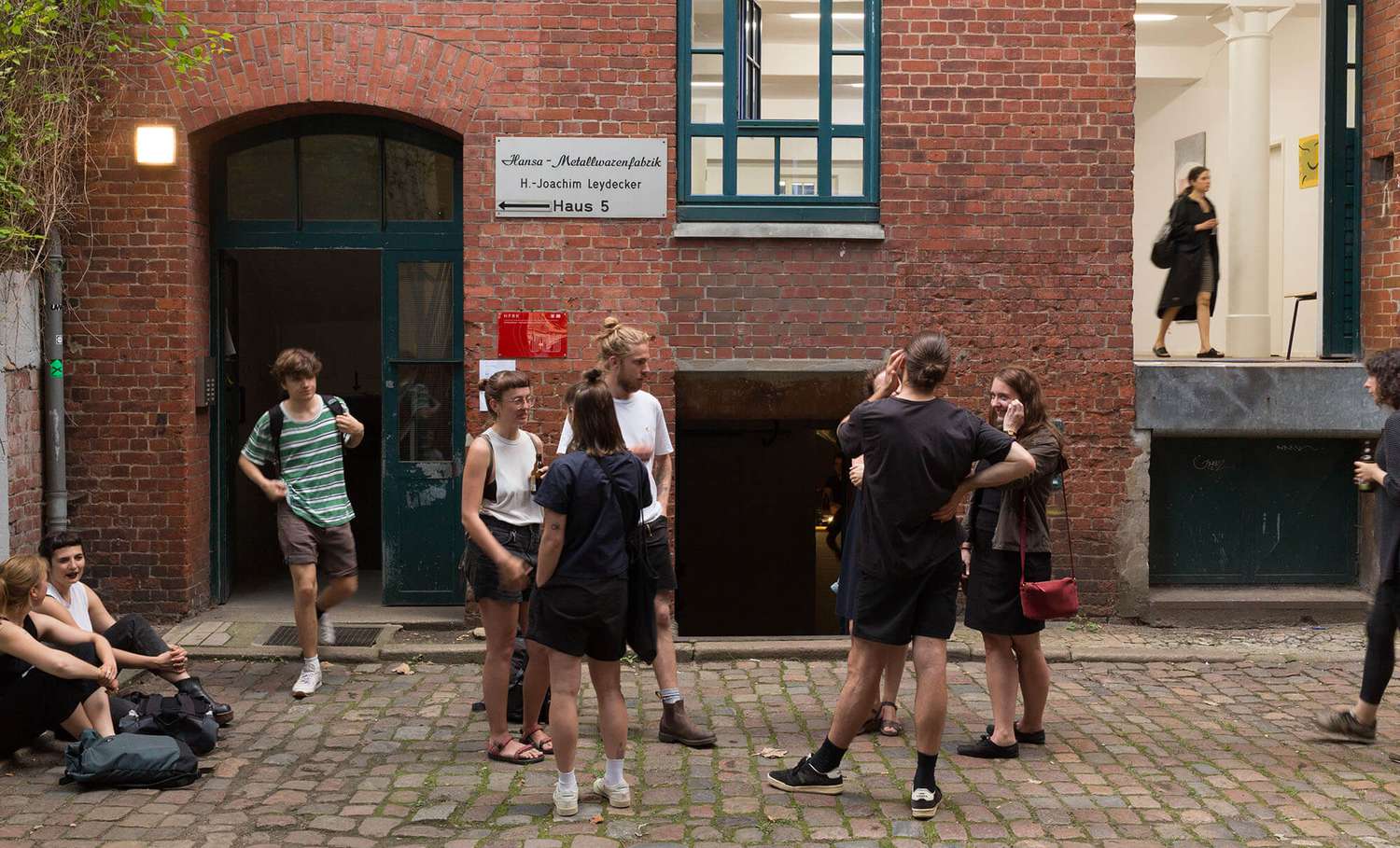
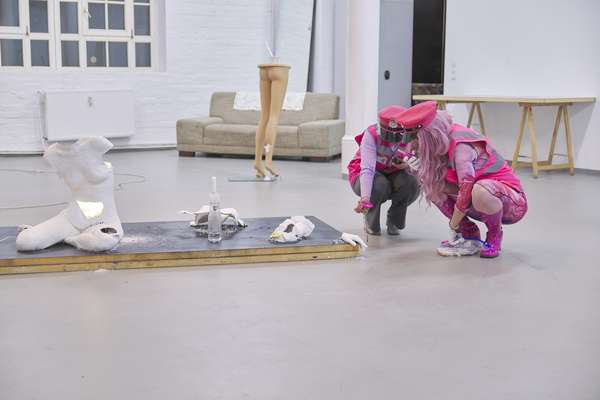
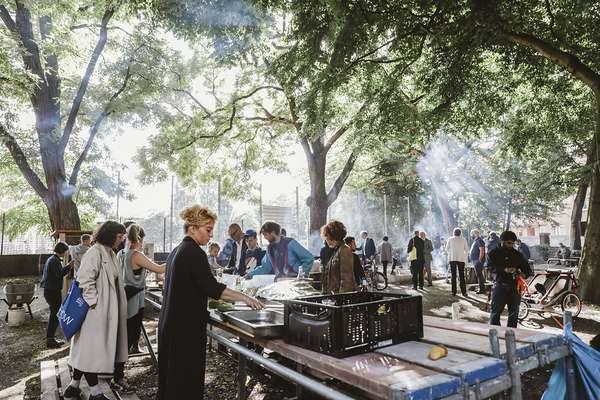
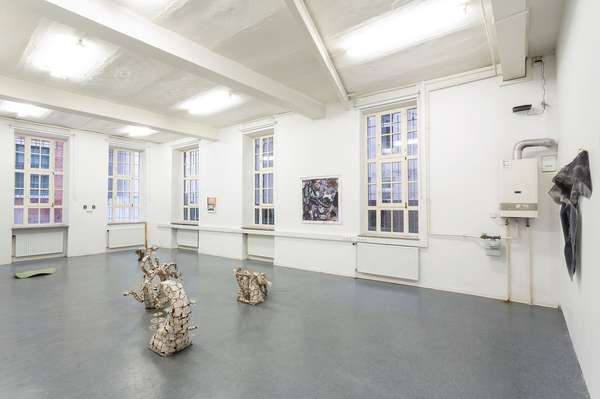
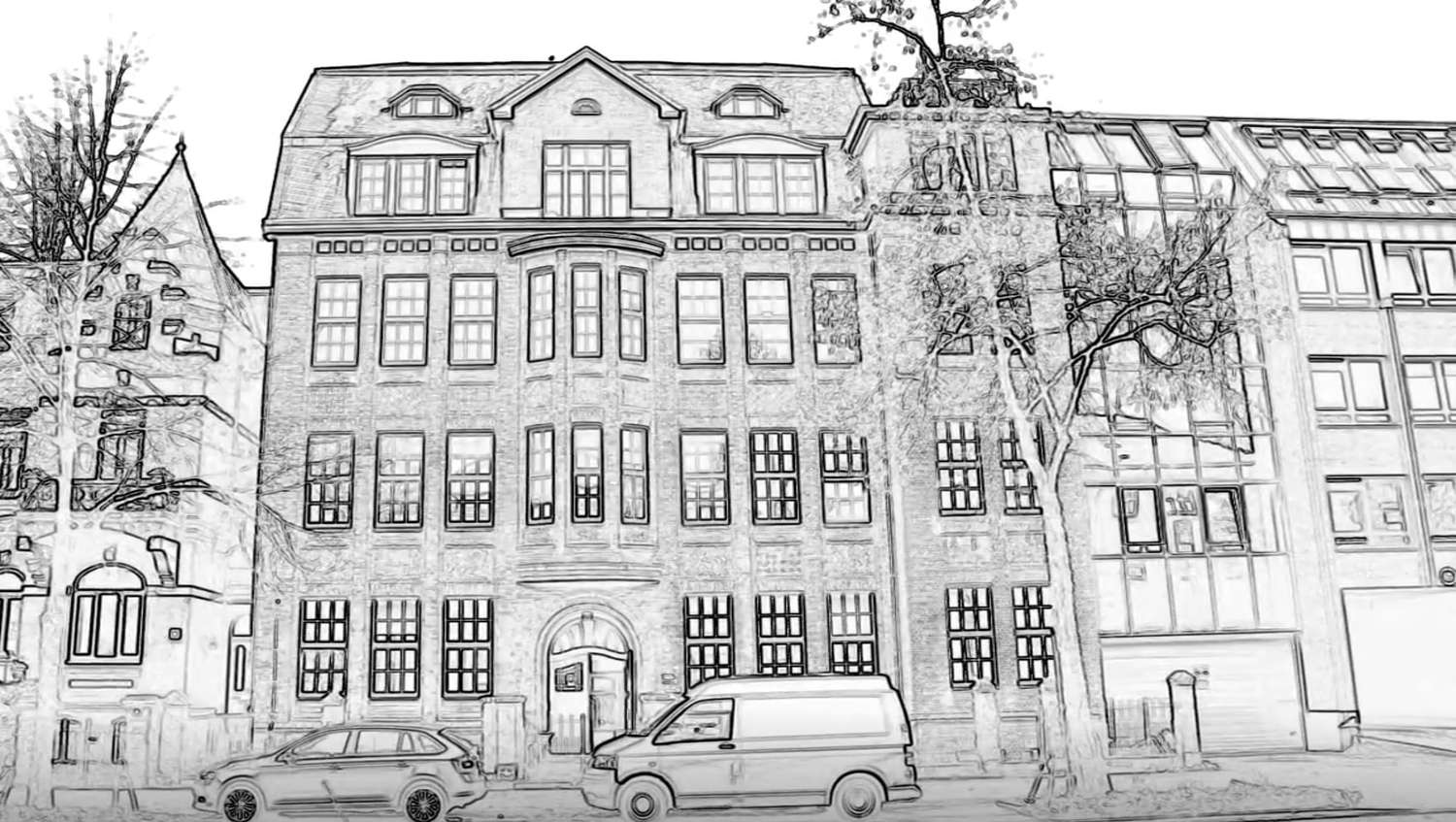
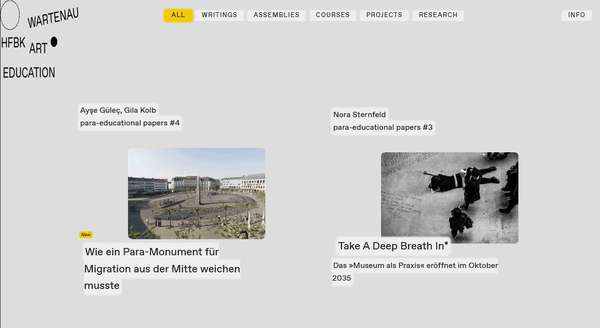
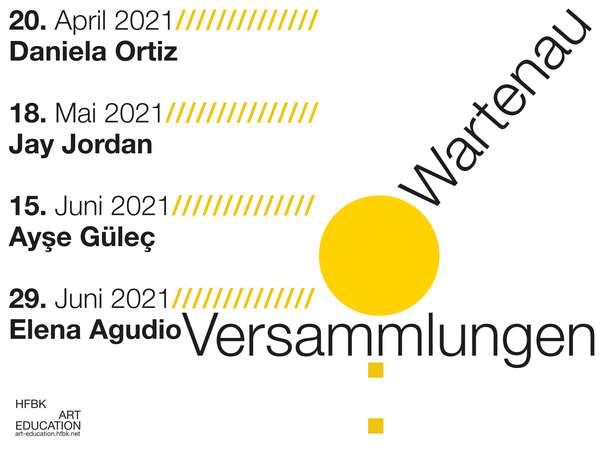

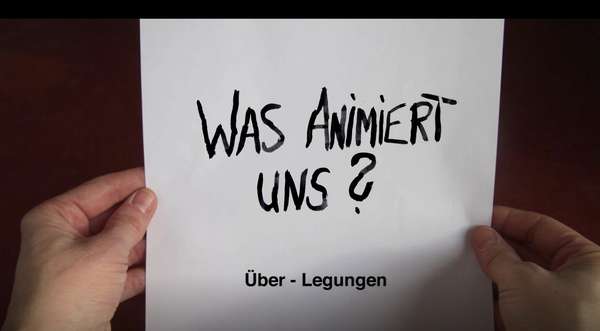
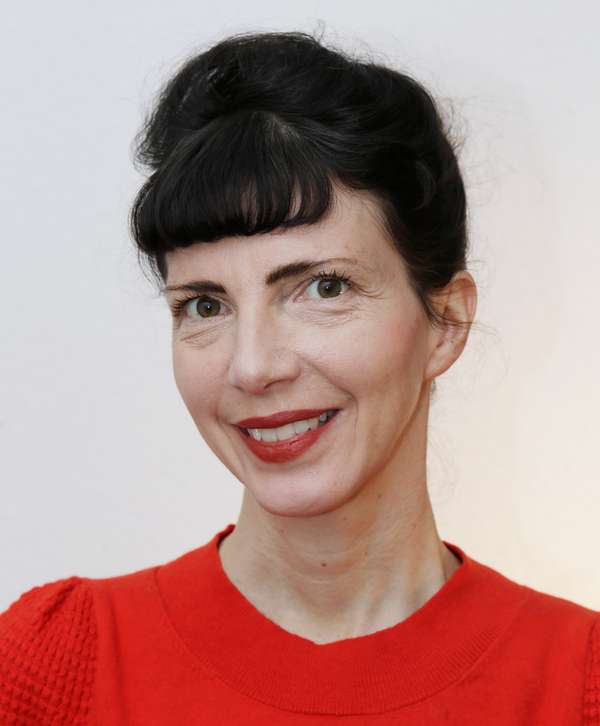

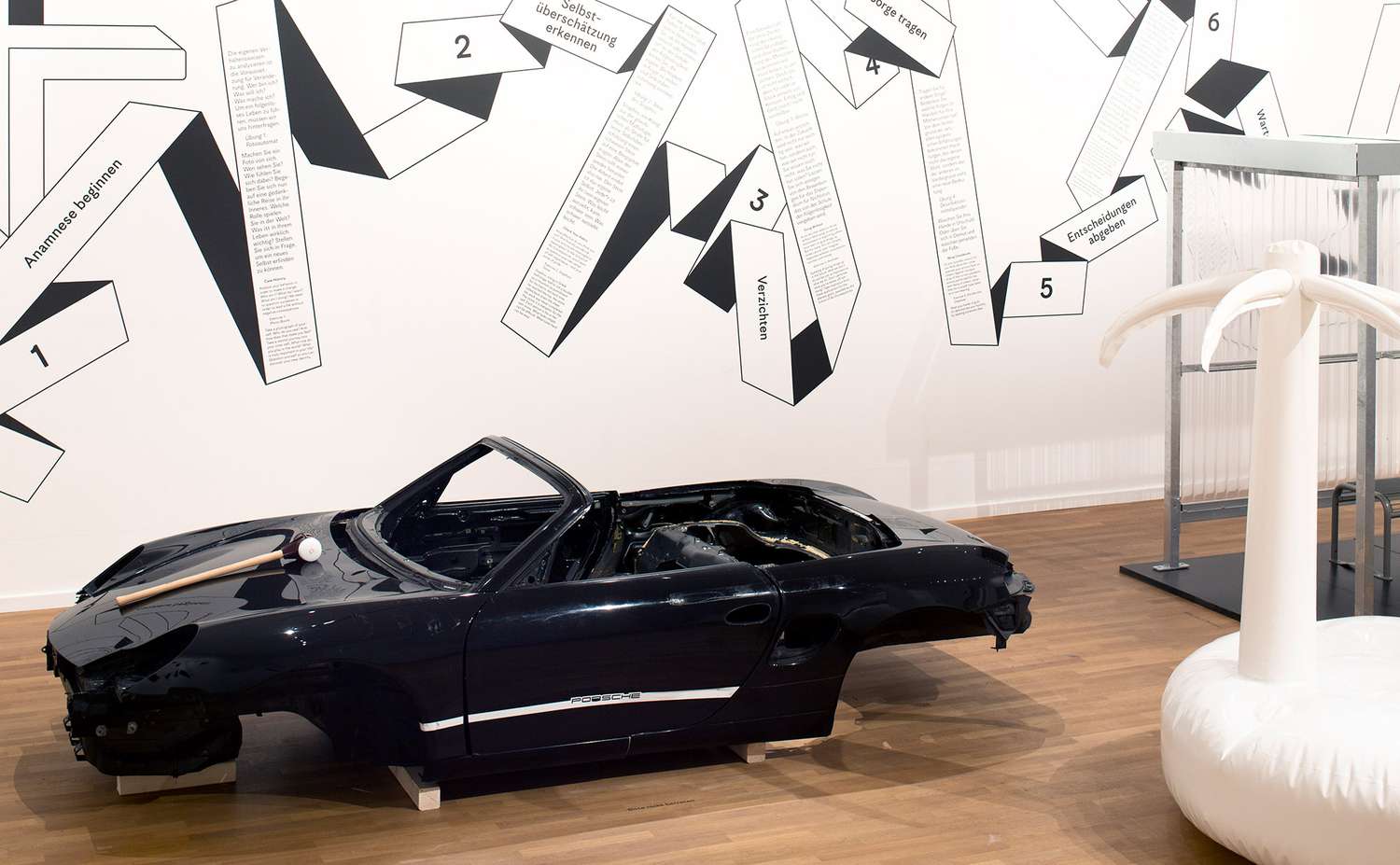
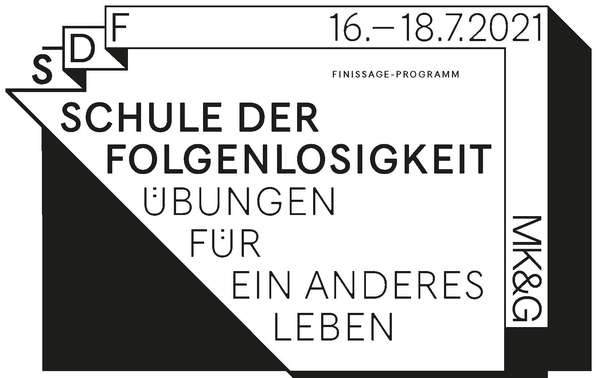
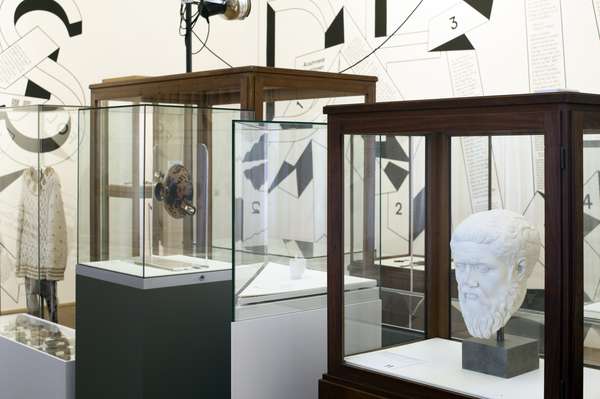
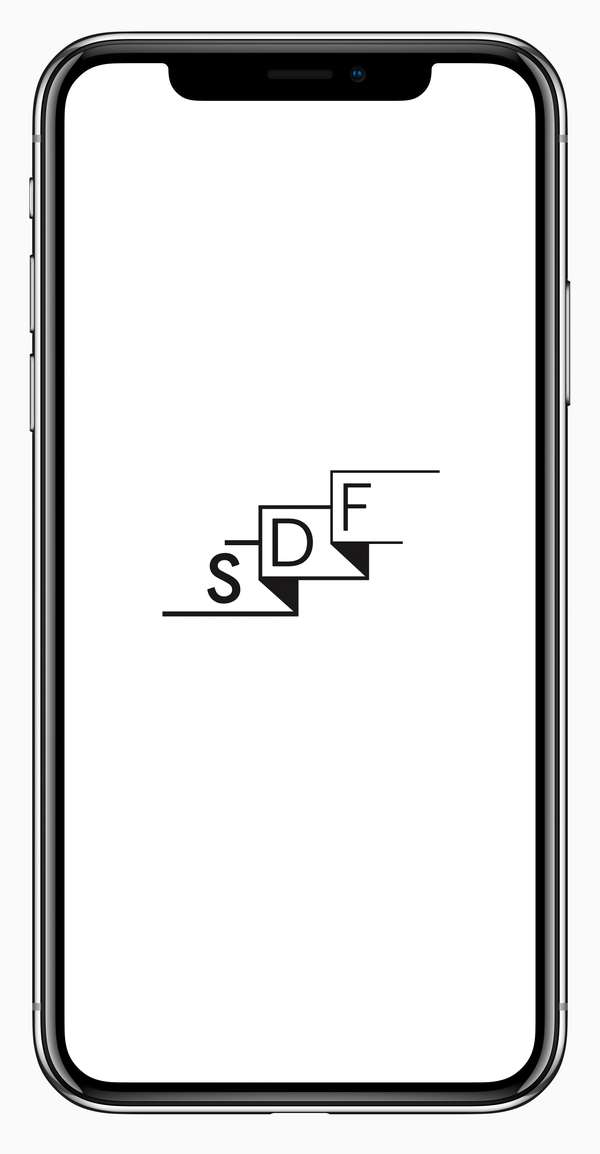
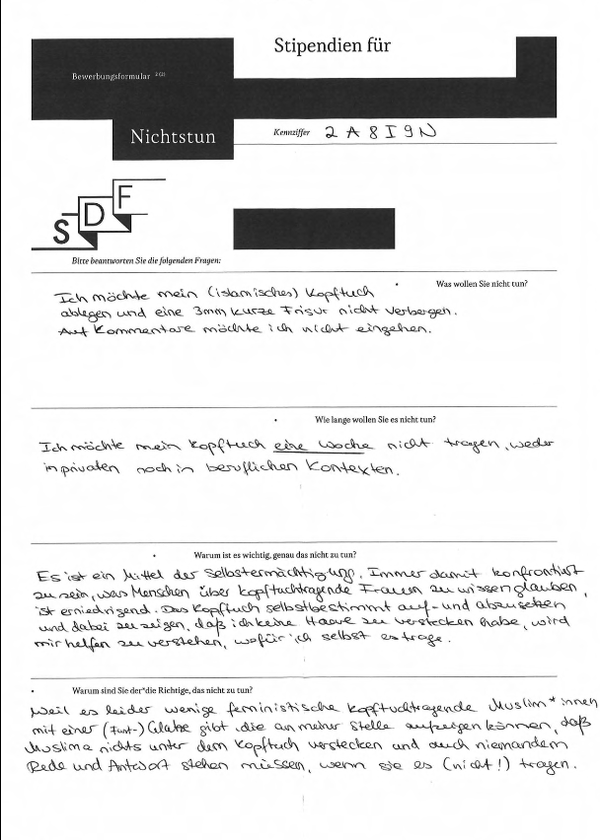
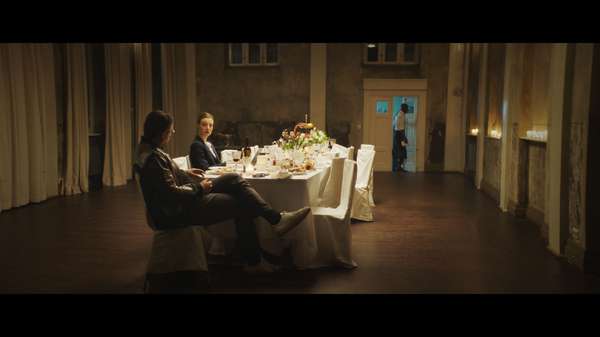
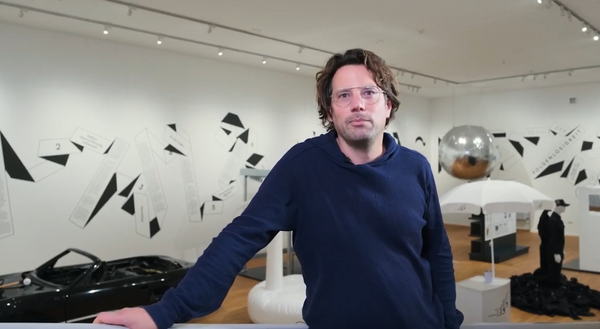
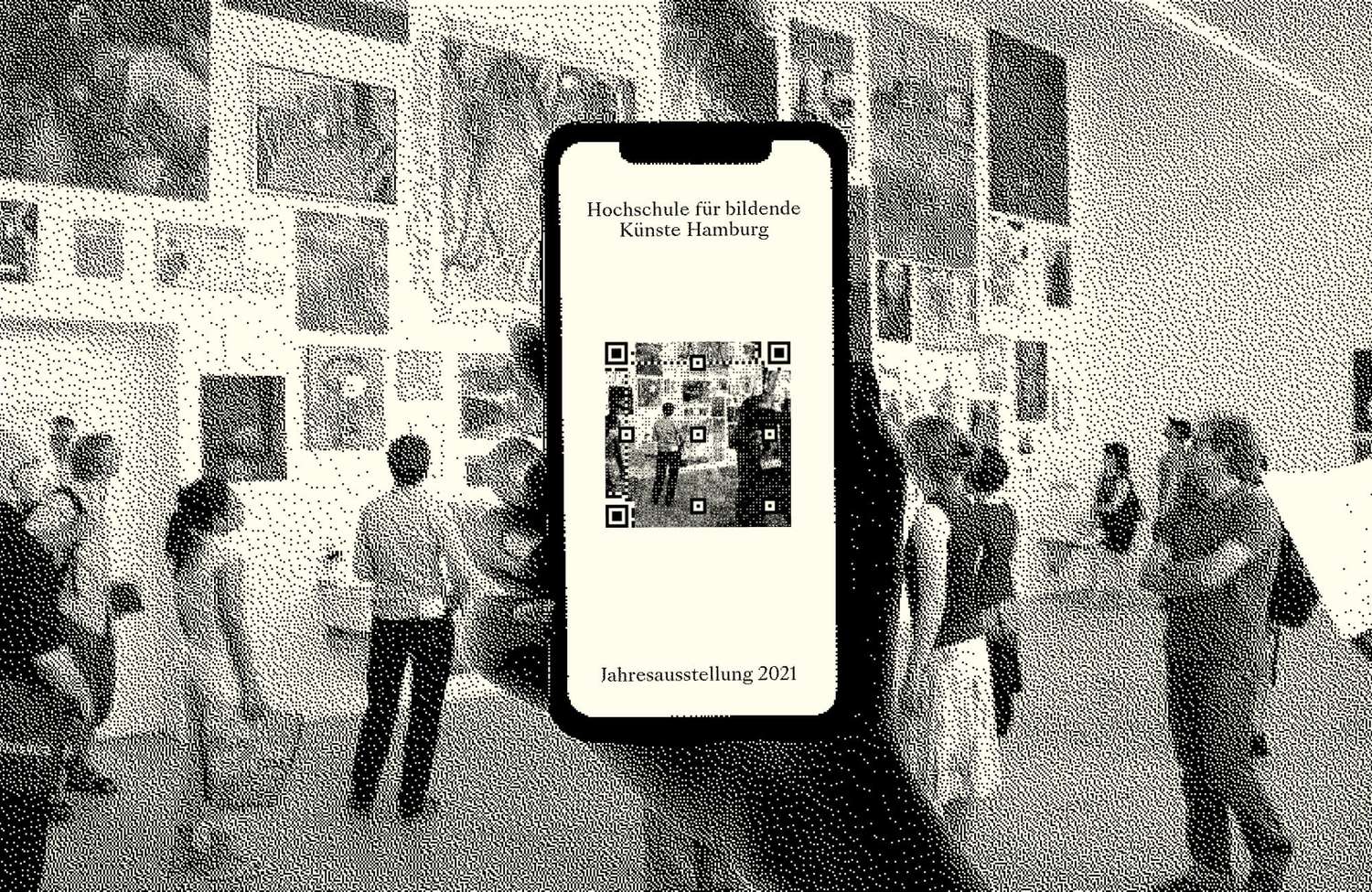

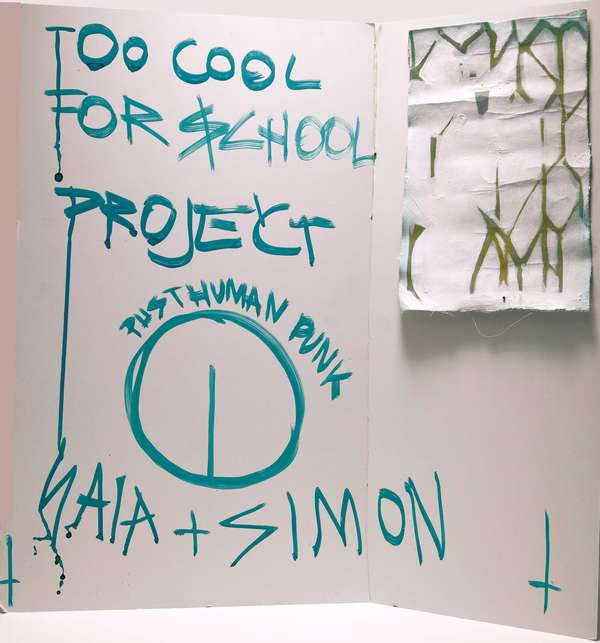
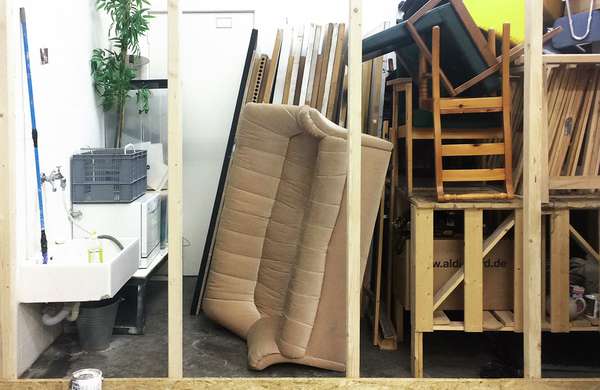
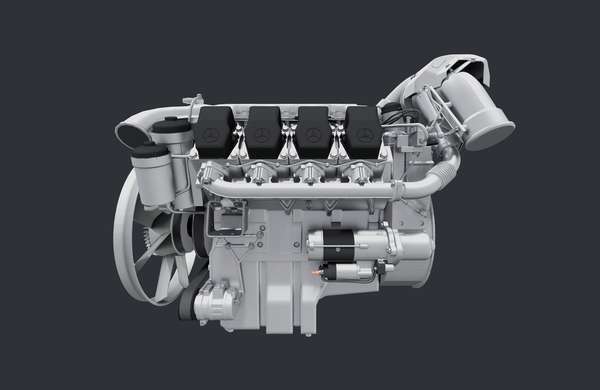
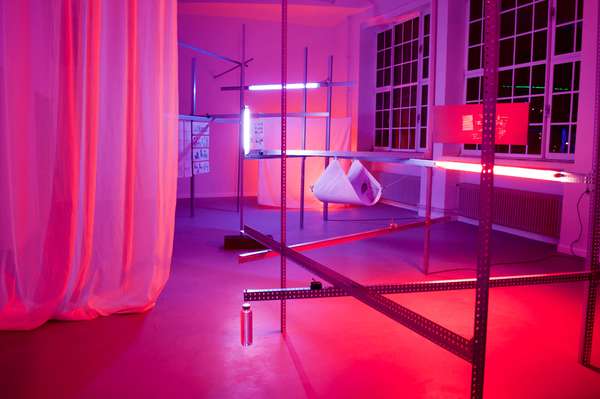
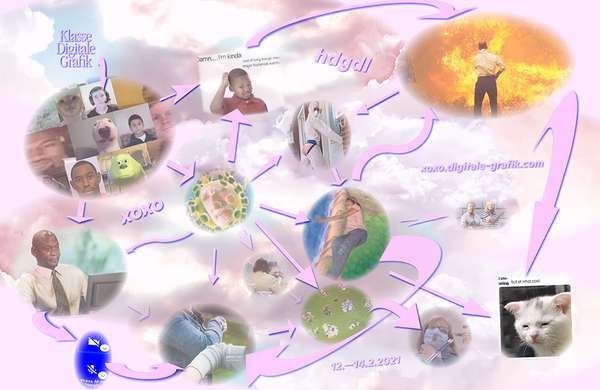
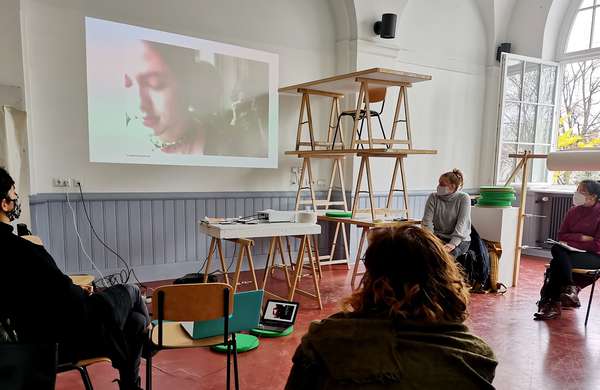
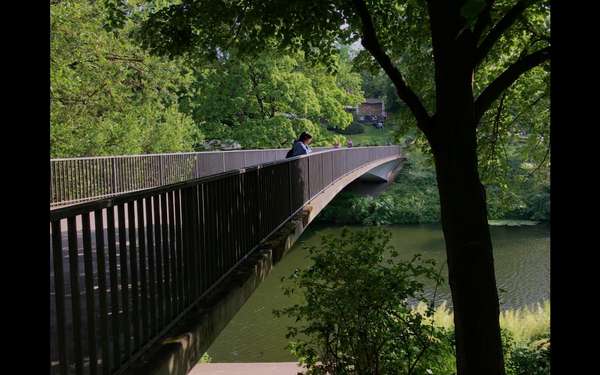
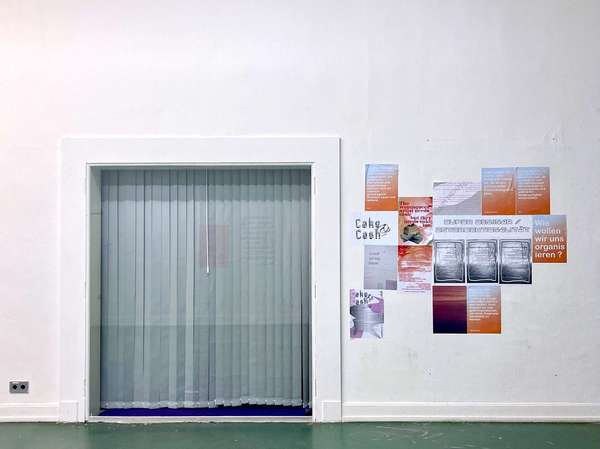
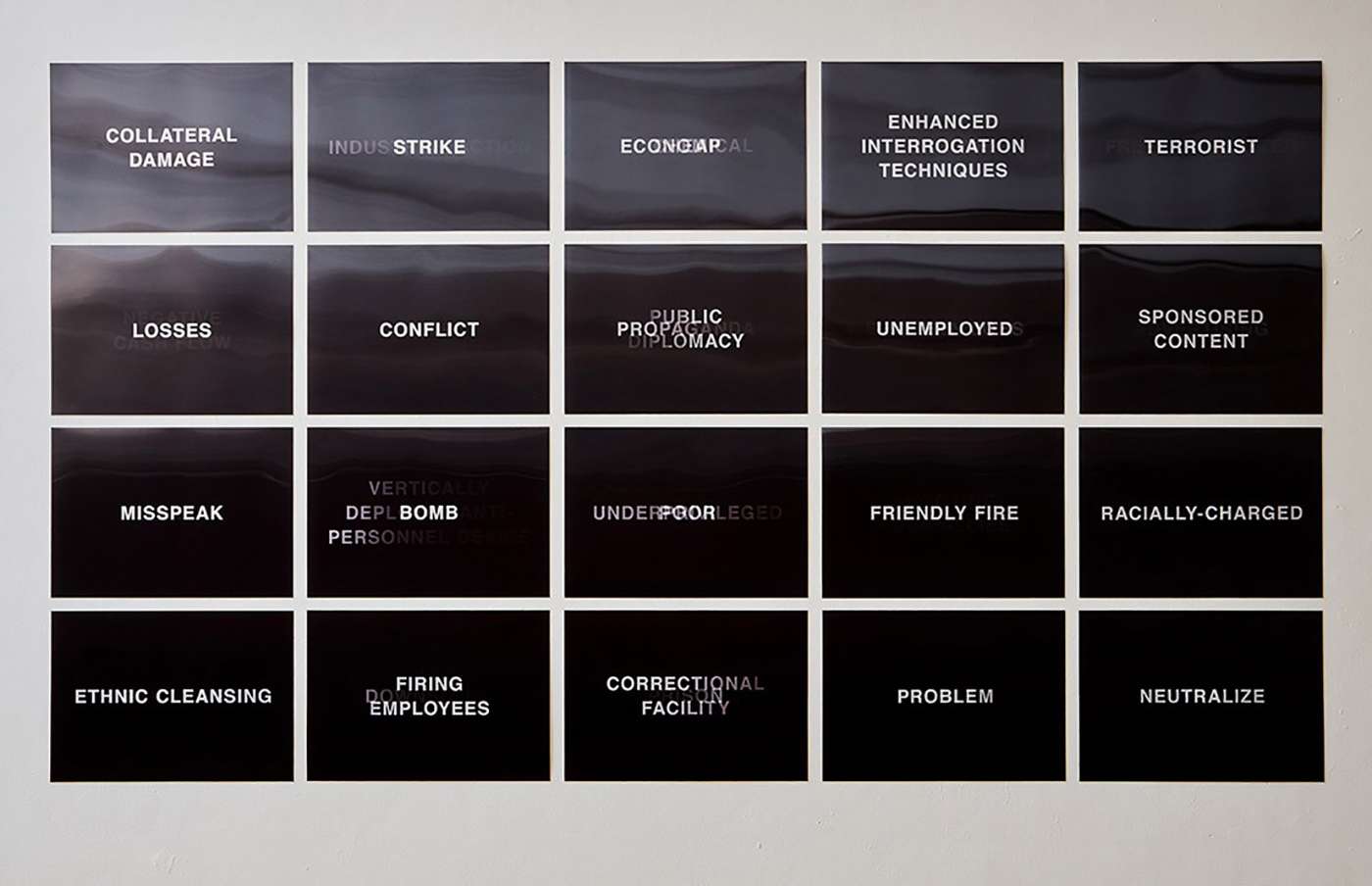
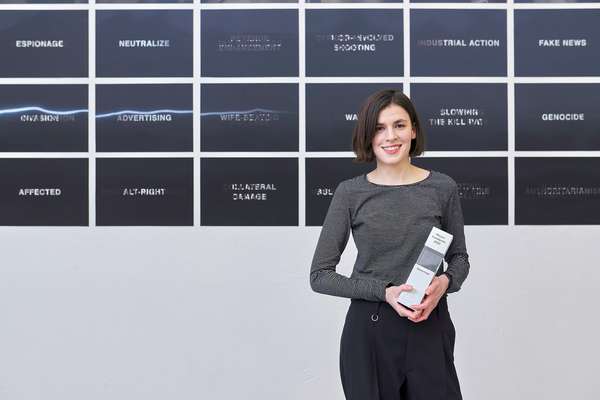
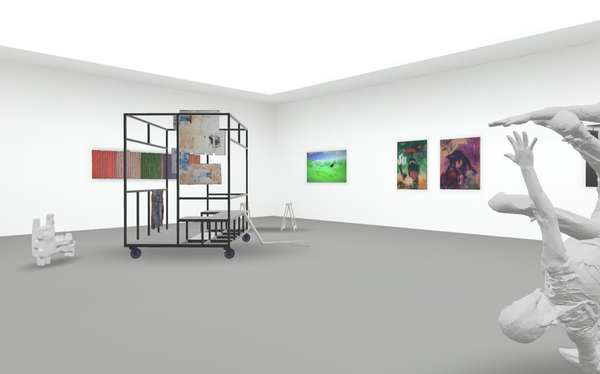
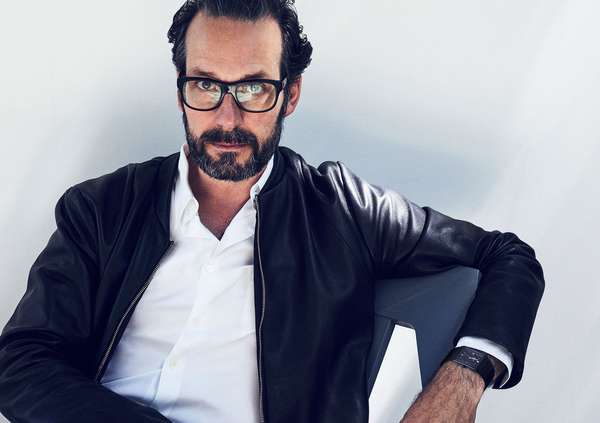
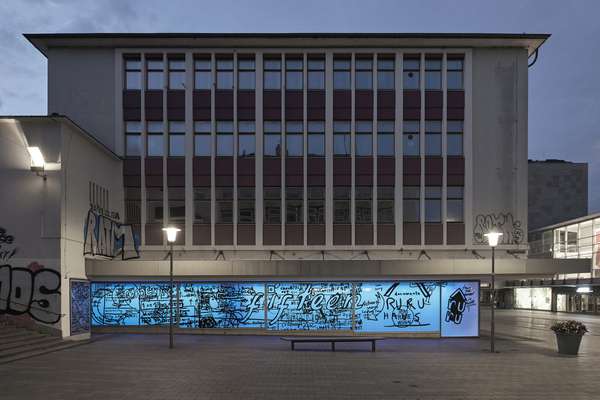
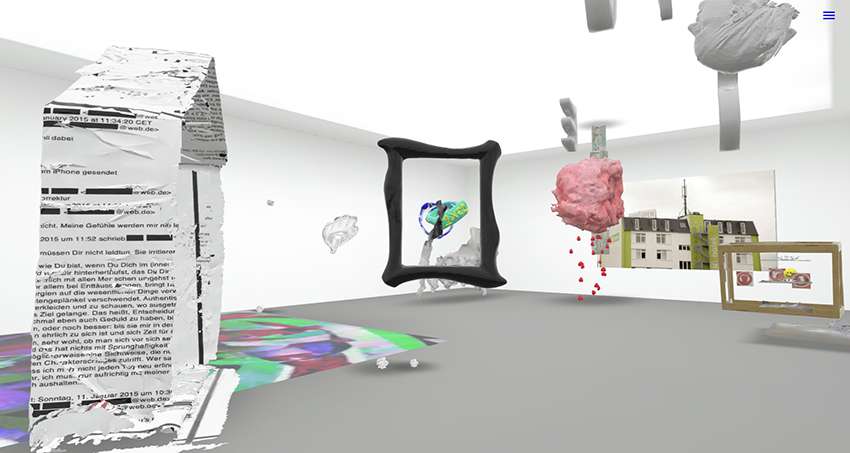
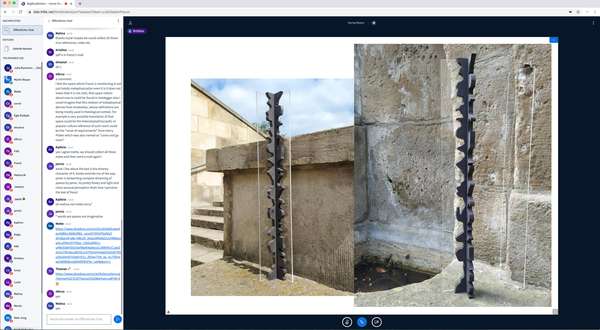
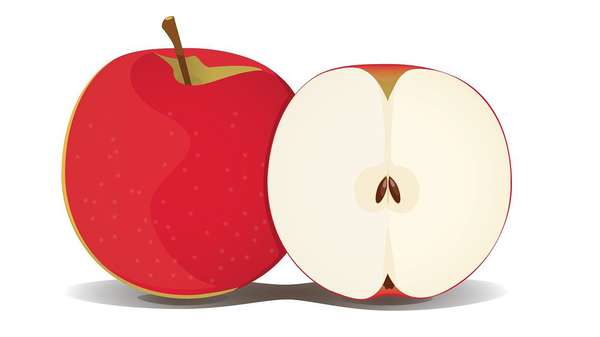
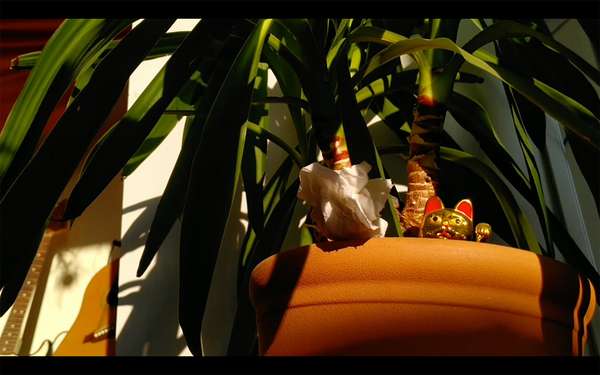
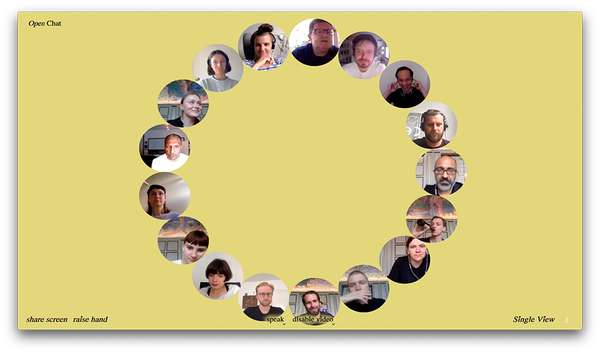

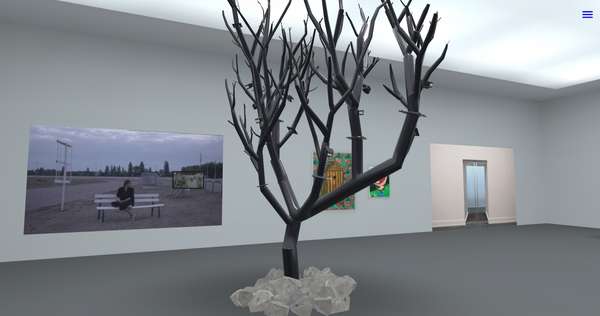
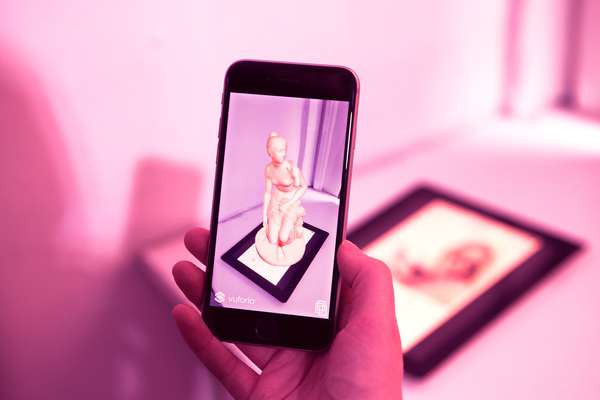
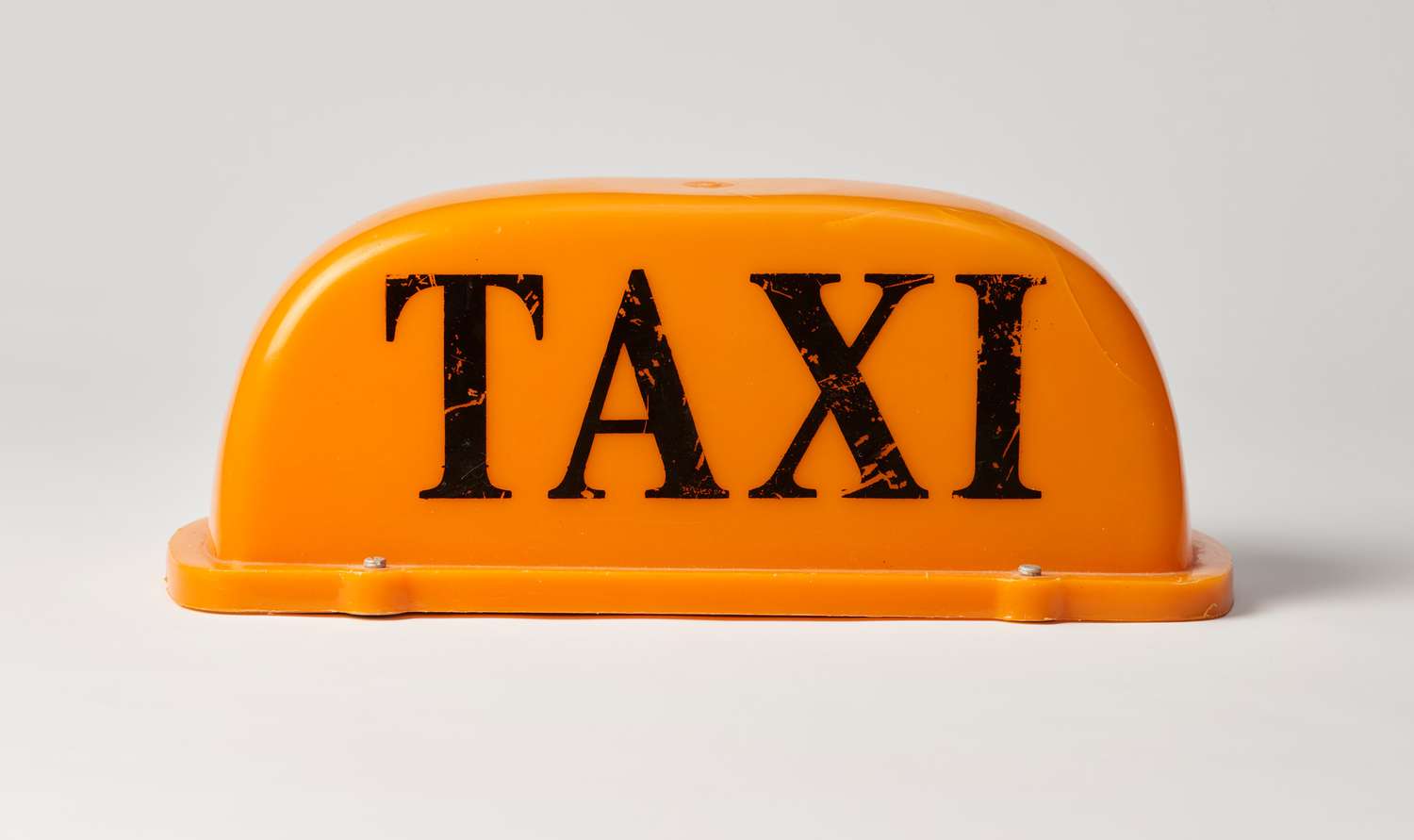
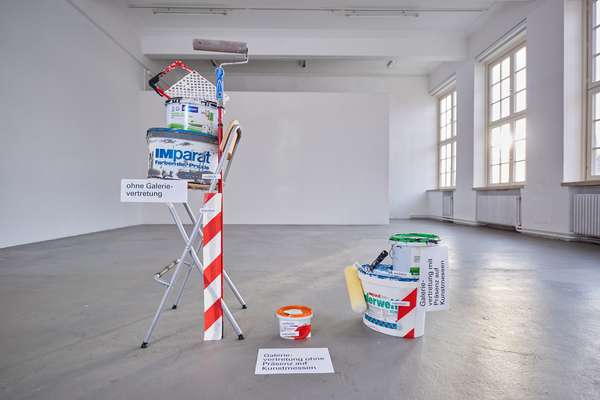
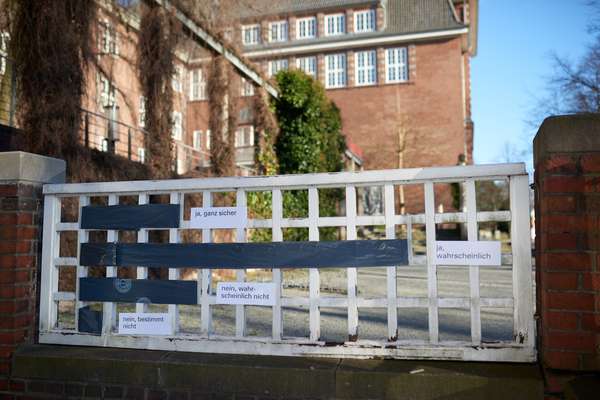
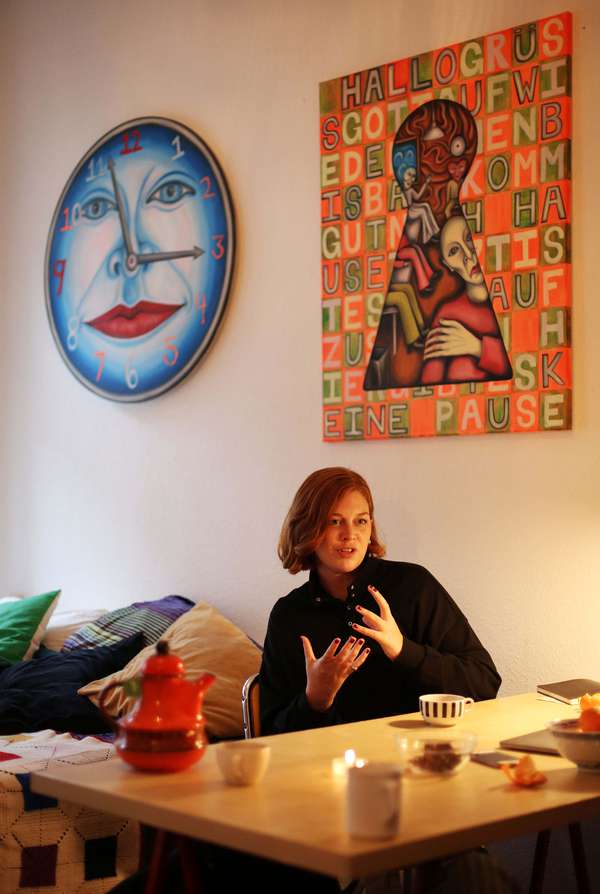
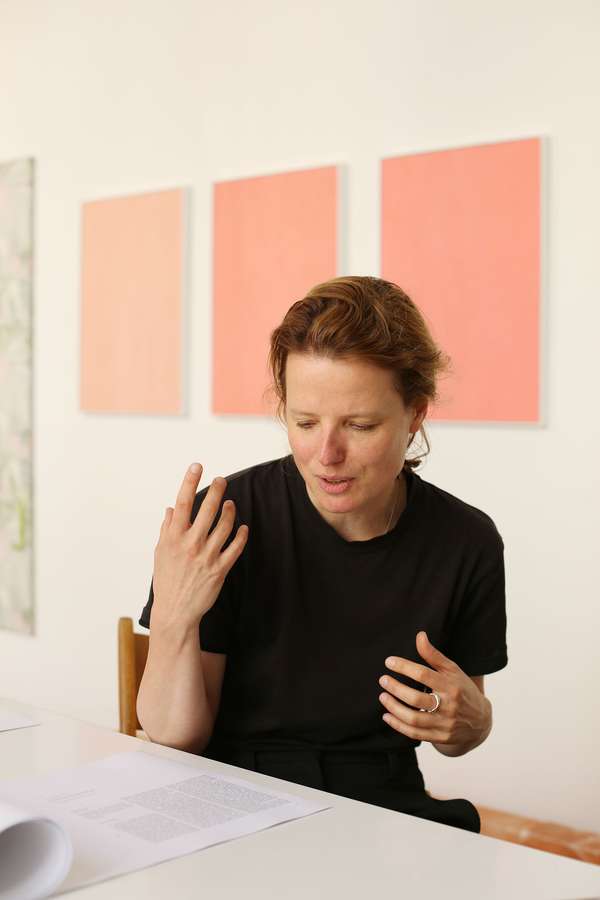
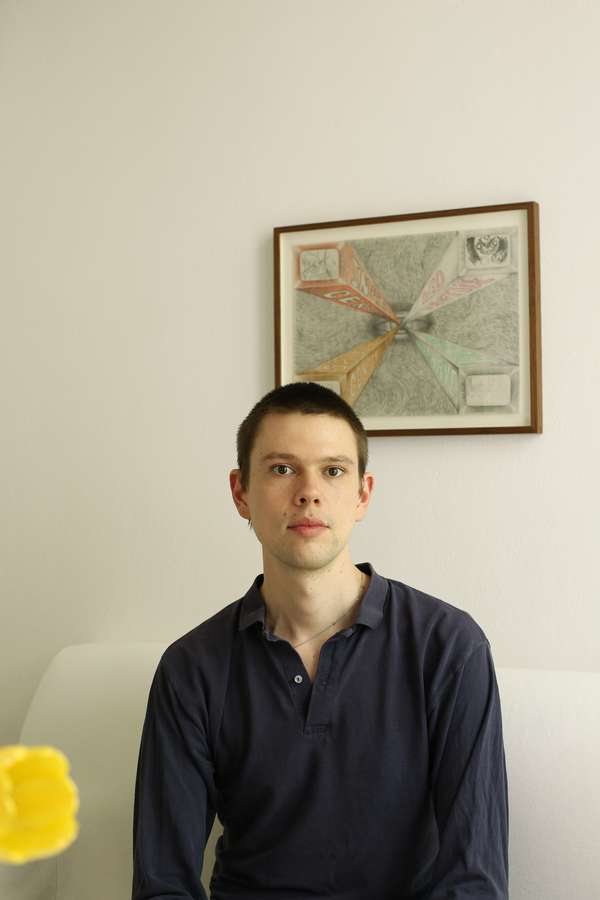
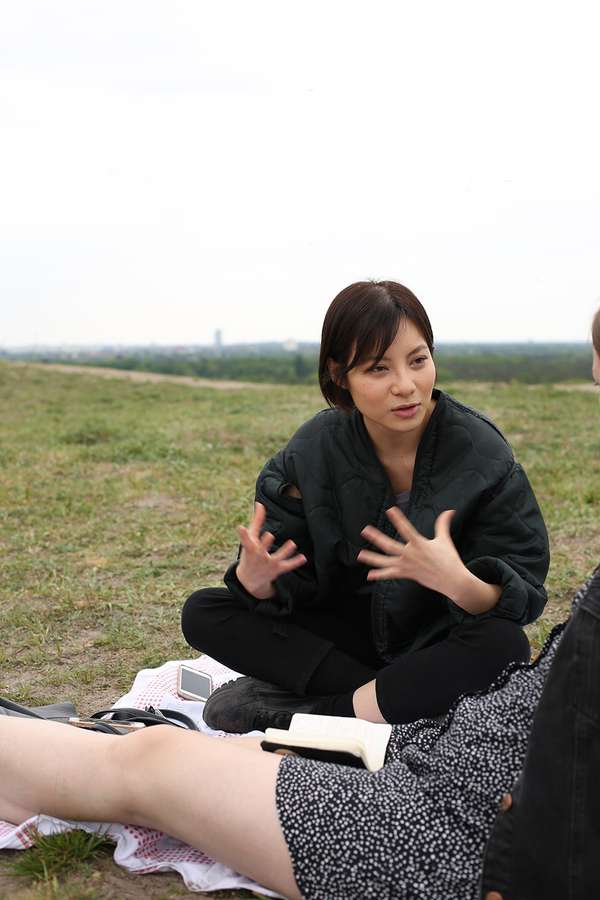
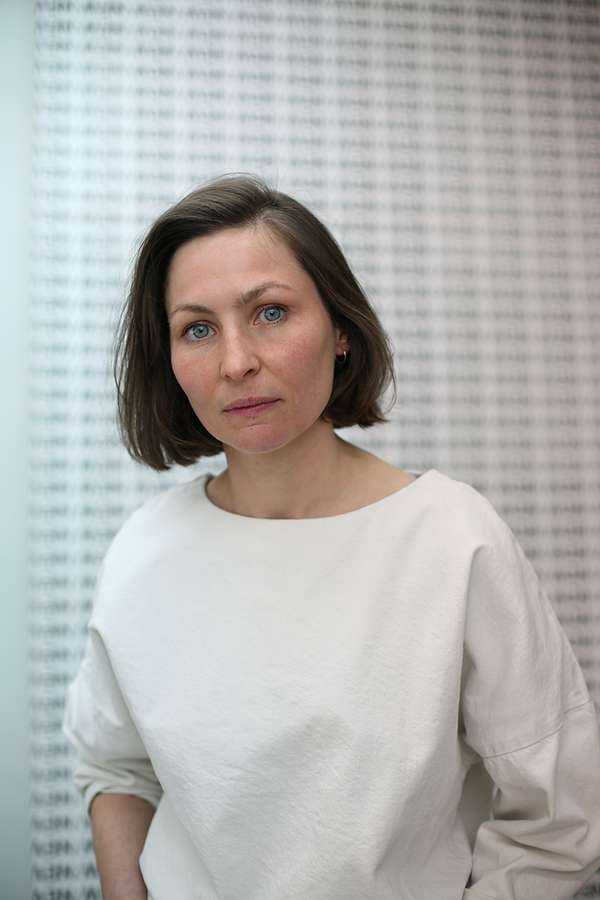
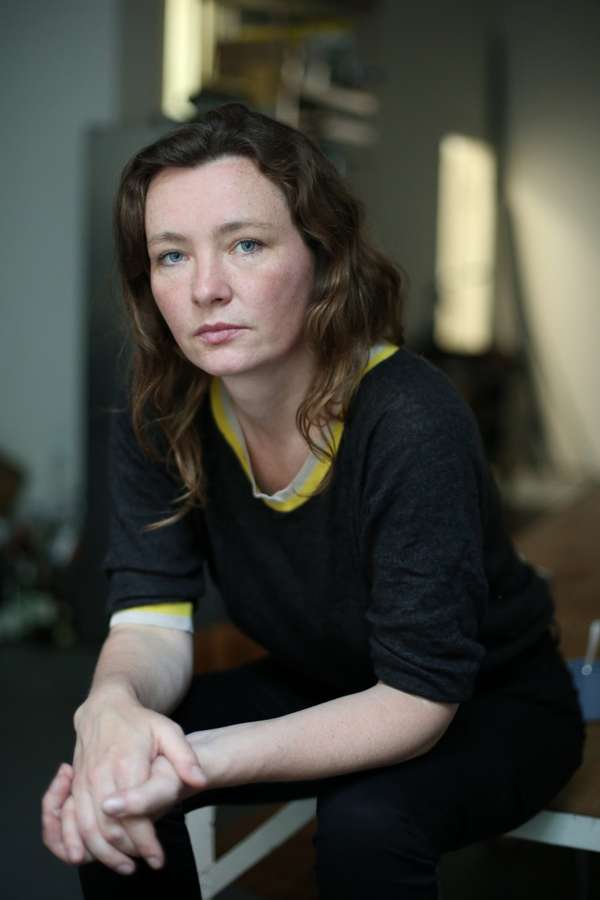
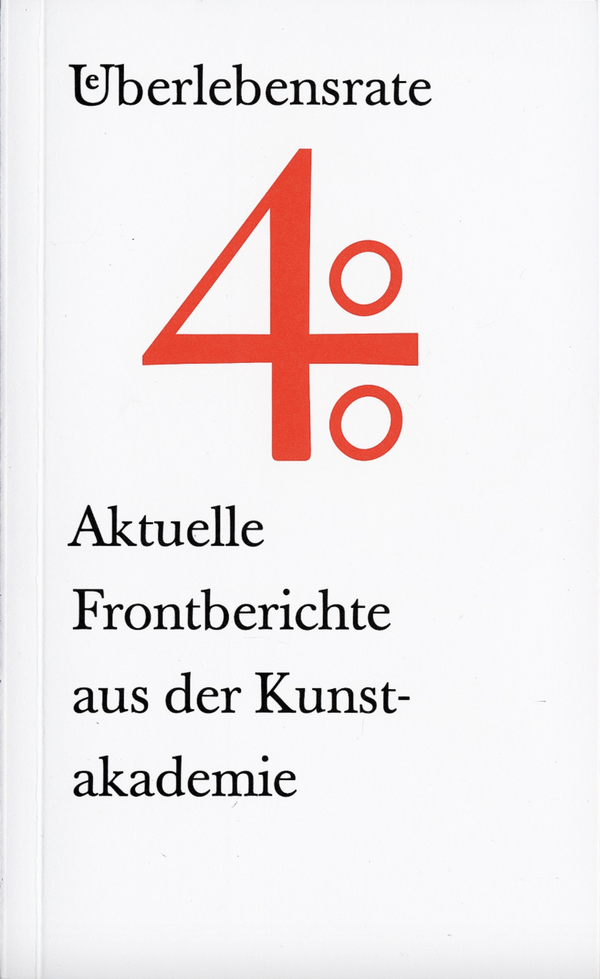
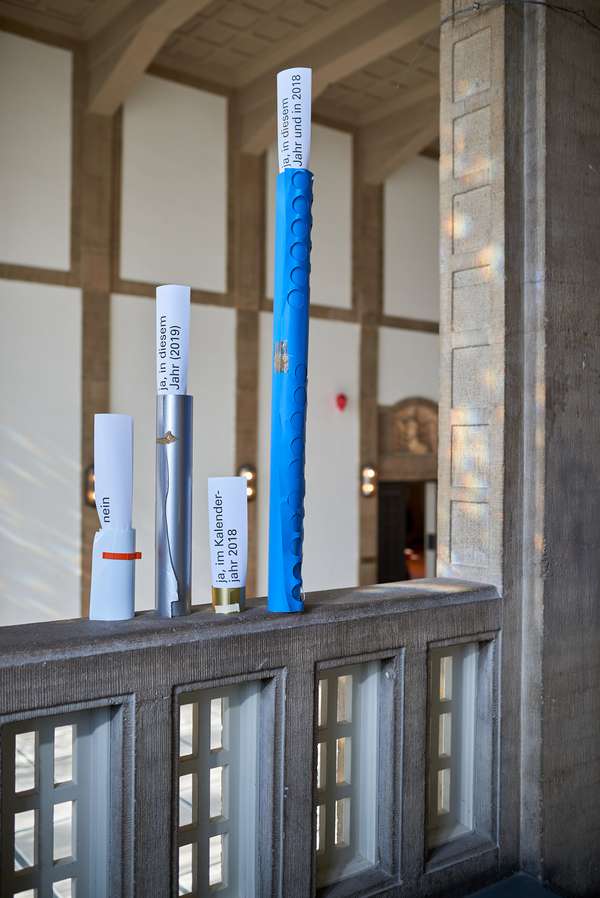
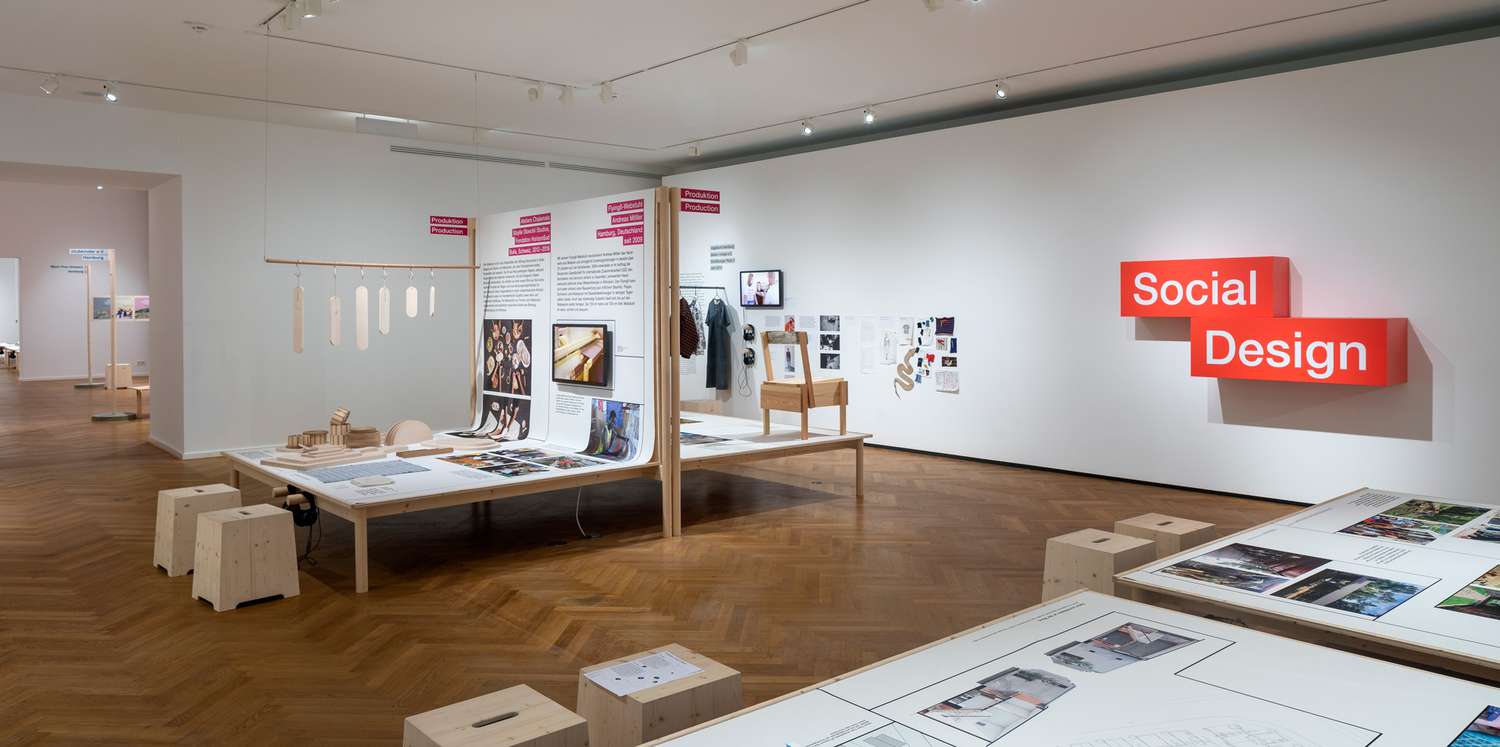
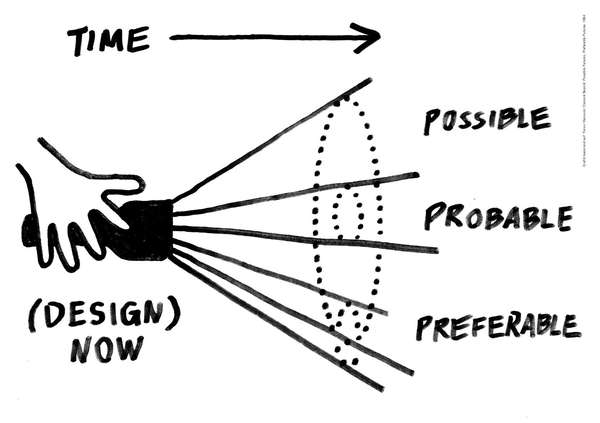
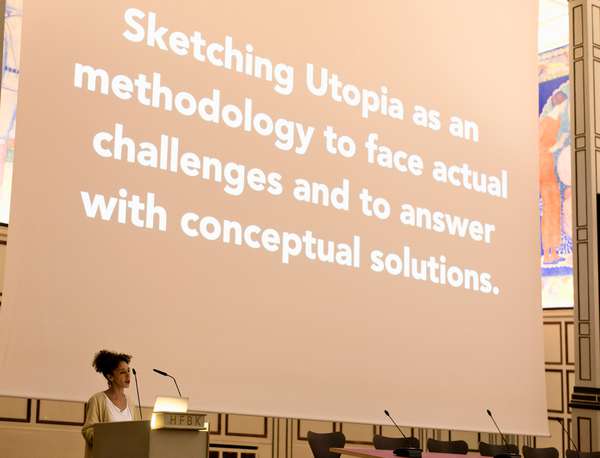

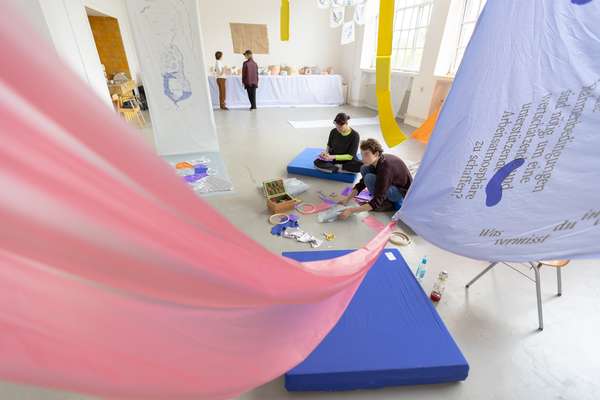

 Graduate Show 2025: Don't stop me now
Graduate Show 2025: Don't stop me now
 Long days, lots to do
Long days, lots to do
 Cine*Ami*es
Cine*Ami*es
 Redesign Democracy – competition for the ballot box of the democratic future
Redesign Democracy – competition for the ballot box of the democratic future
 Art in public space
Art in public space
 How to apply: study at HFBK Hamburg
How to apply: study at HFBK Hamburg
 Annual Exhibition 2025 at the HFBK Hamburg
Annual Exhibition 2025 at the HFBK Hamburg
 The Elephant in The Room – Sculpture today
The Elephant in The Room – Sculpture today
 Hiscox Art Prize 2024
Hiscox Art Prize 2024
 The New Woman
The New Woman
 Doing a PhD at the HFBK Hamburg
Doing a PhD at the HFBK Hamburg
 Graduate Show 2024 - Letting Go
Graduate Show 2024 - Letting Go
 Finkenwerder Art Prize 2024
Finkenwerder Art Prize 2024
 Archives of the Body - The Body in Archiving
Archives of the Body - The Body in Archiving
 New partnership with the School of Arts at the University of Haifa
New partnership with the School of Arts at the University of Haifa
 Annual Exhibition 2024 at the HFBK Hamburg
Annual Exhibition 2024 at the HFBK Hamburg
 (Ex)Changes of / in Art
(Ex)Changes of / in Art
 Extended Libraries
Extended Libraries
 And Still I Rise
And Still I Rise
 Let's talk about language
Let's talk about language
 Graduate Show 2023: Unfinished Business
Graduate Show 2023: Unfinished Business
 Let`s work together
Let`s work together
 Annual Exhibition 2023 at HFBK Hamburg
Annual Exhibition 2023 at HFBK Hamburg
 Symposium: Controversy over documenta fifteen
Symposium: Controversy over documenta fifteen
 Festival and Symposium: Non-Knowledge, Laughter and the Moving Image
Festival and Symposium: Non-Knowledge, Laughter and the Moving Image
 Solo exhibition by Konstantin Grcic
Solo exhibition by Konstantin Grcic
 Art and war
Art and war
 Graduate Show 2022: We’ve Only Just Begun
Graduate Show 2022: We’ve Only Just Begun
 June is full of art and theory
June is full of art and theory
 Finkenwerder Art Prize 2022
Finkenwerder Art Prize 2022
 Nachhaltigkeit im Kontext von Kunst und Kunsthochschule
Nachhaltigkeit im Kontext von Kunst und Kunsthochschule
 Raum für die Kunst
Raum für die Kunst
 Annual Exhibition 2022 at the HFBK
Annual Exhibition 2022 at the HFBK
 Conference: Counter-Monuments and Para-Monuments.
Conference: Counter-Monuments and Para-Monuments.
 Diversity
Diversity
 Live und in Farbe: die ASA Open Studios im Juni 2021
Live und in Farbe: die ASA Open Studios im Juni 2021
 Unlearning: Wartenau Assemblies
Unlearning: Wartenau Assemblies
 School of No Consequences
School of No Consequences
 Annual Exhibition 2021 at the HFBK
Annual Exhibition 2021 at the HFBK
 Semestereröffnung und Hiscox-Preisverleihung 2020
Semestereröffnung und Hiscox-Preisverleihung 2020
 Teaching Art Online at the HFBK
Teaching Art Online at the HFBK
 HFBK Graduate Survey
HFBK Graduate Survey
 How political is Social Design?
How political is Social Design?